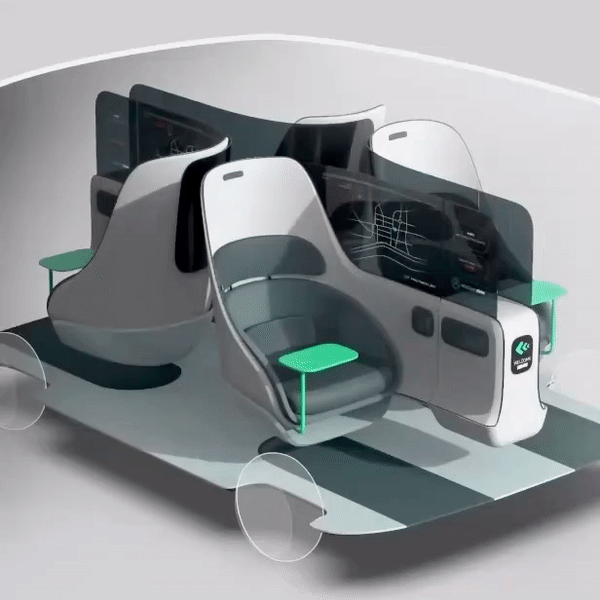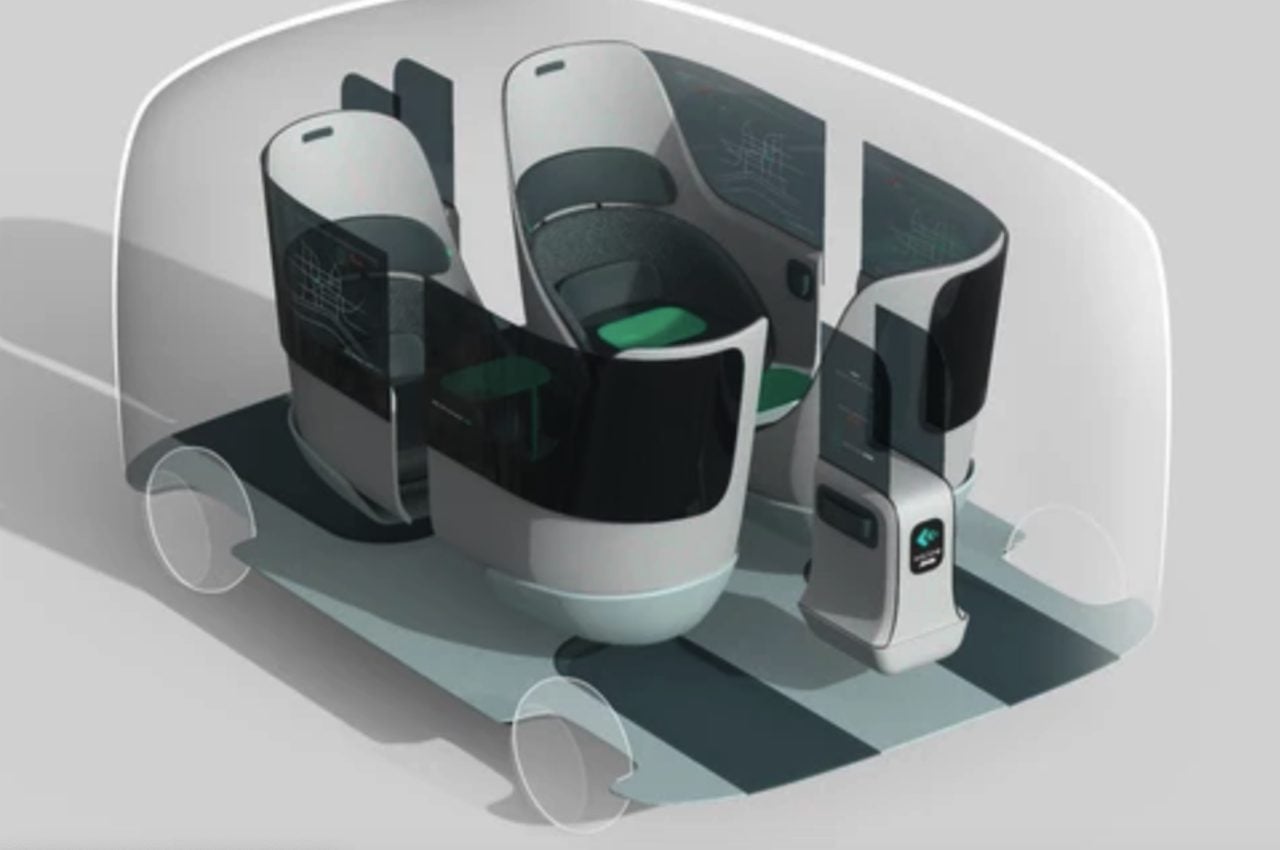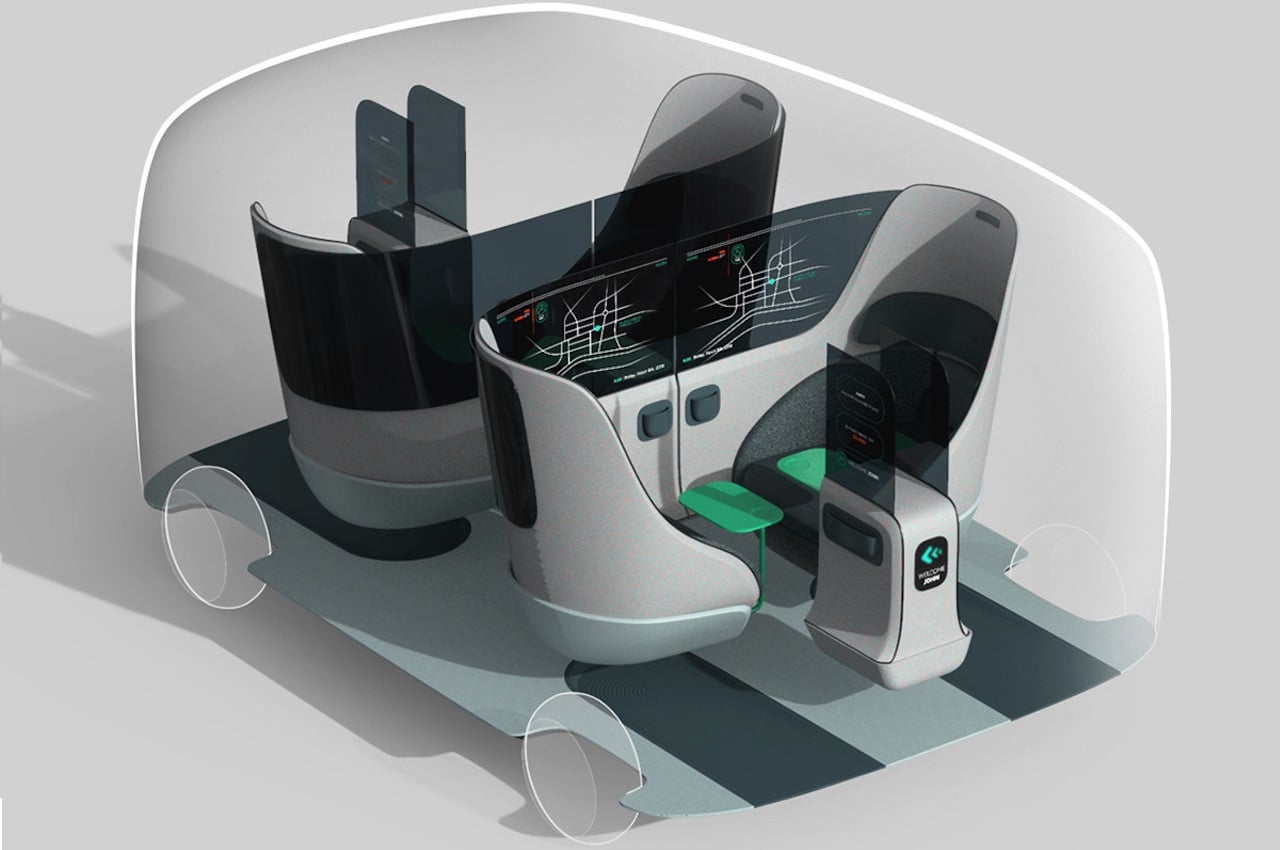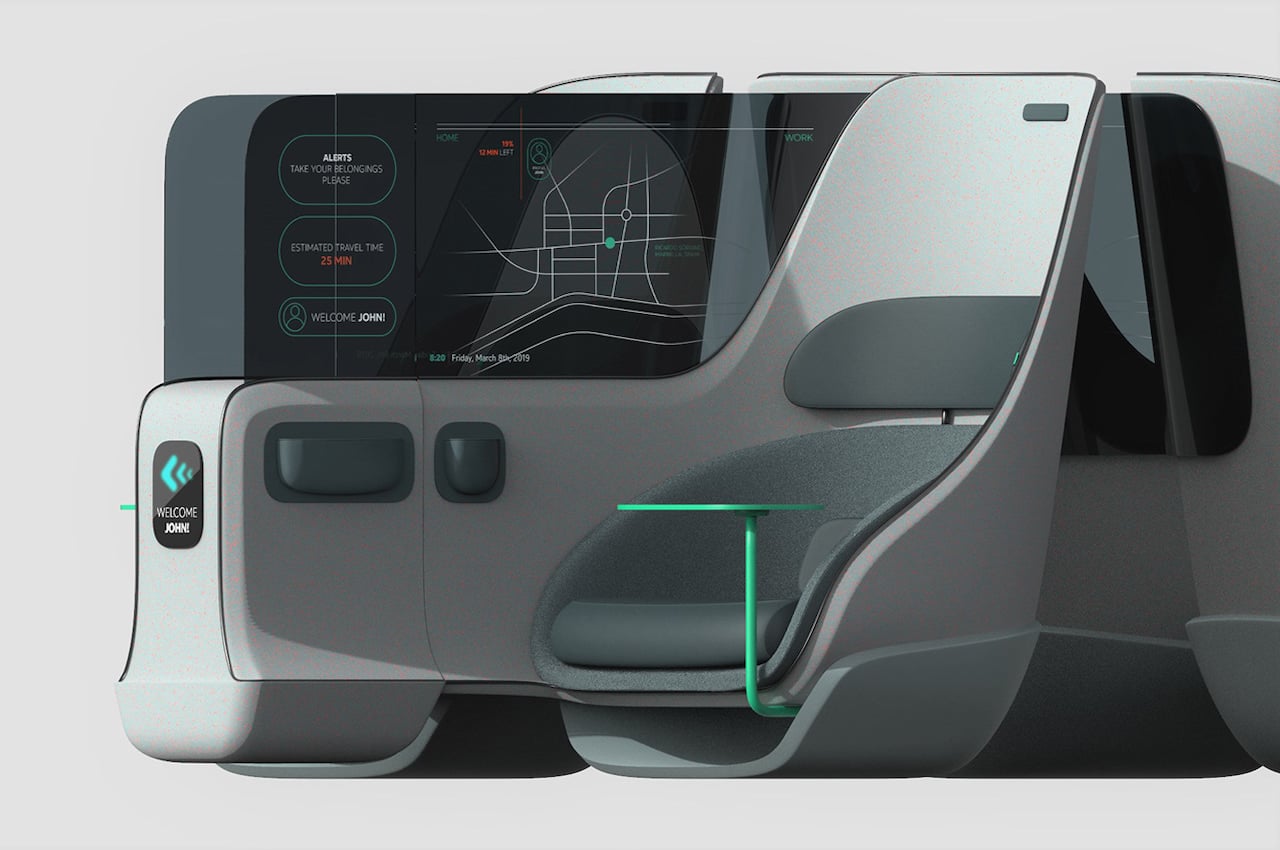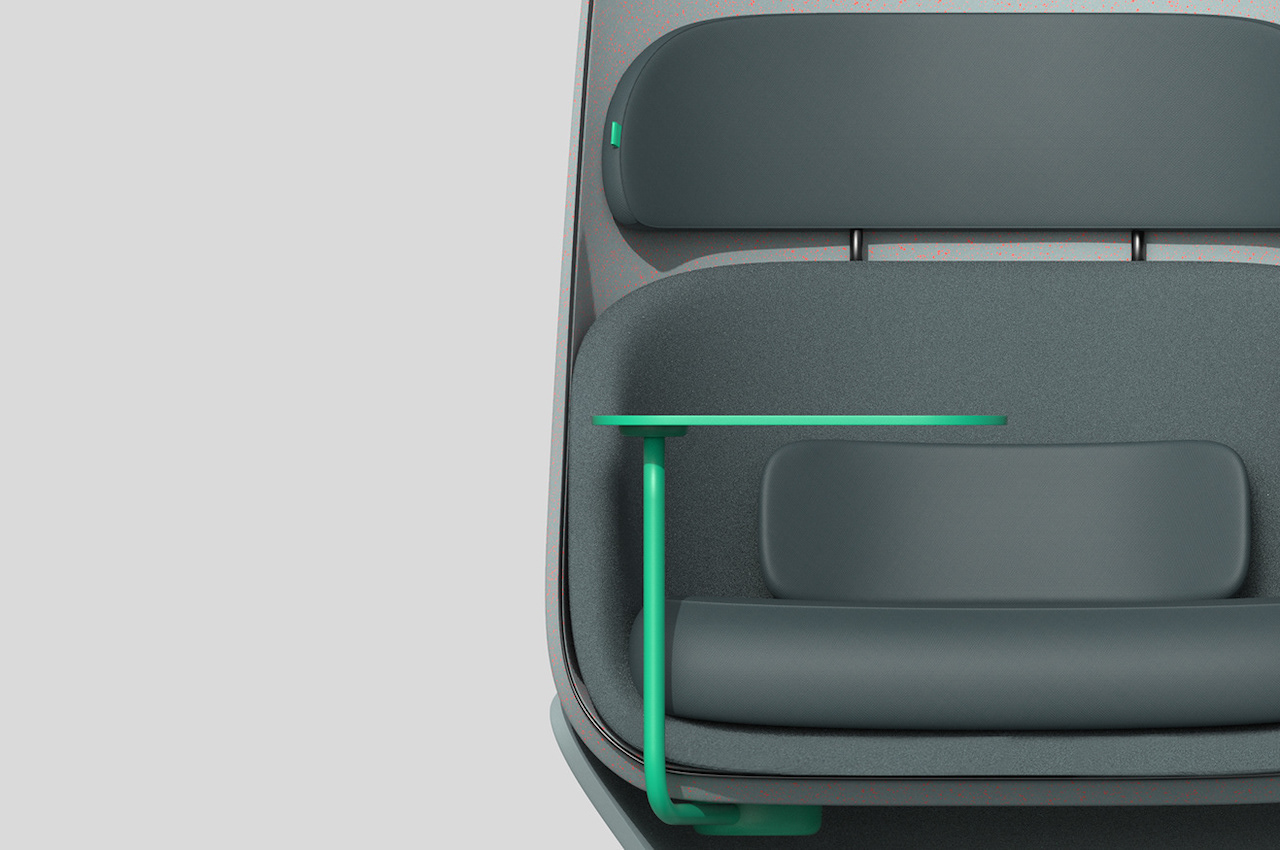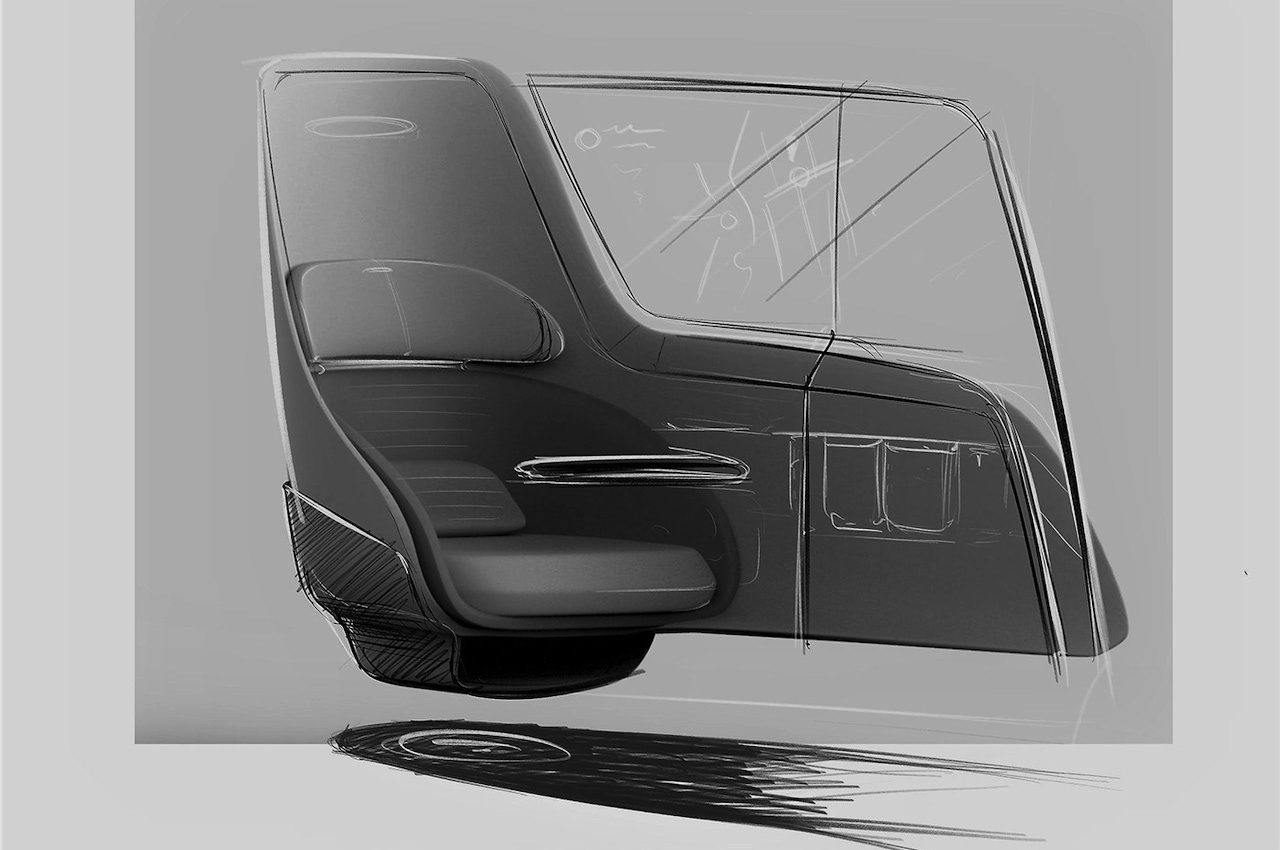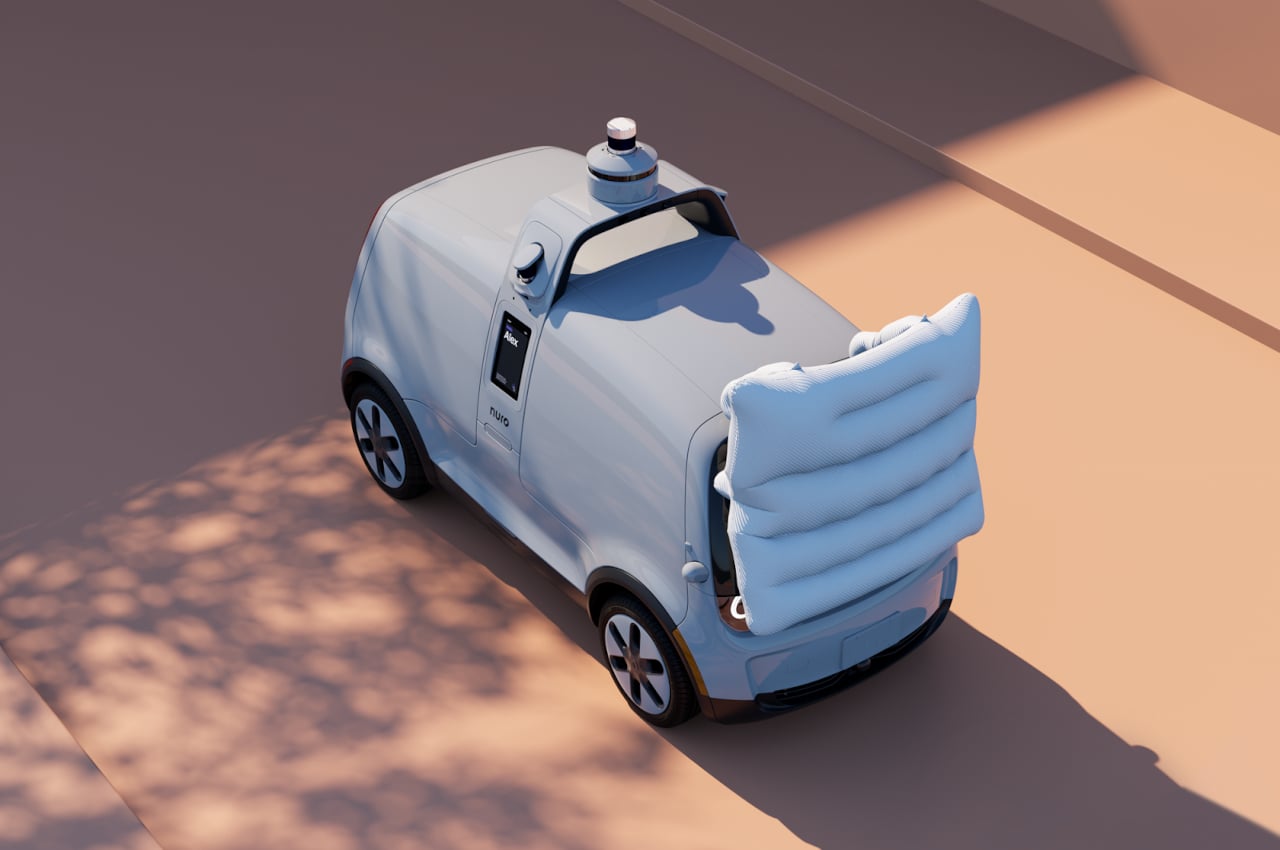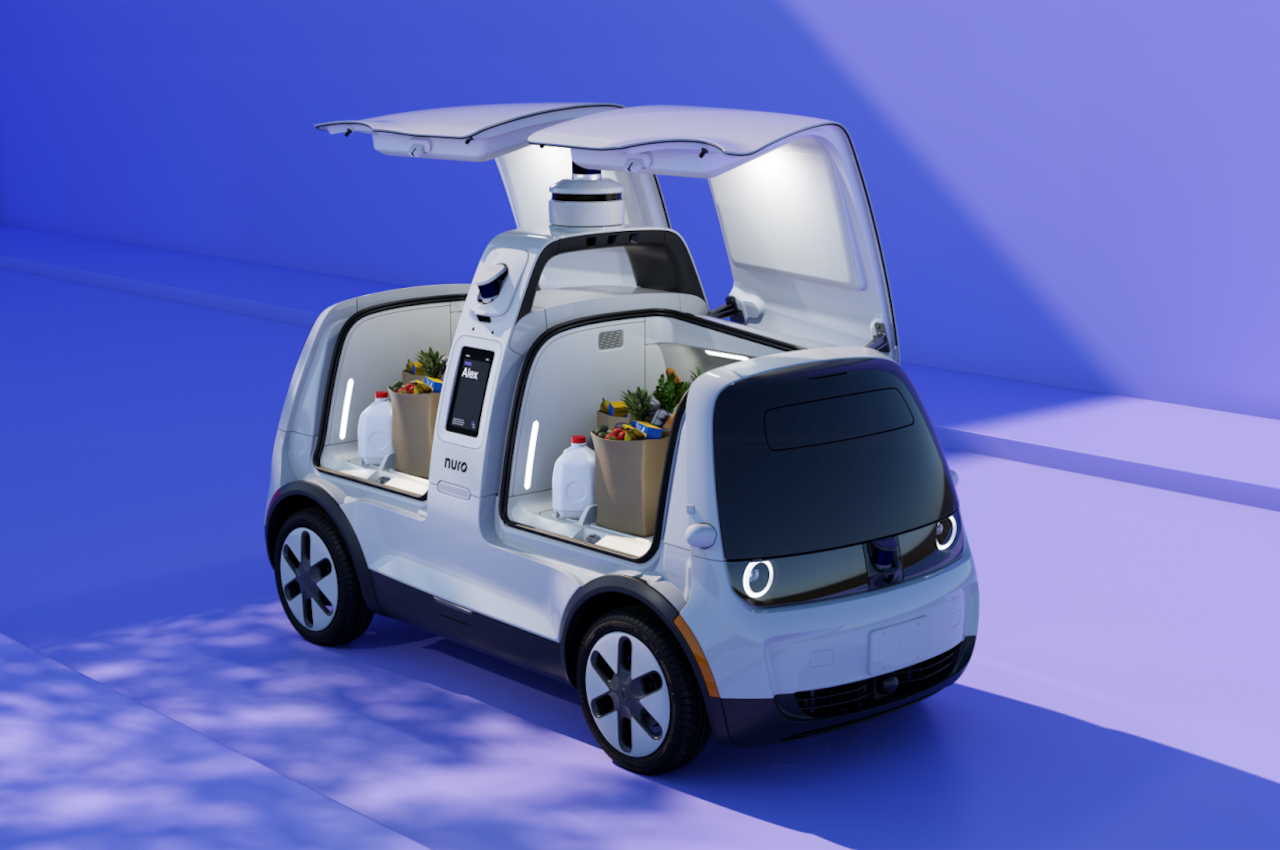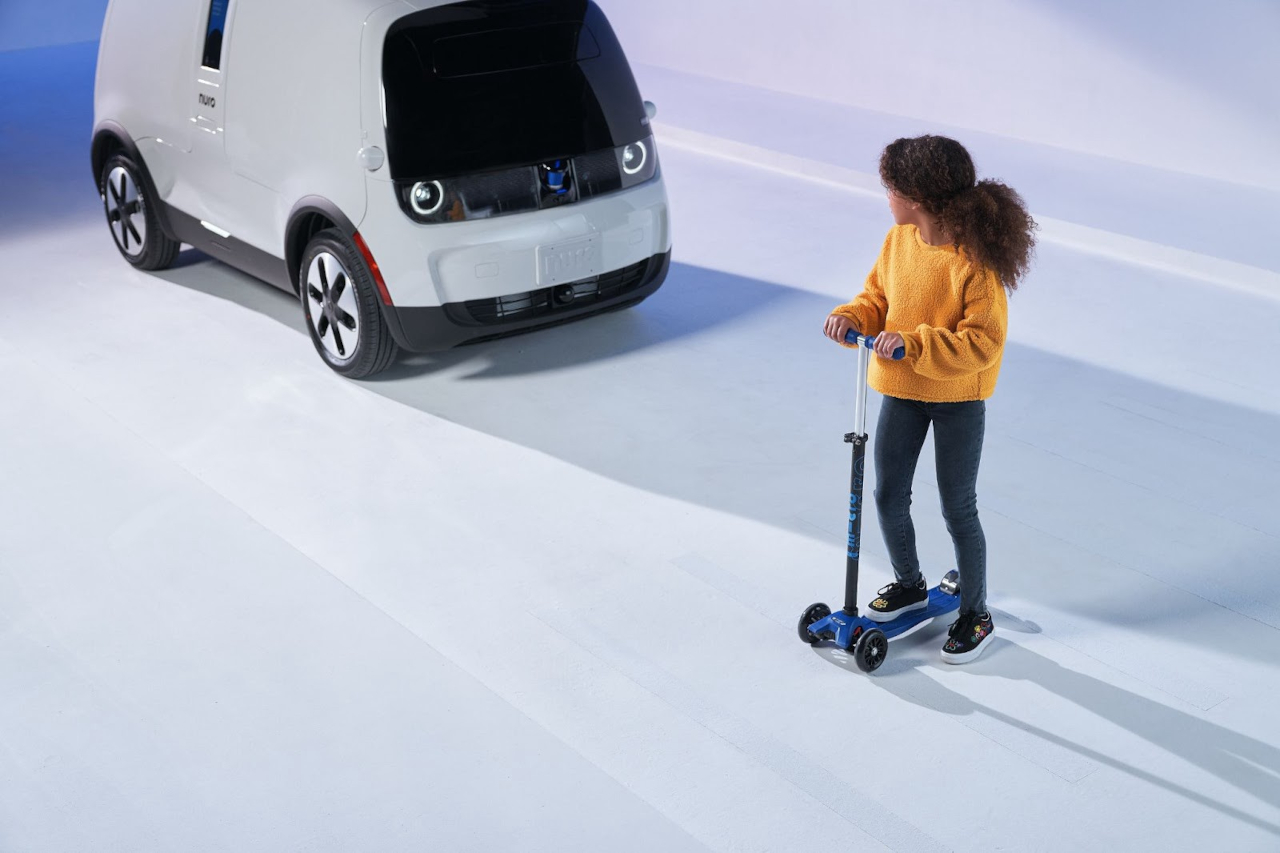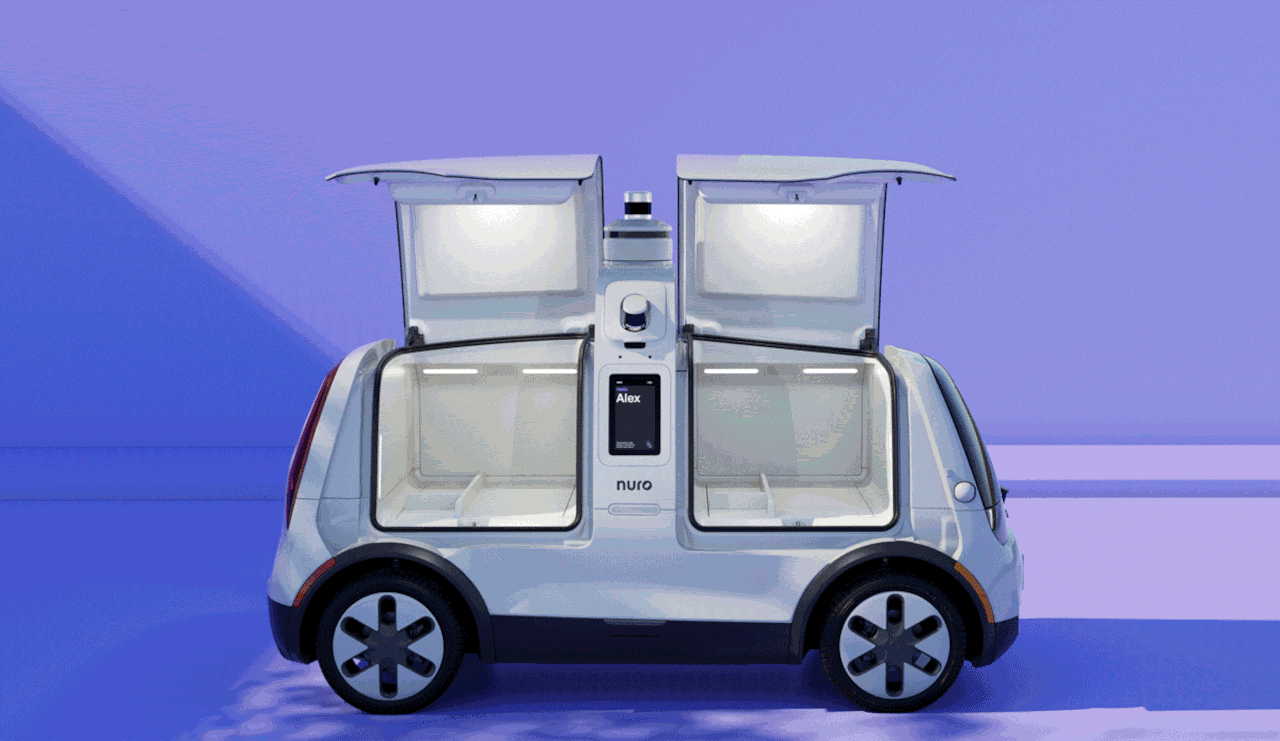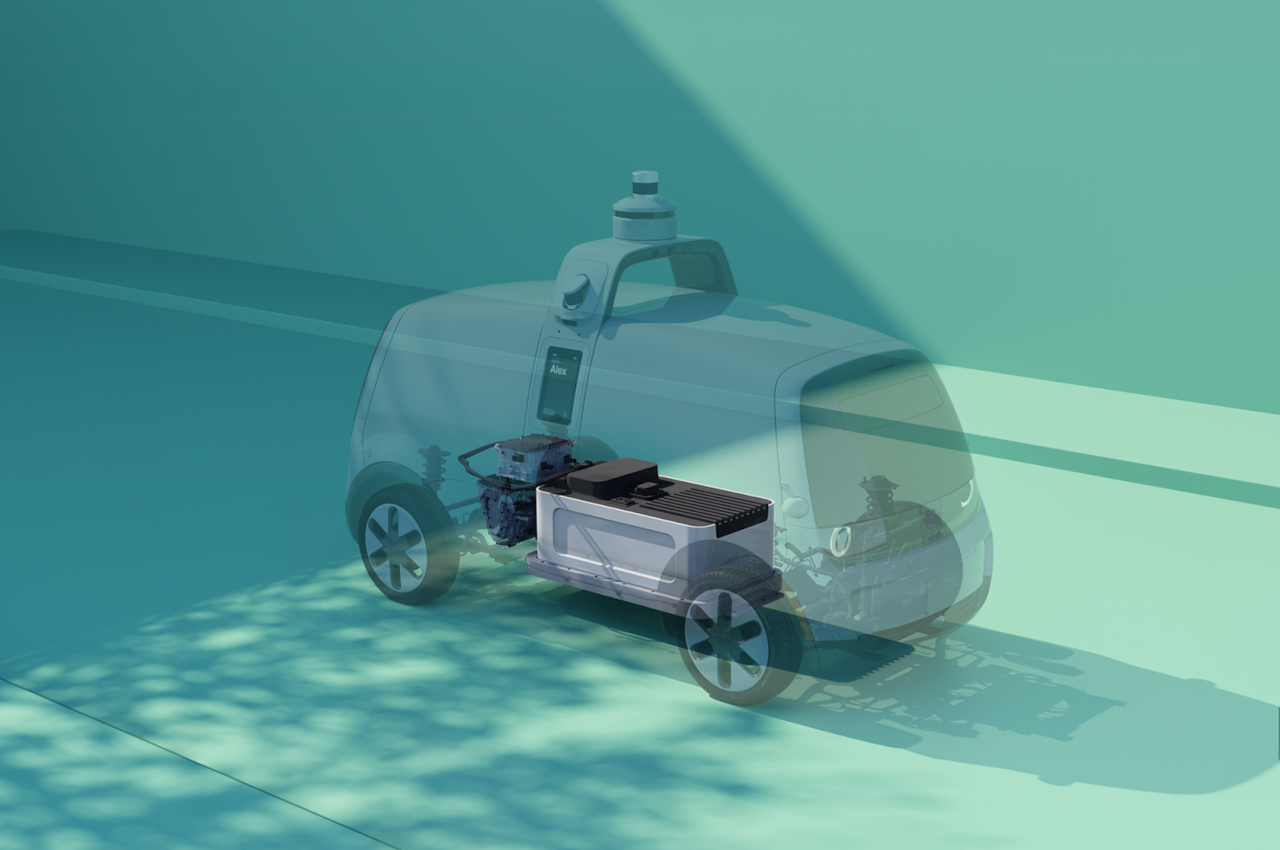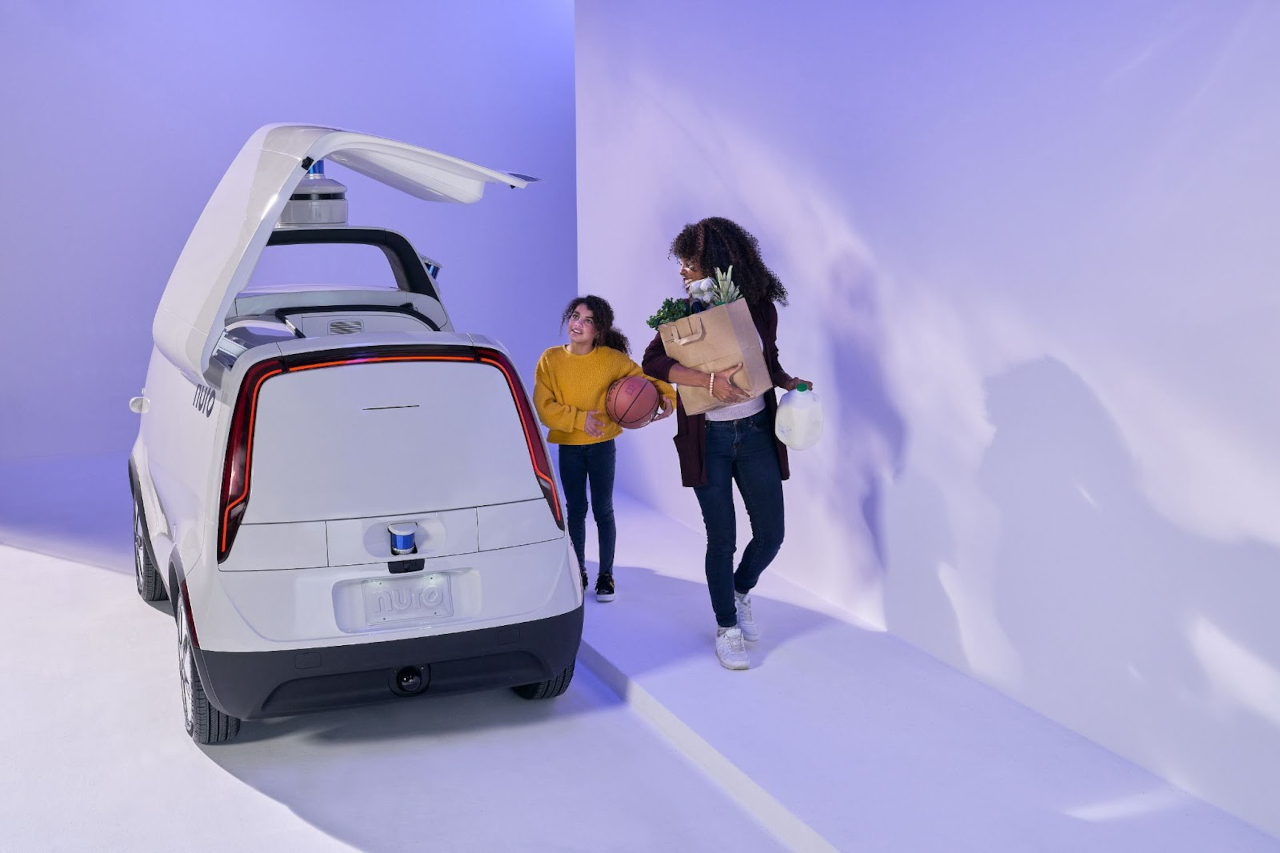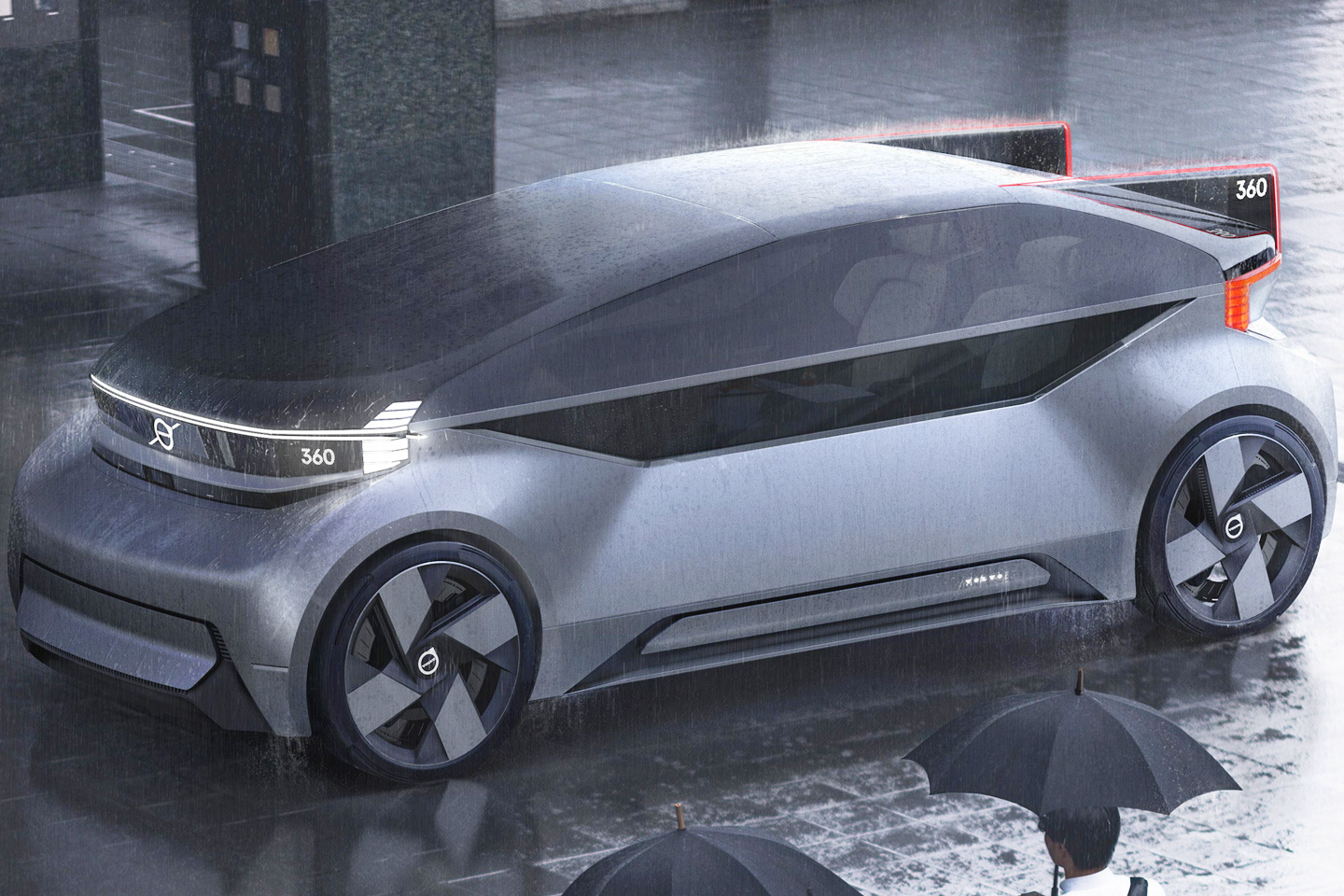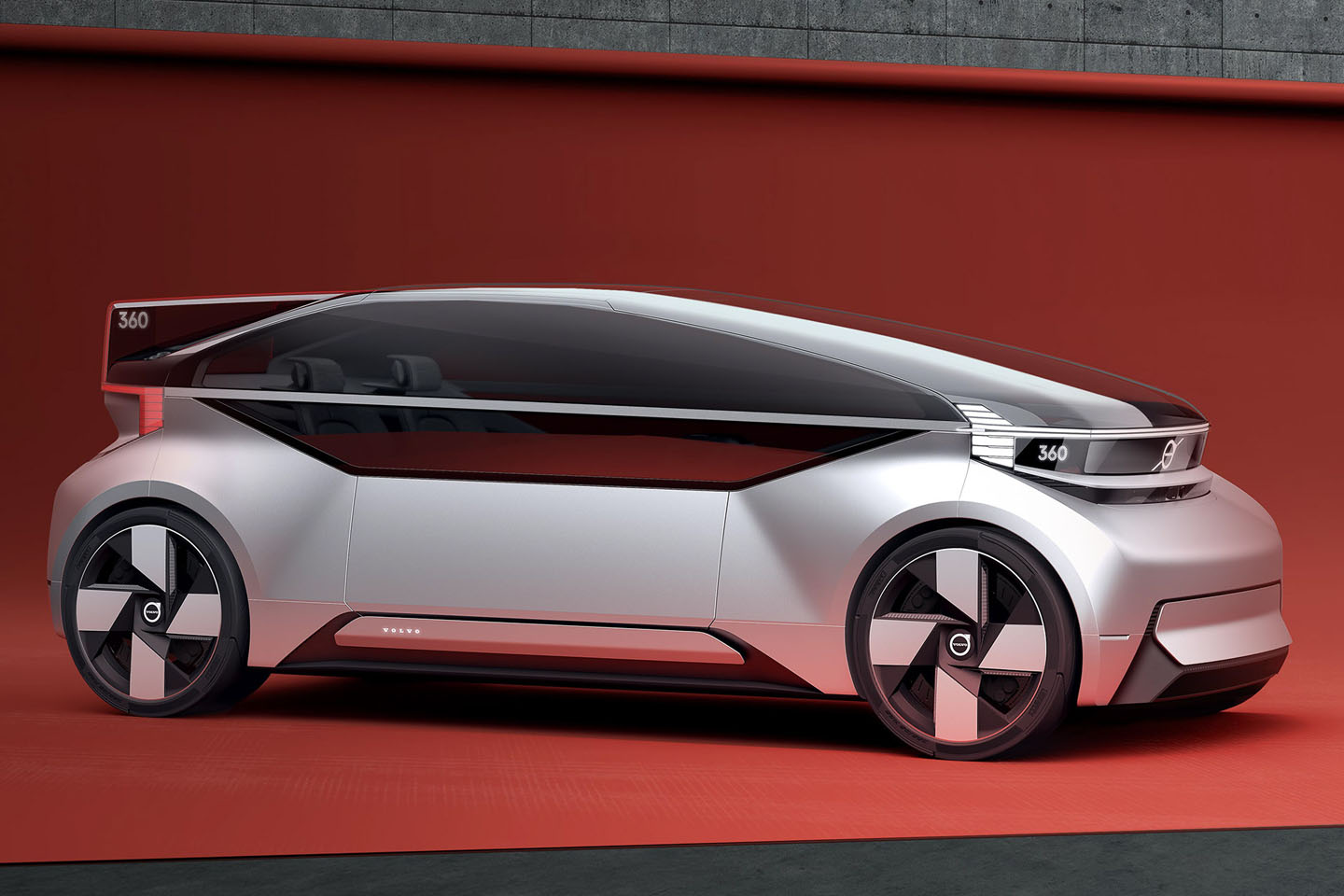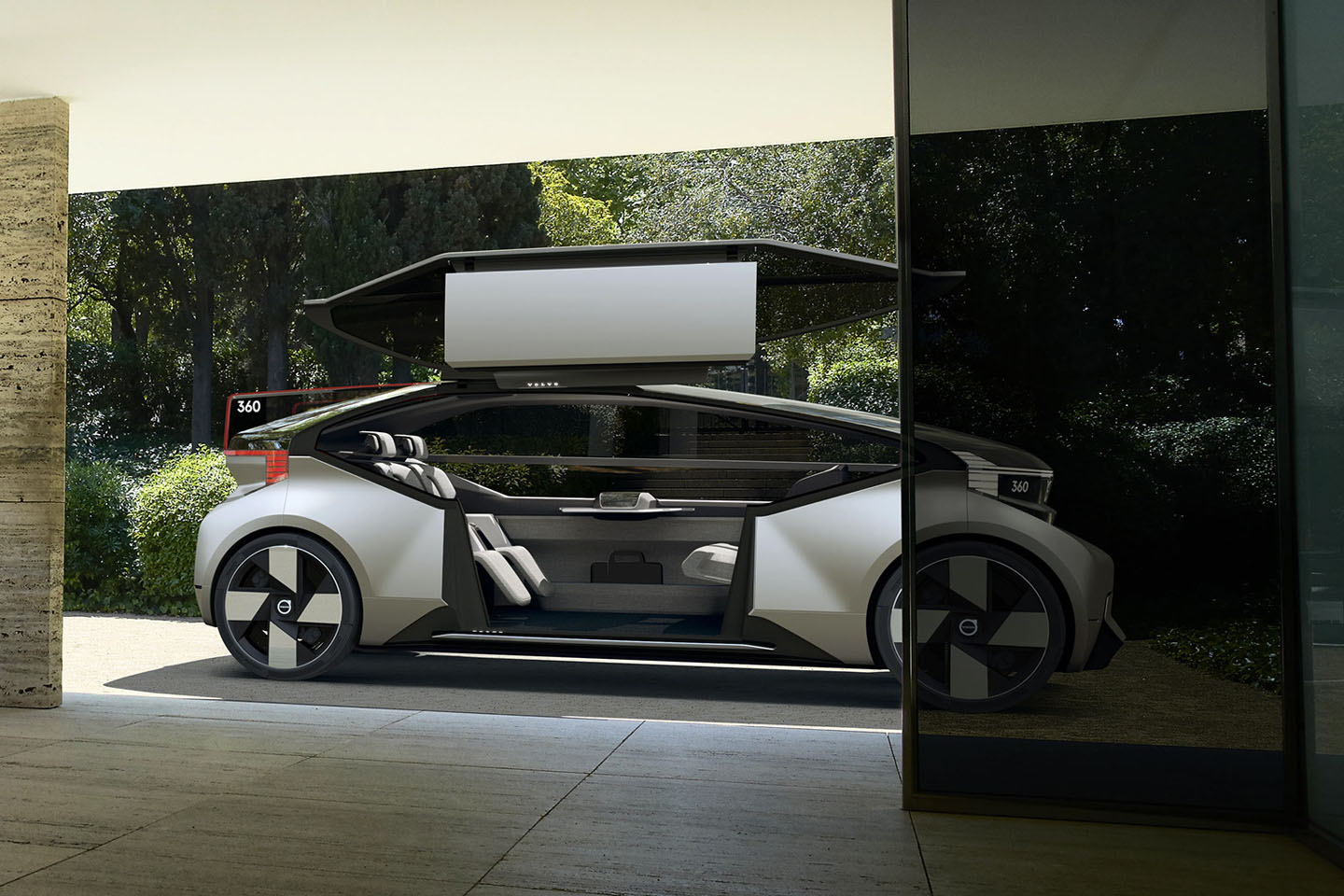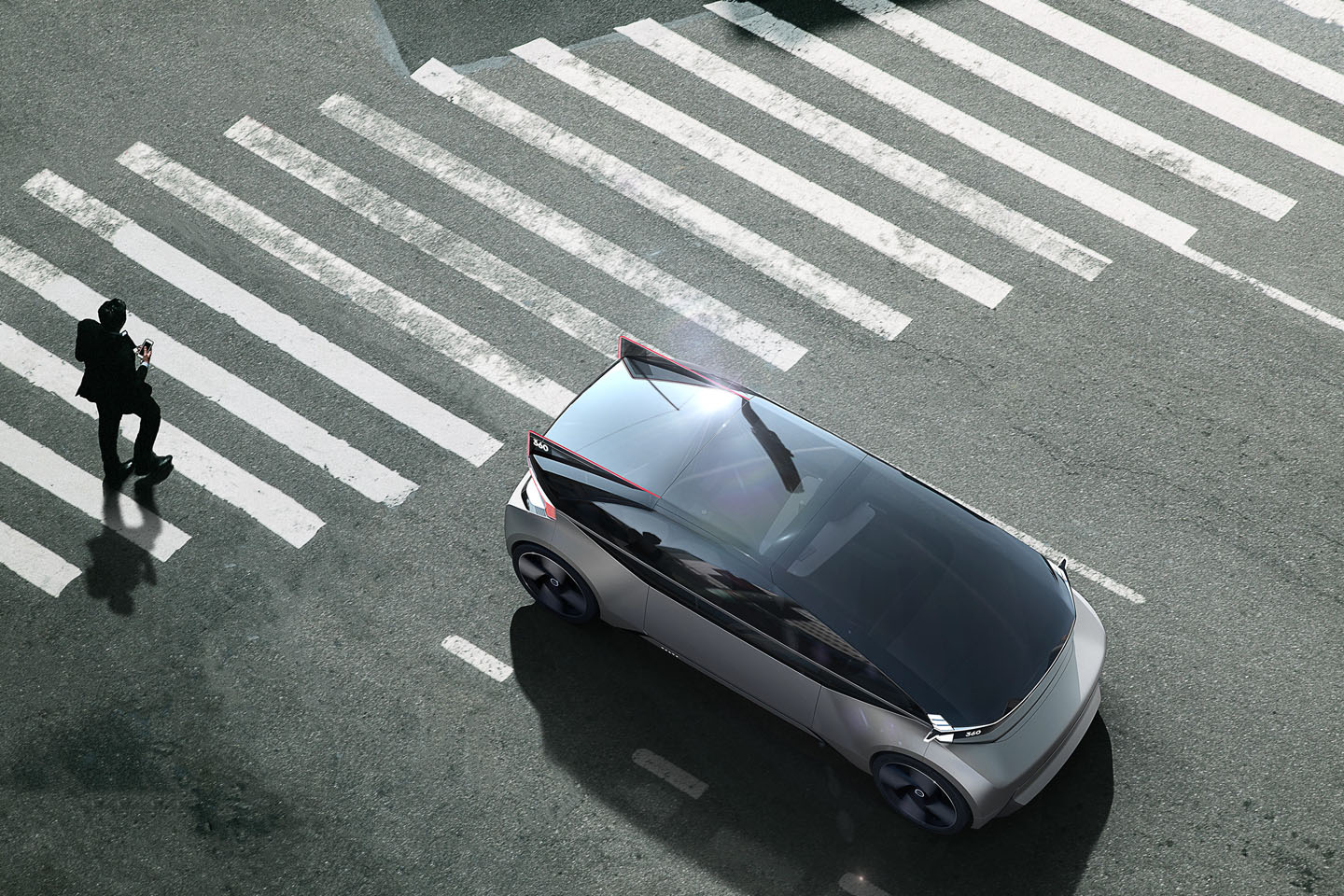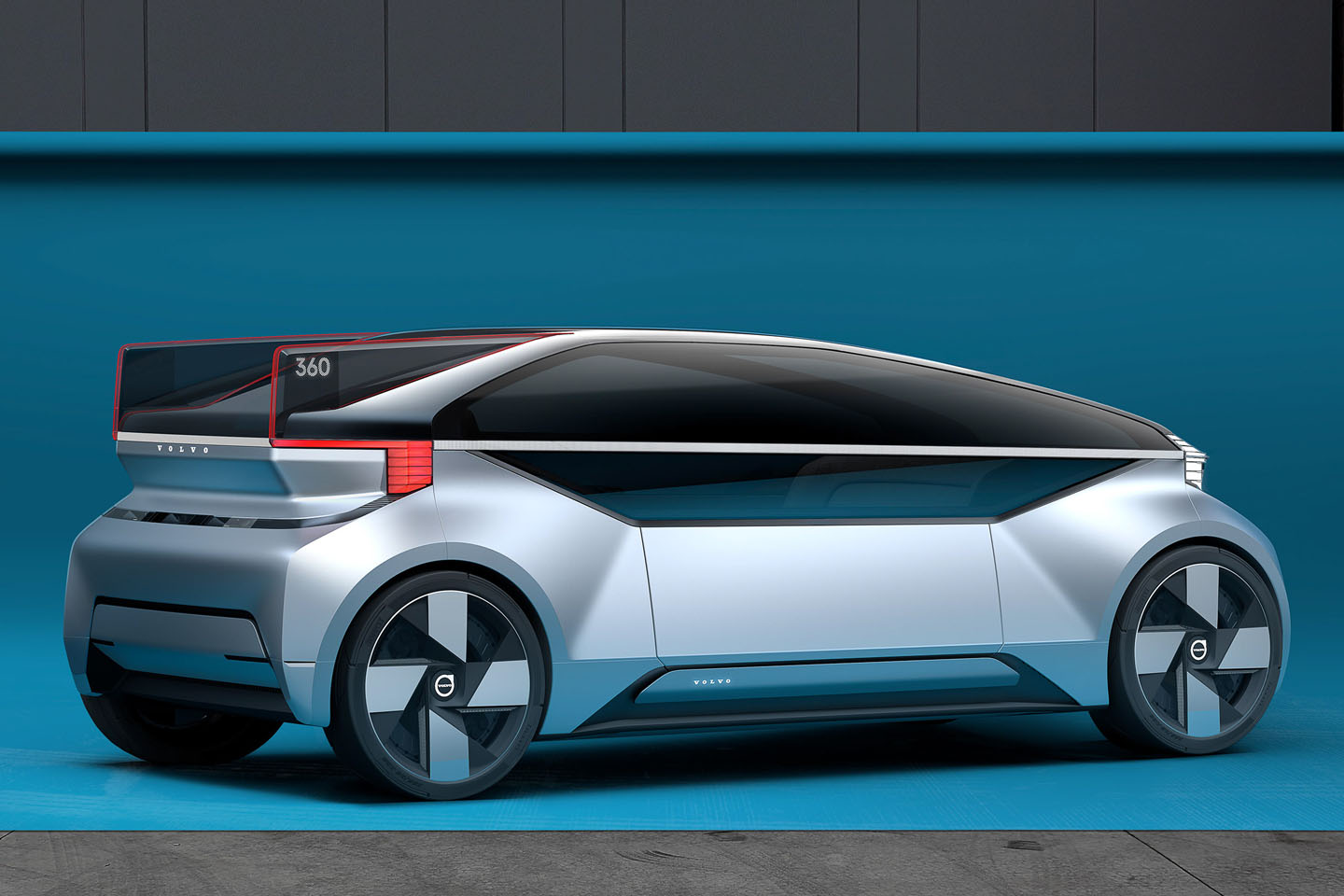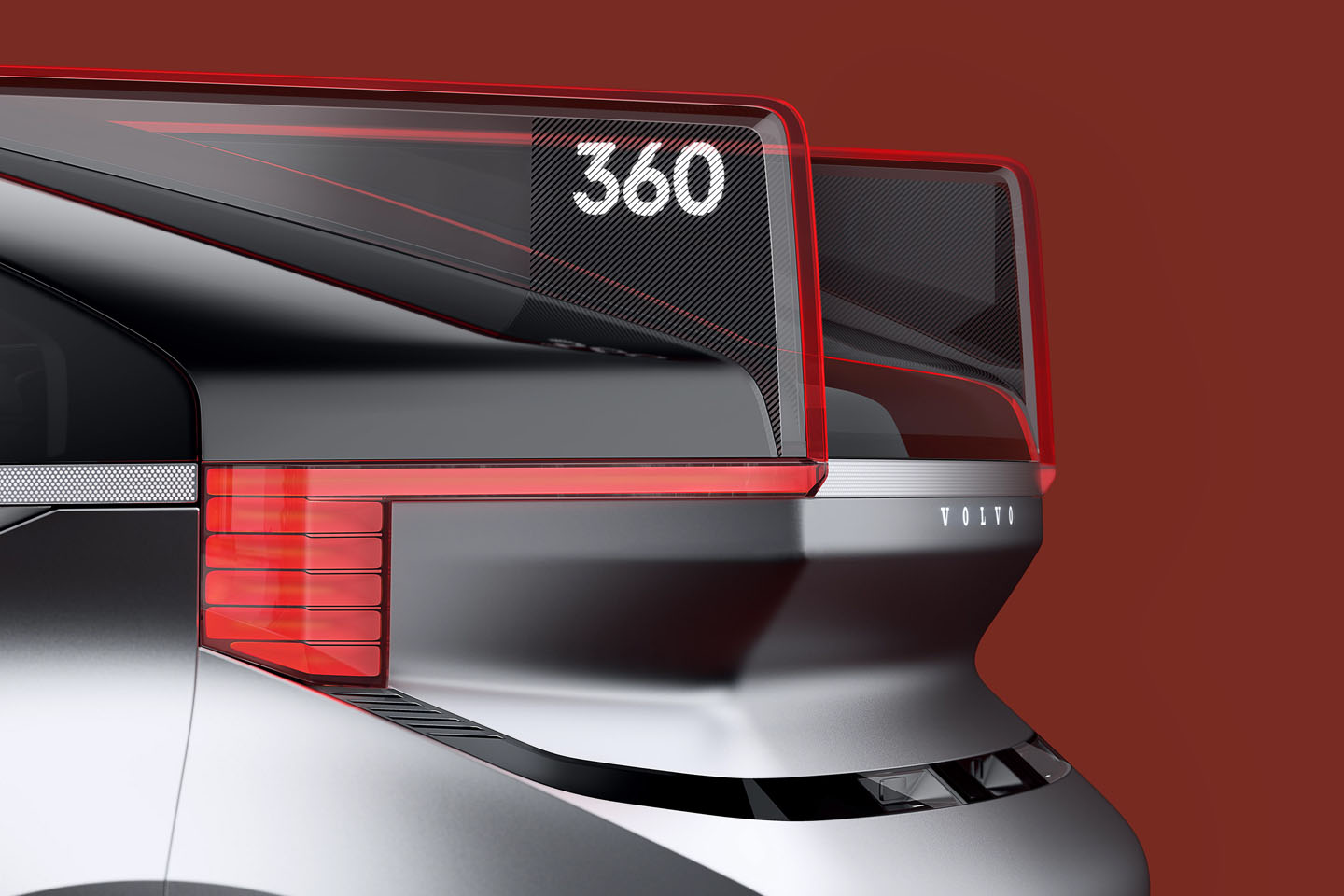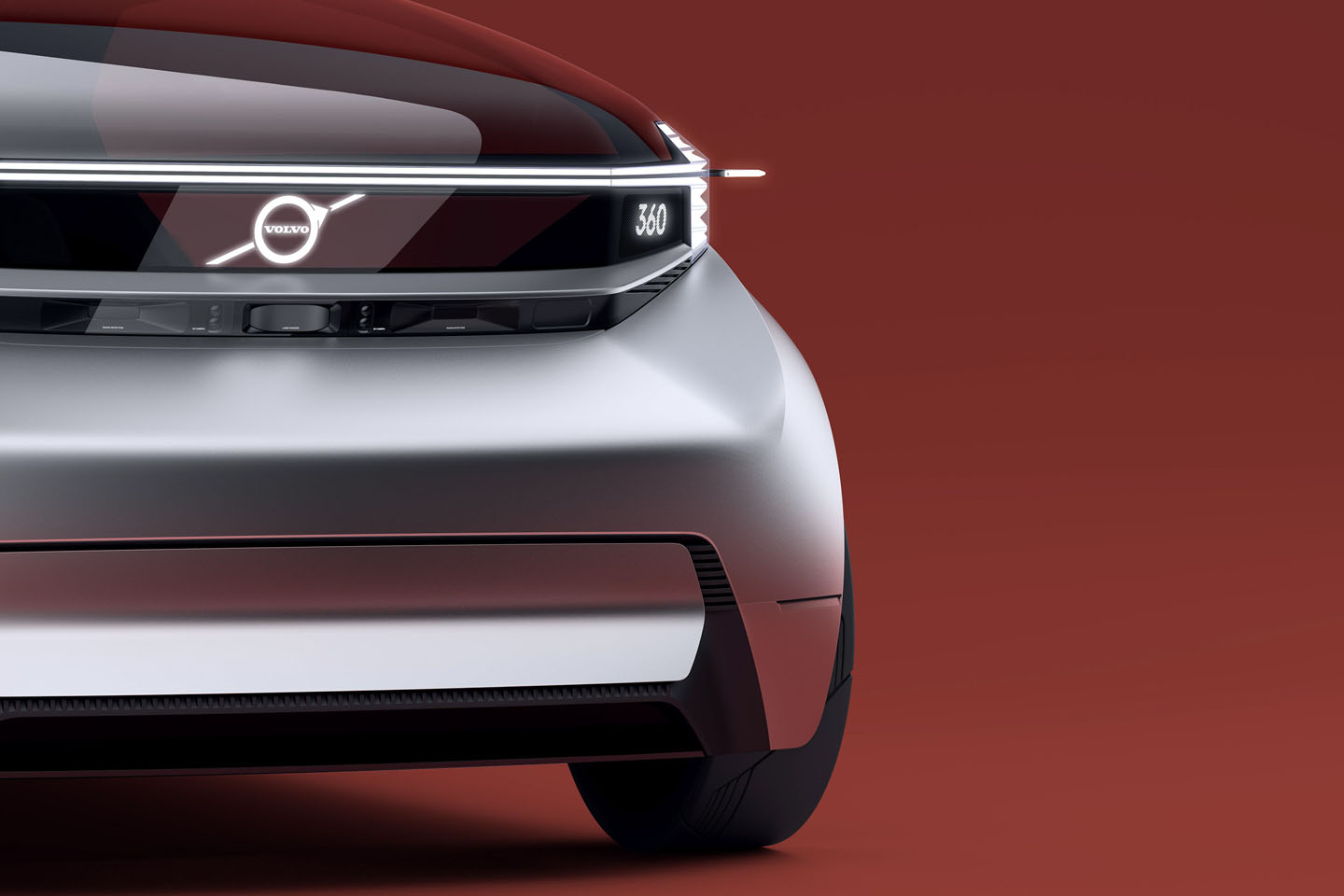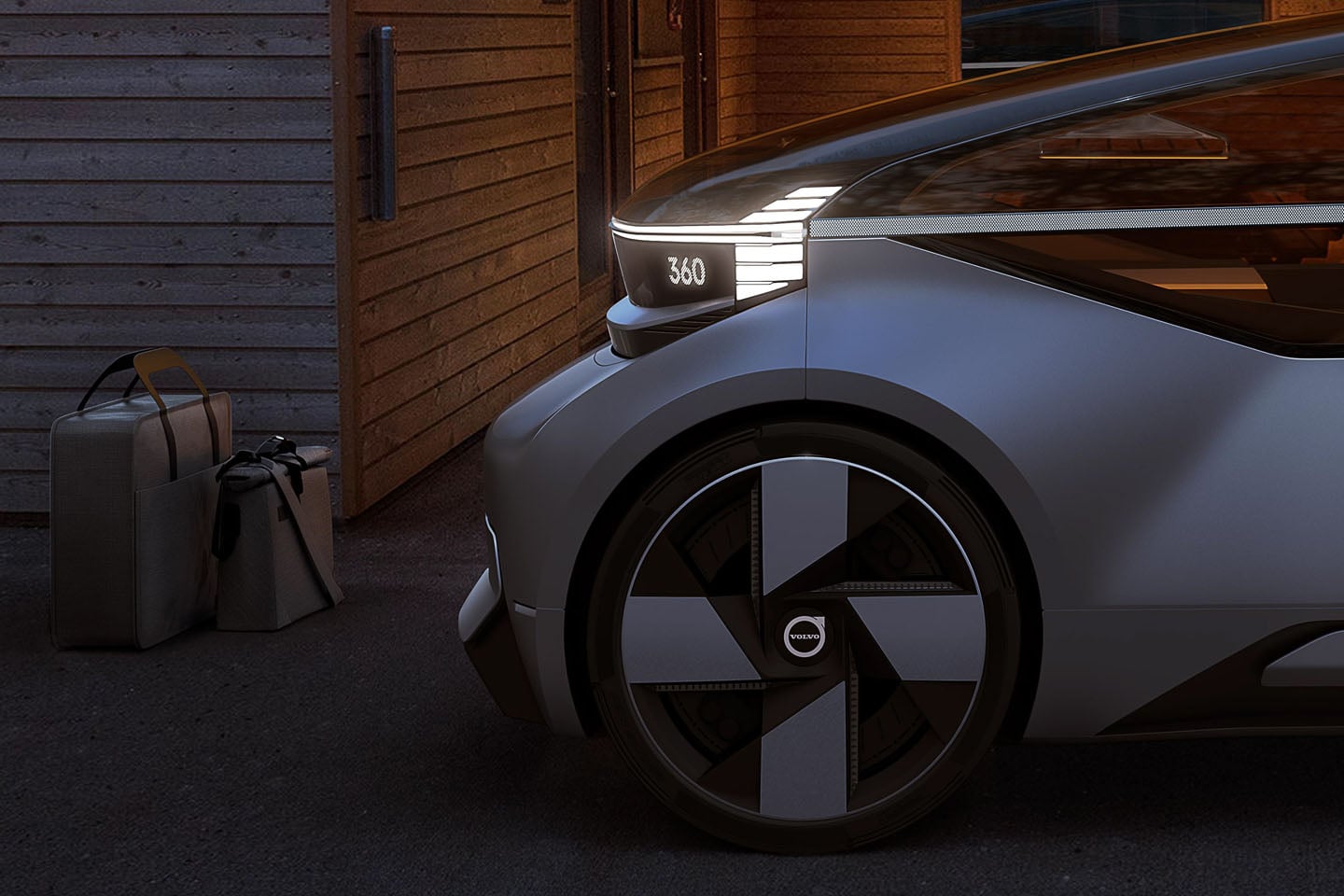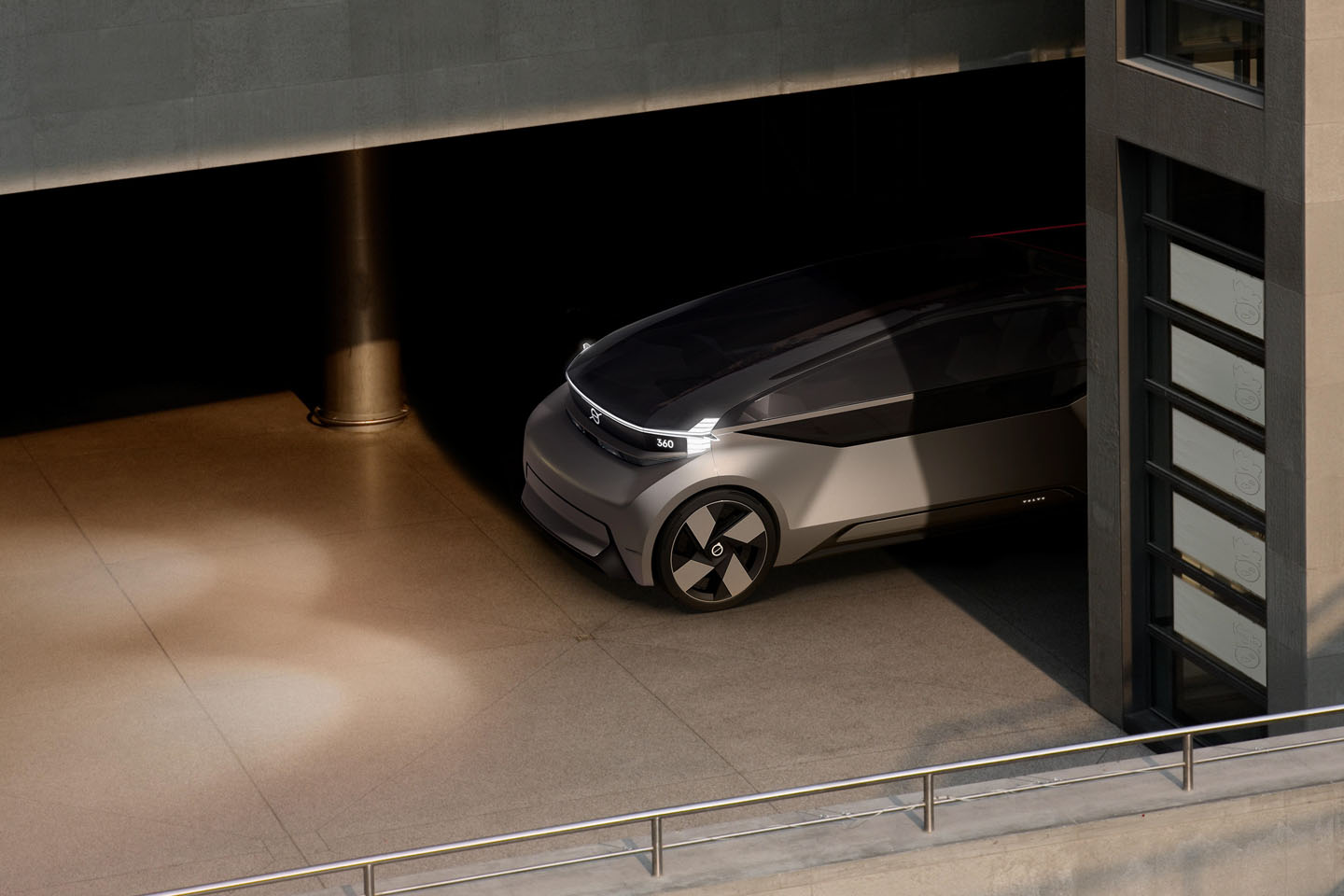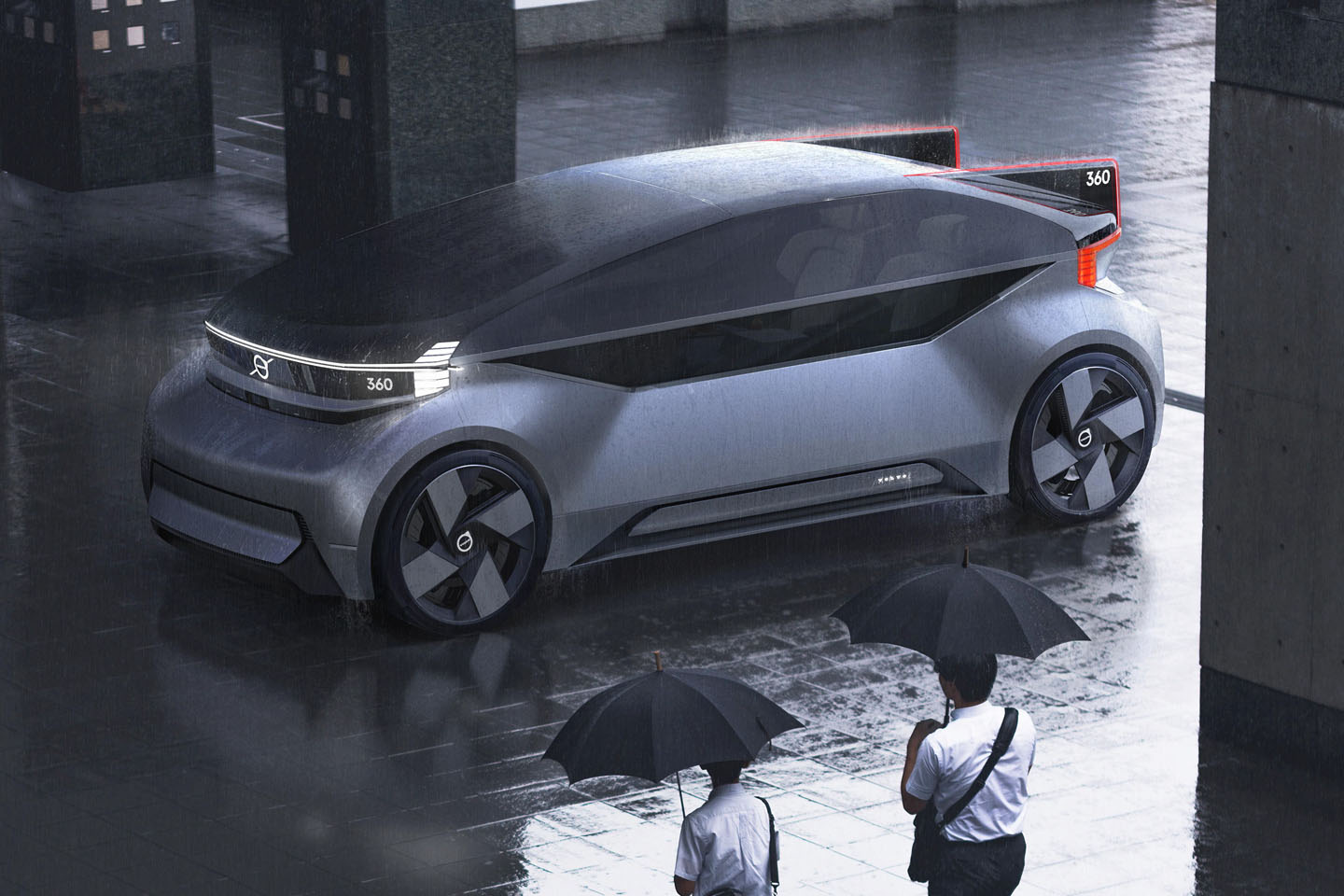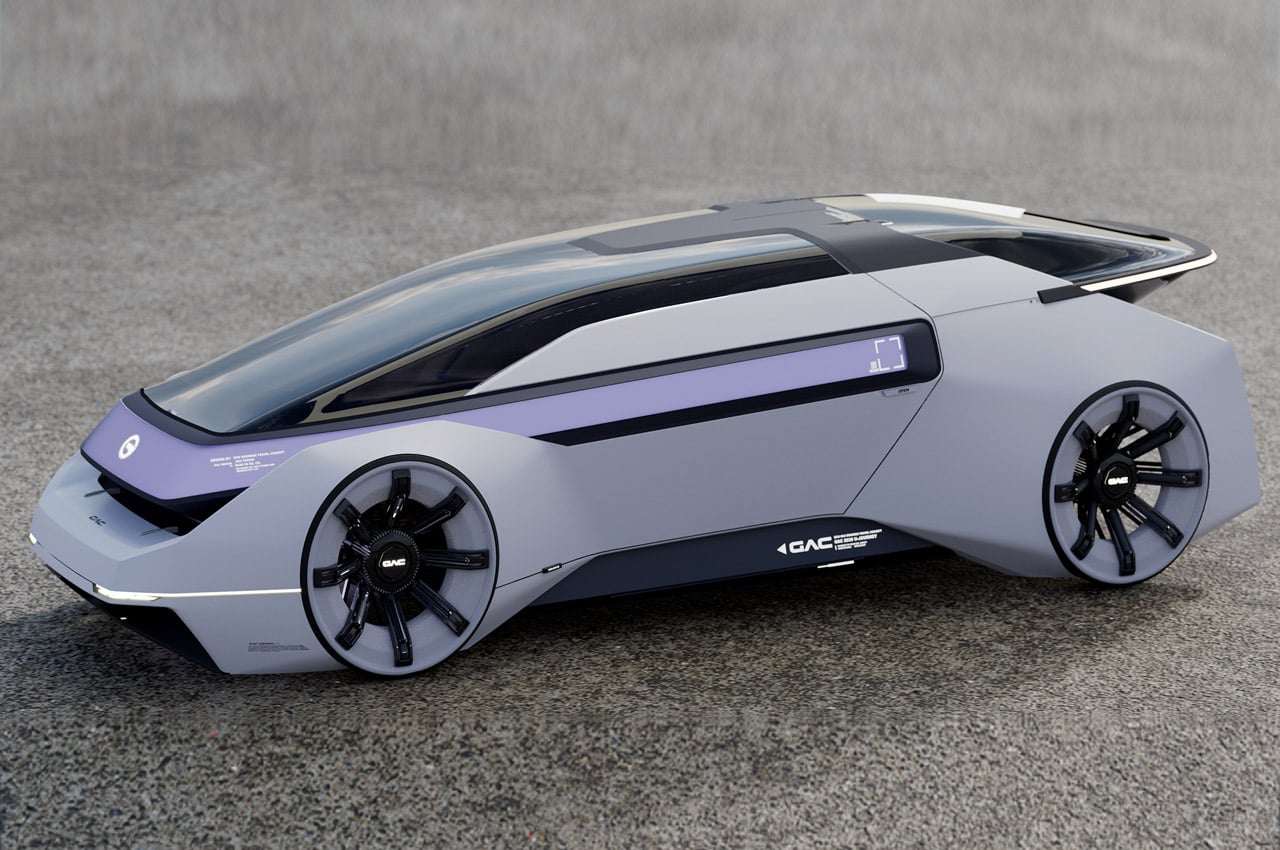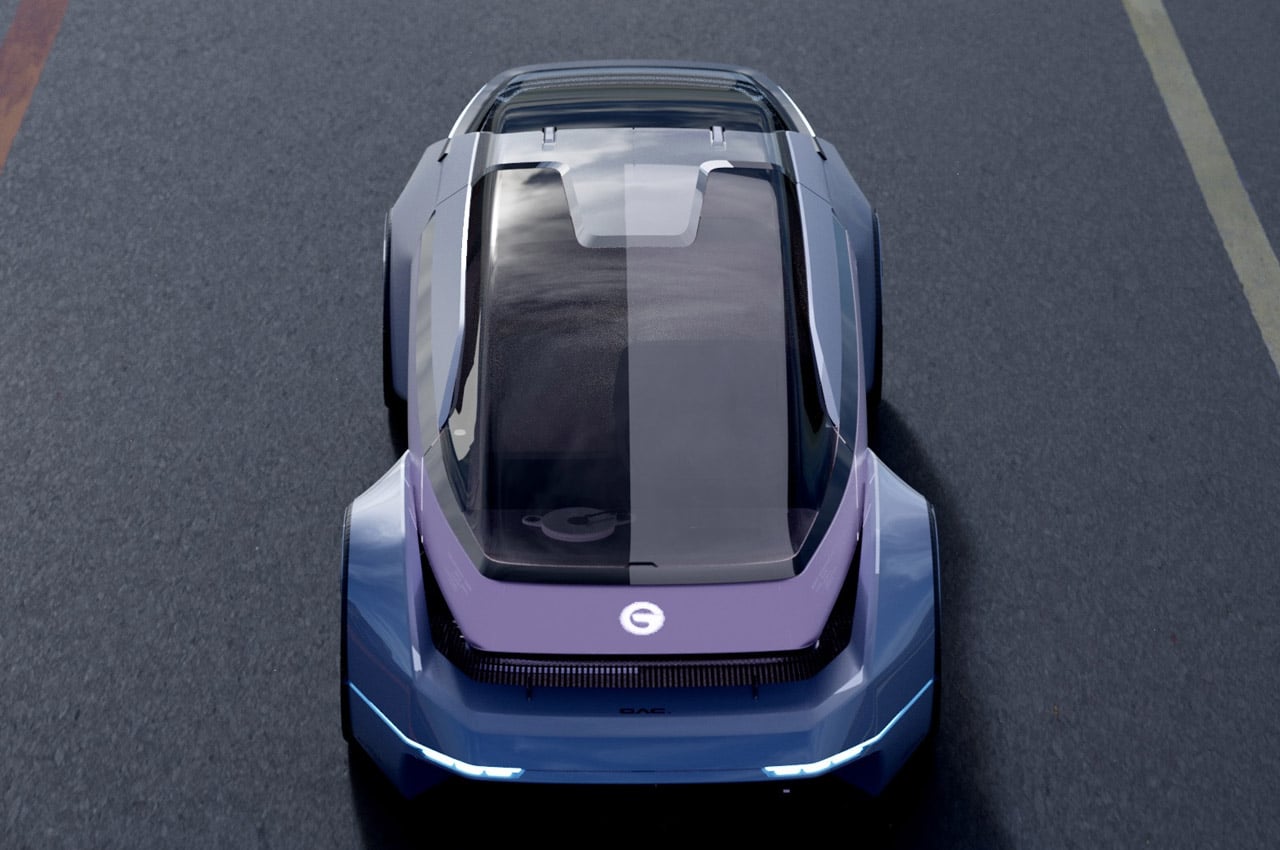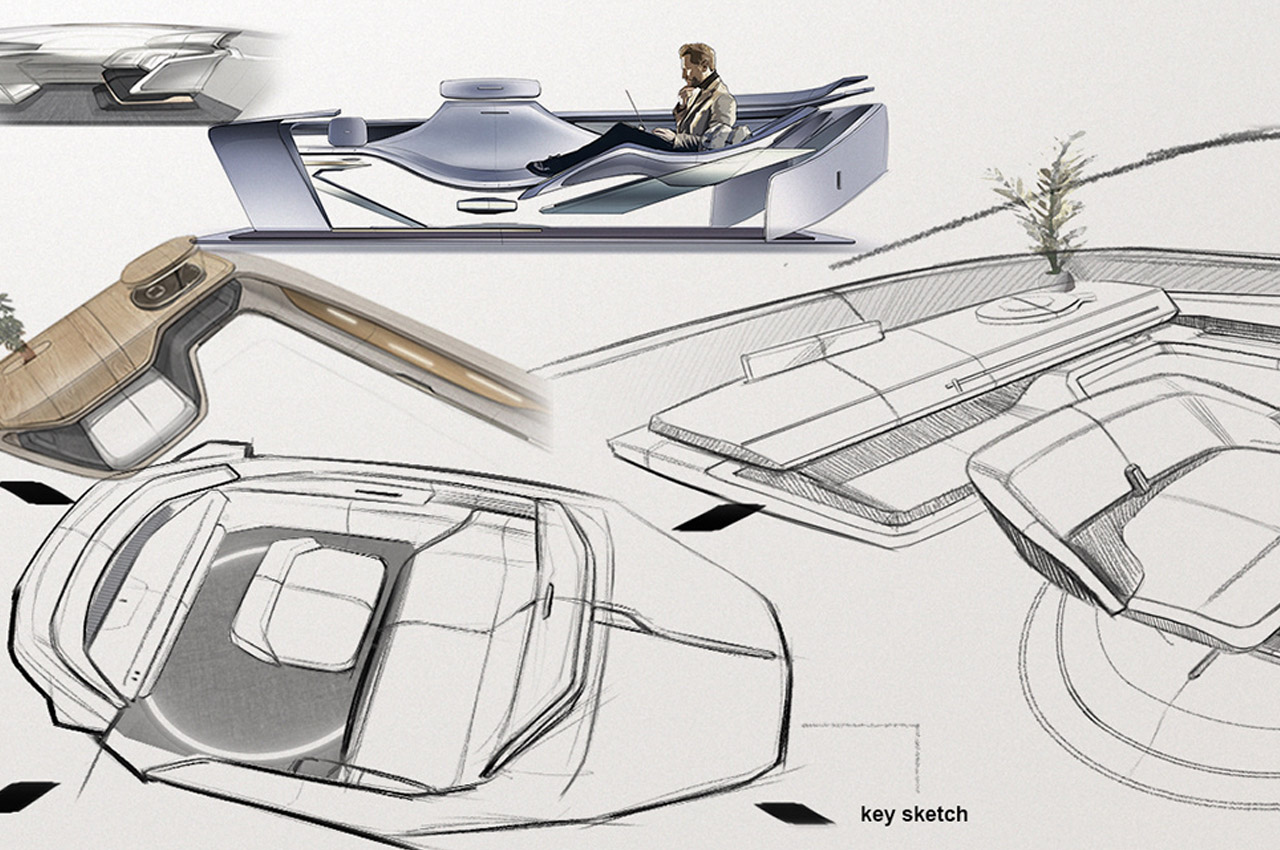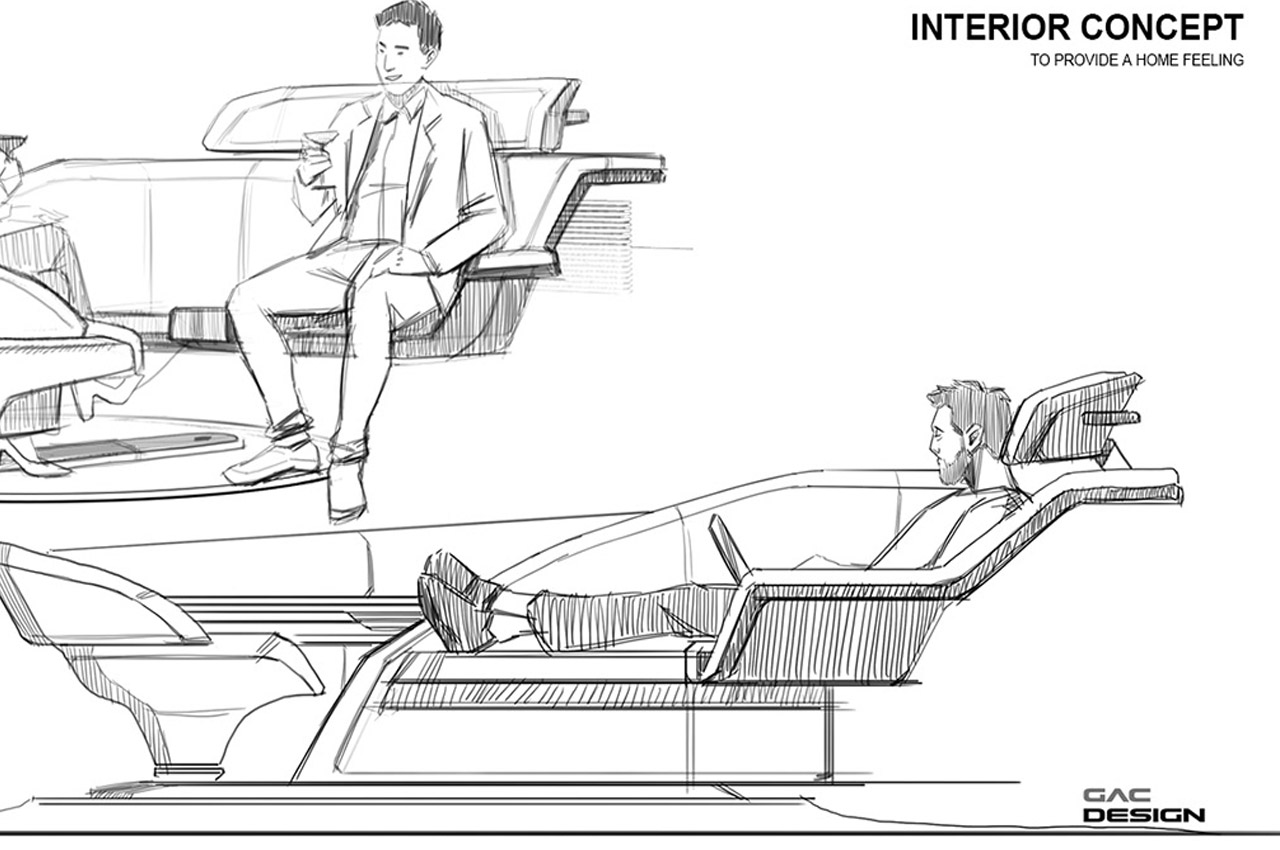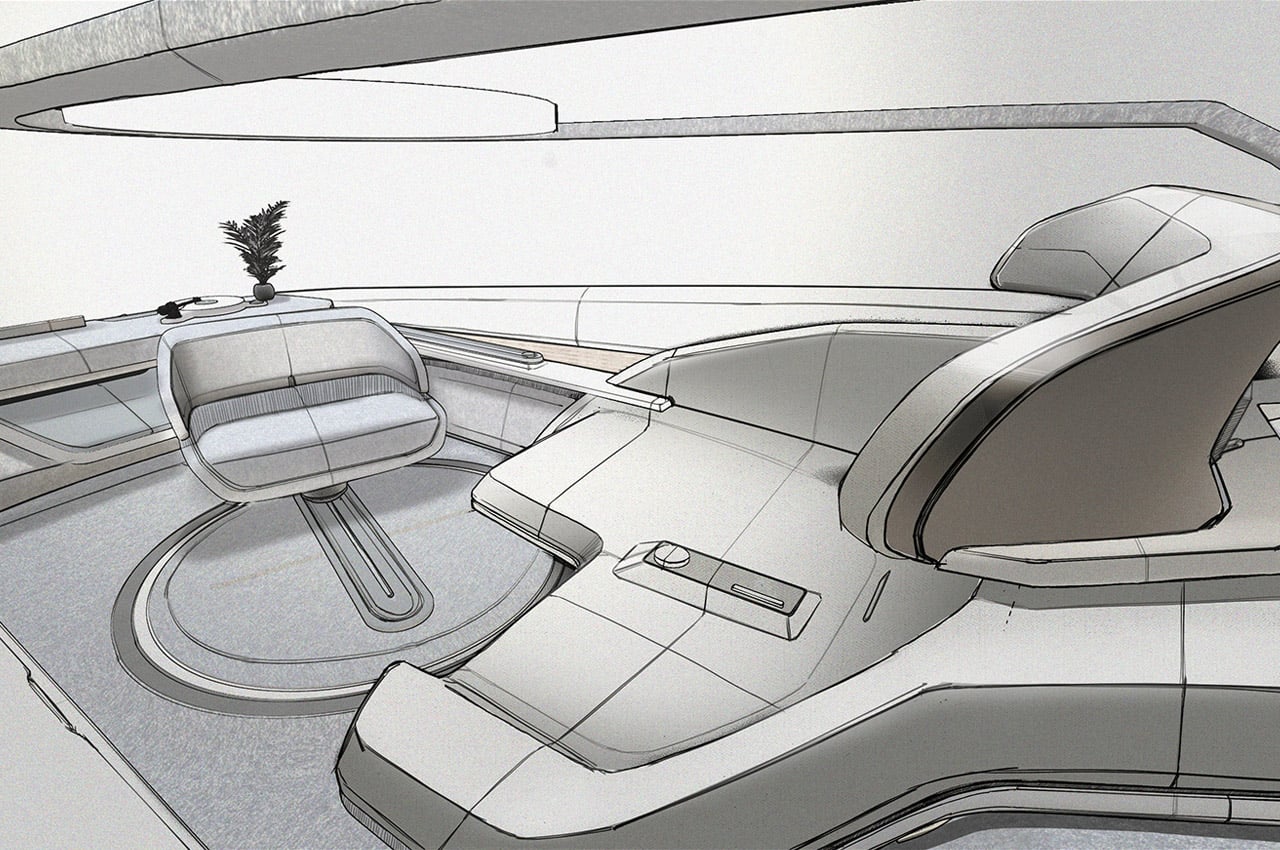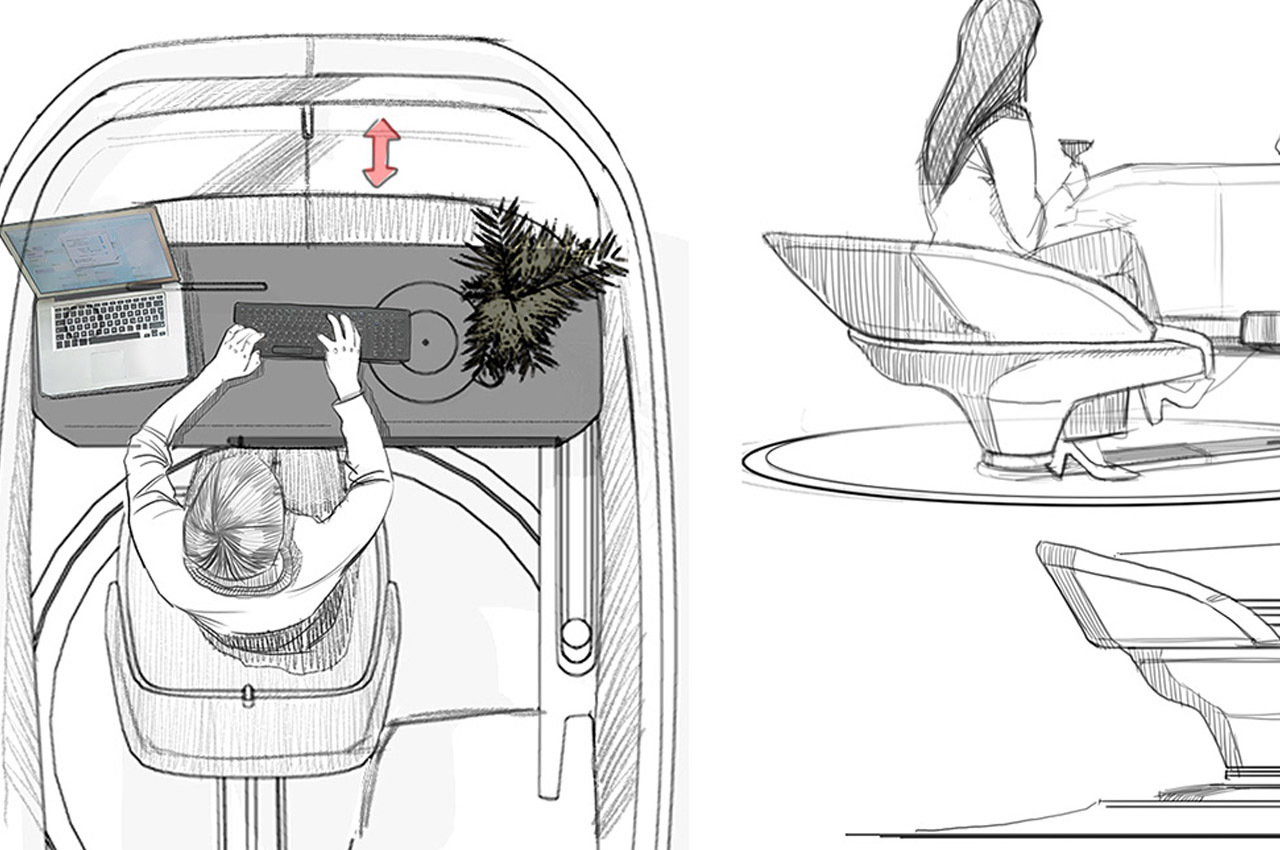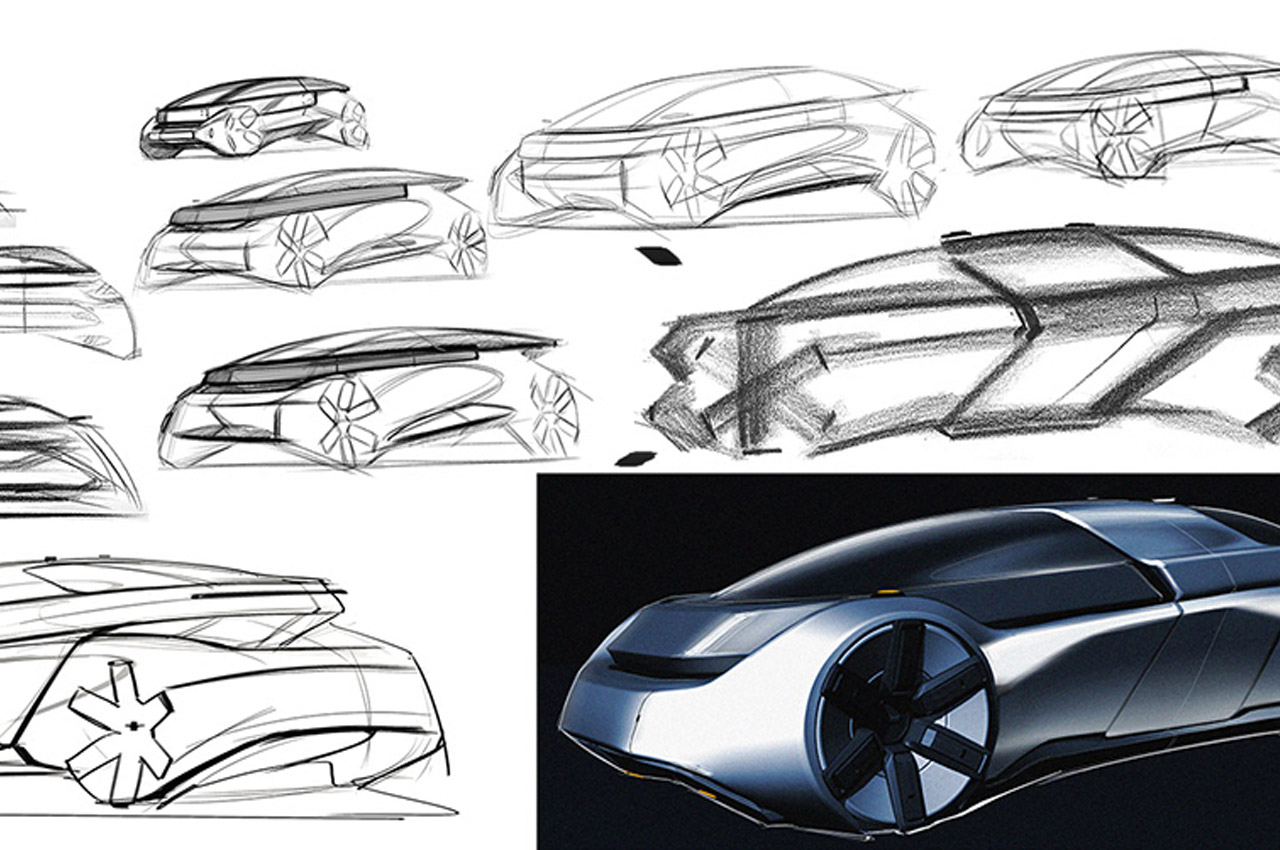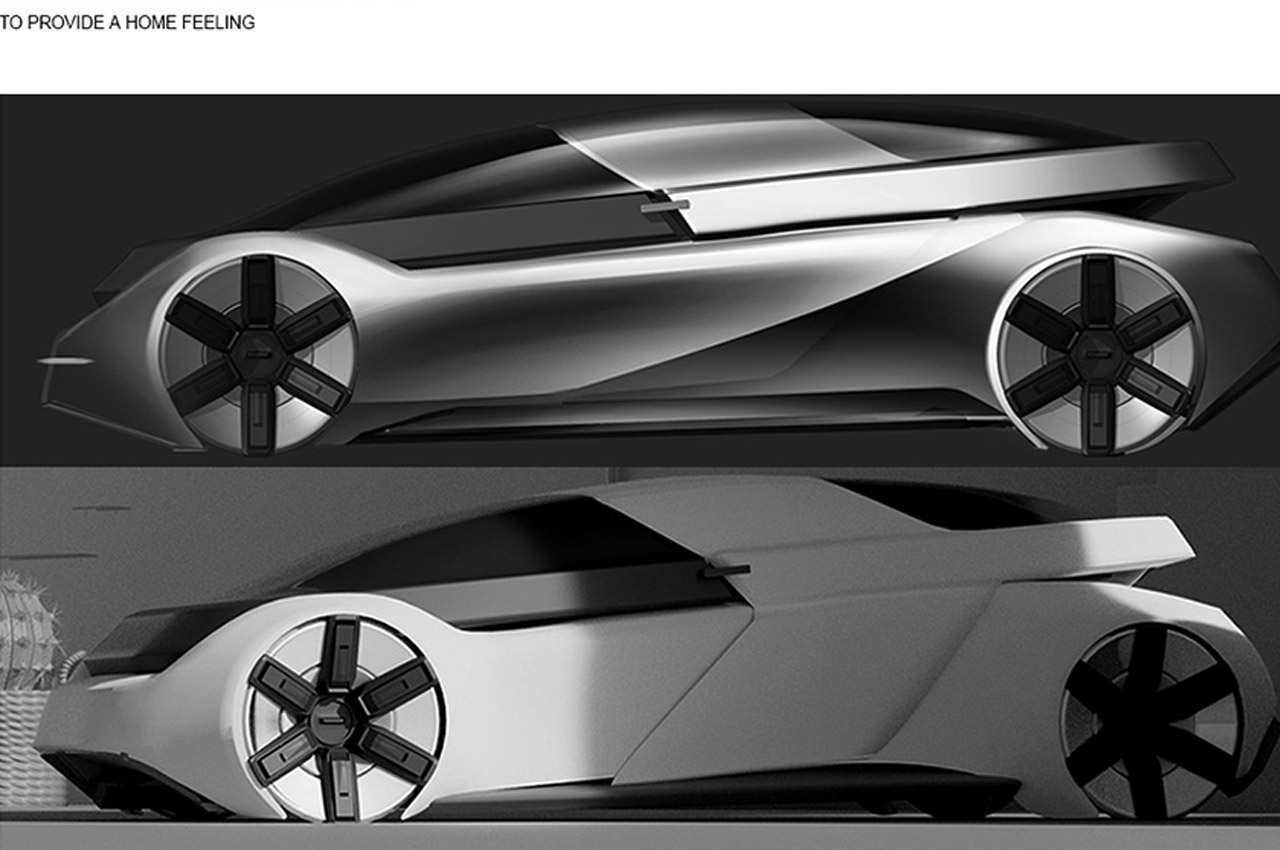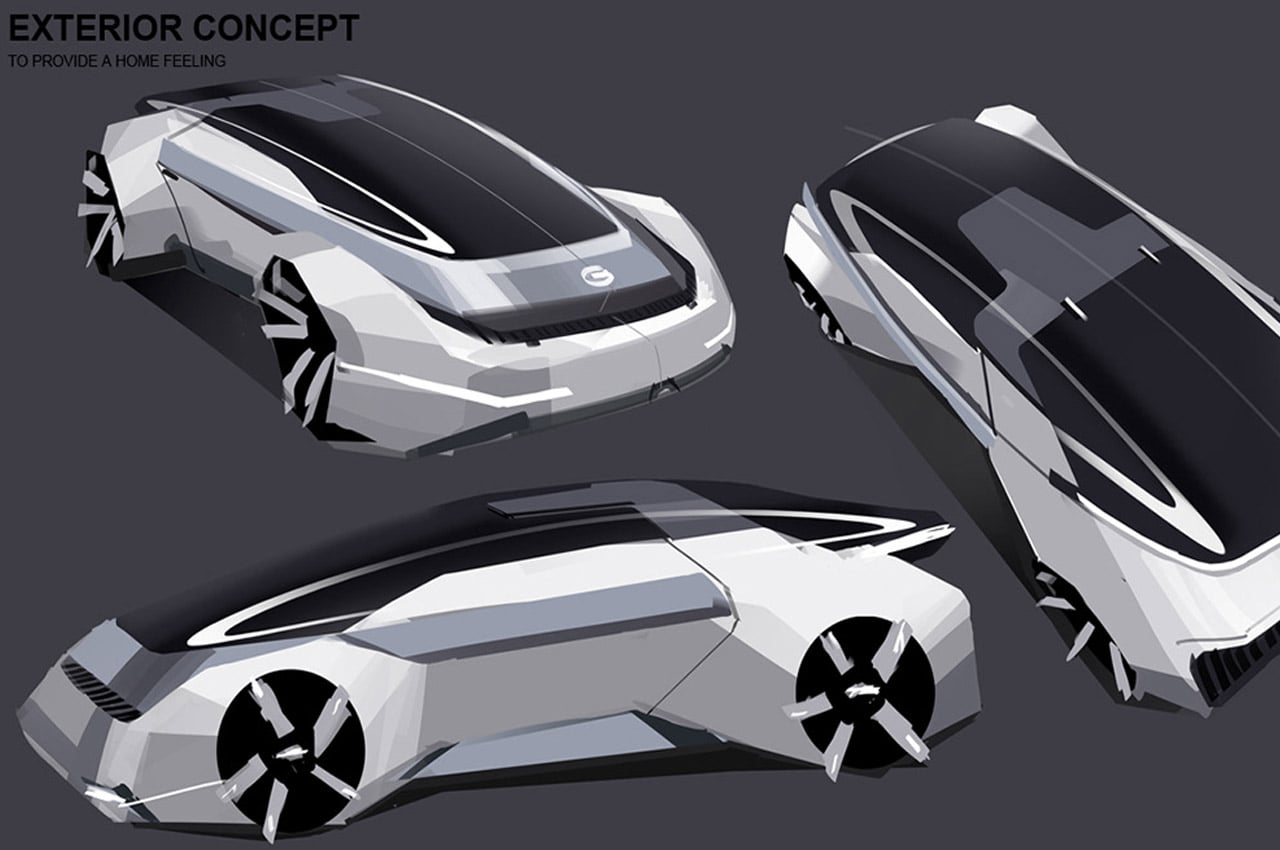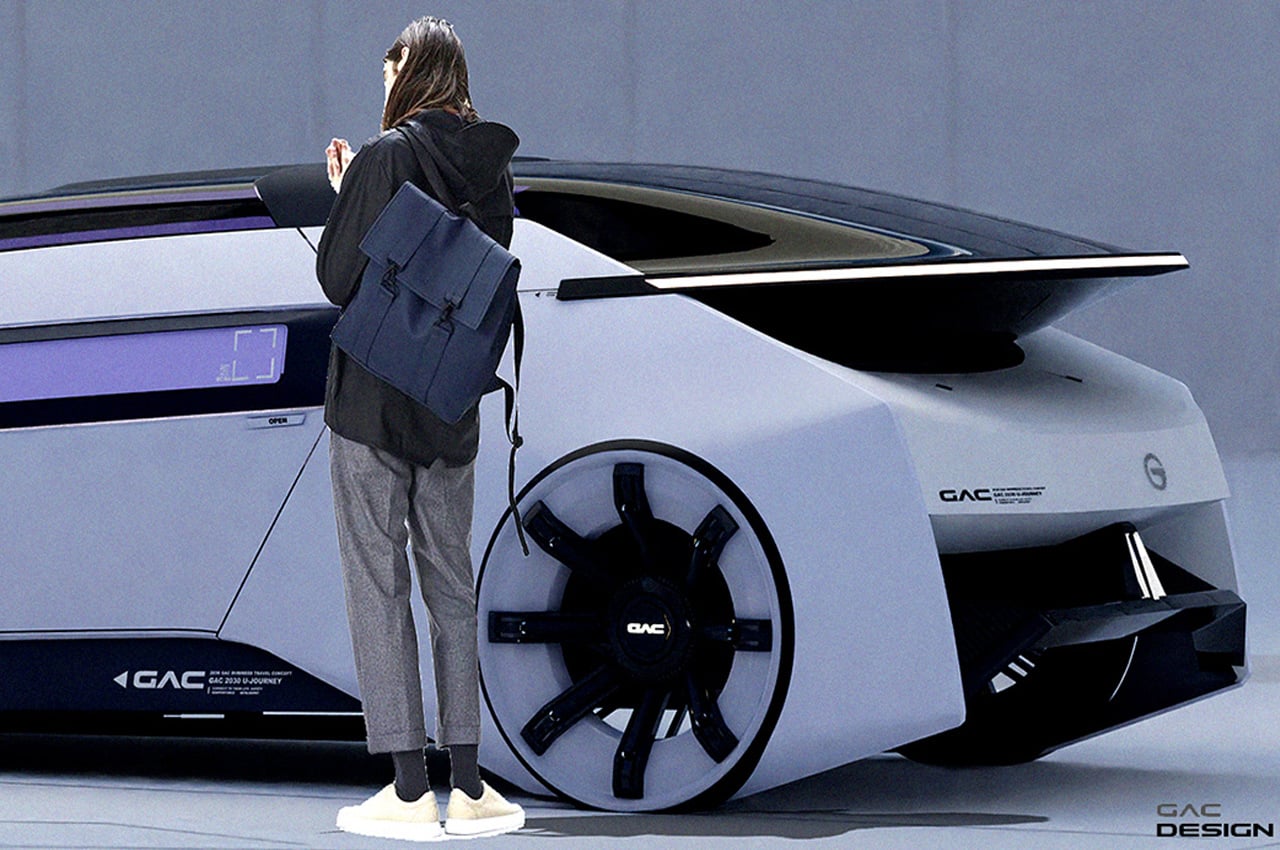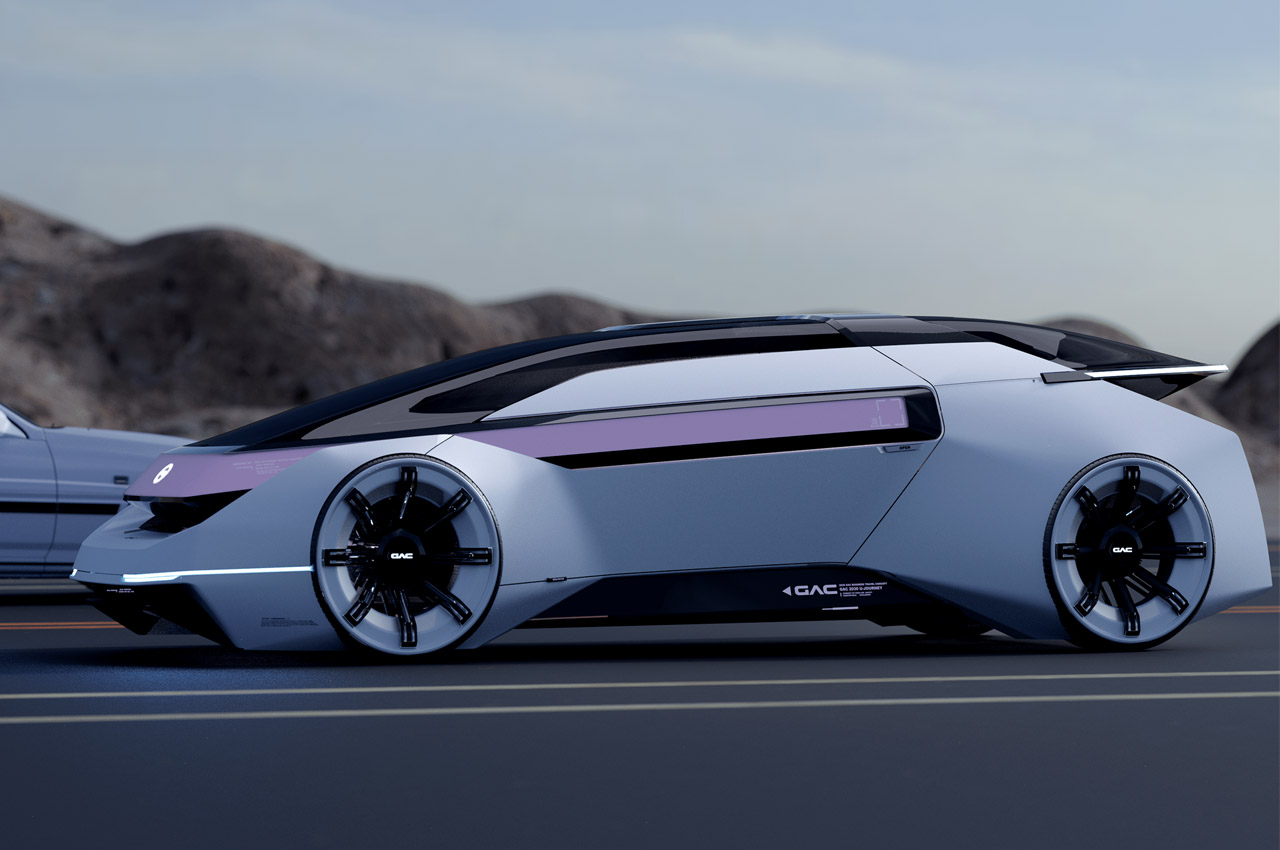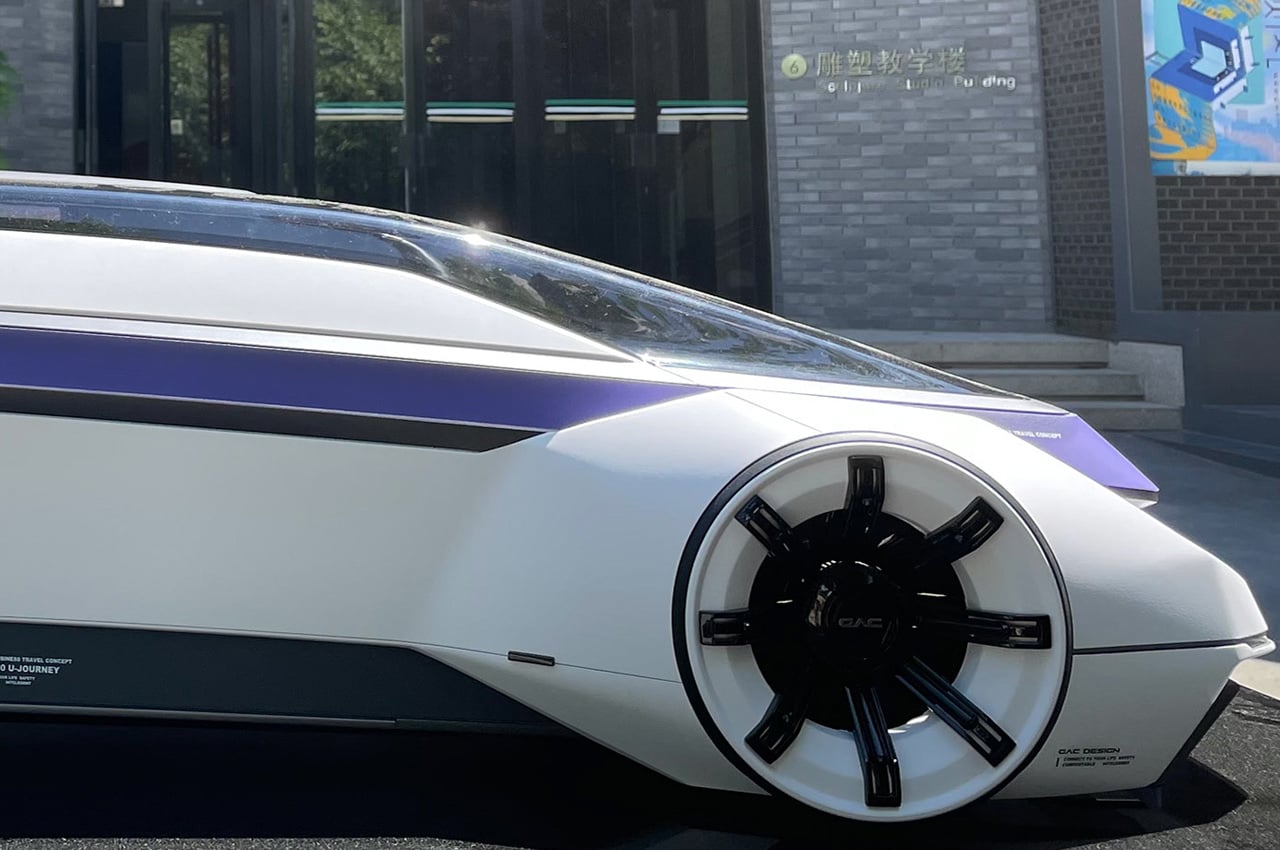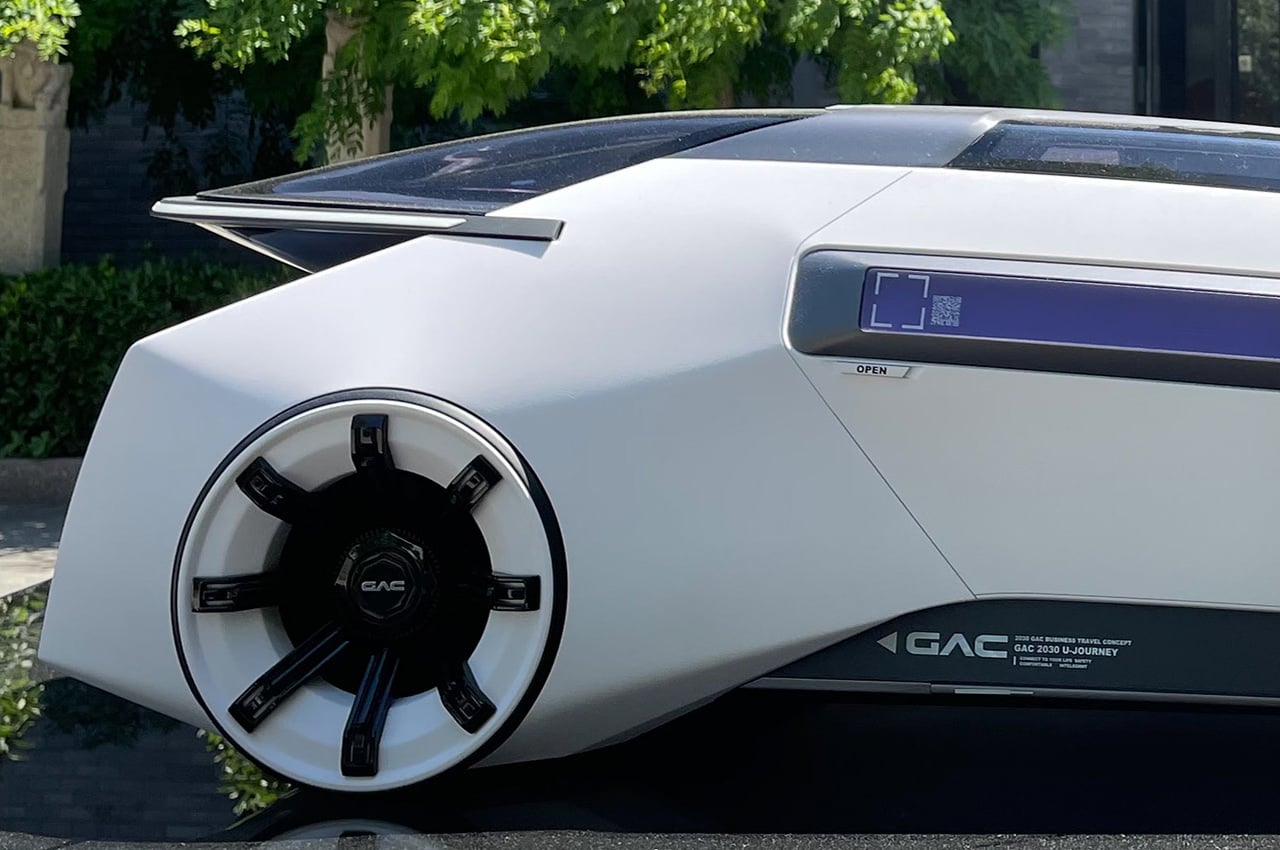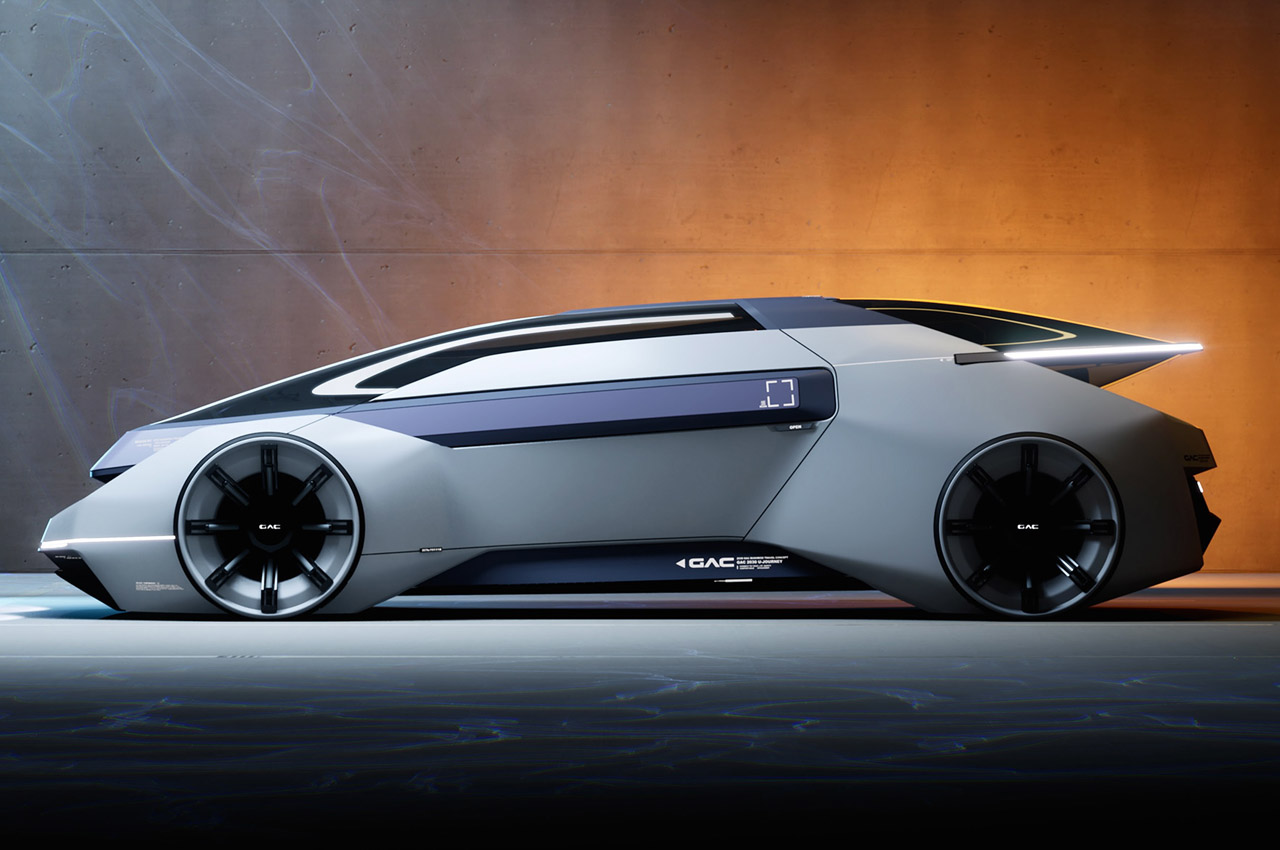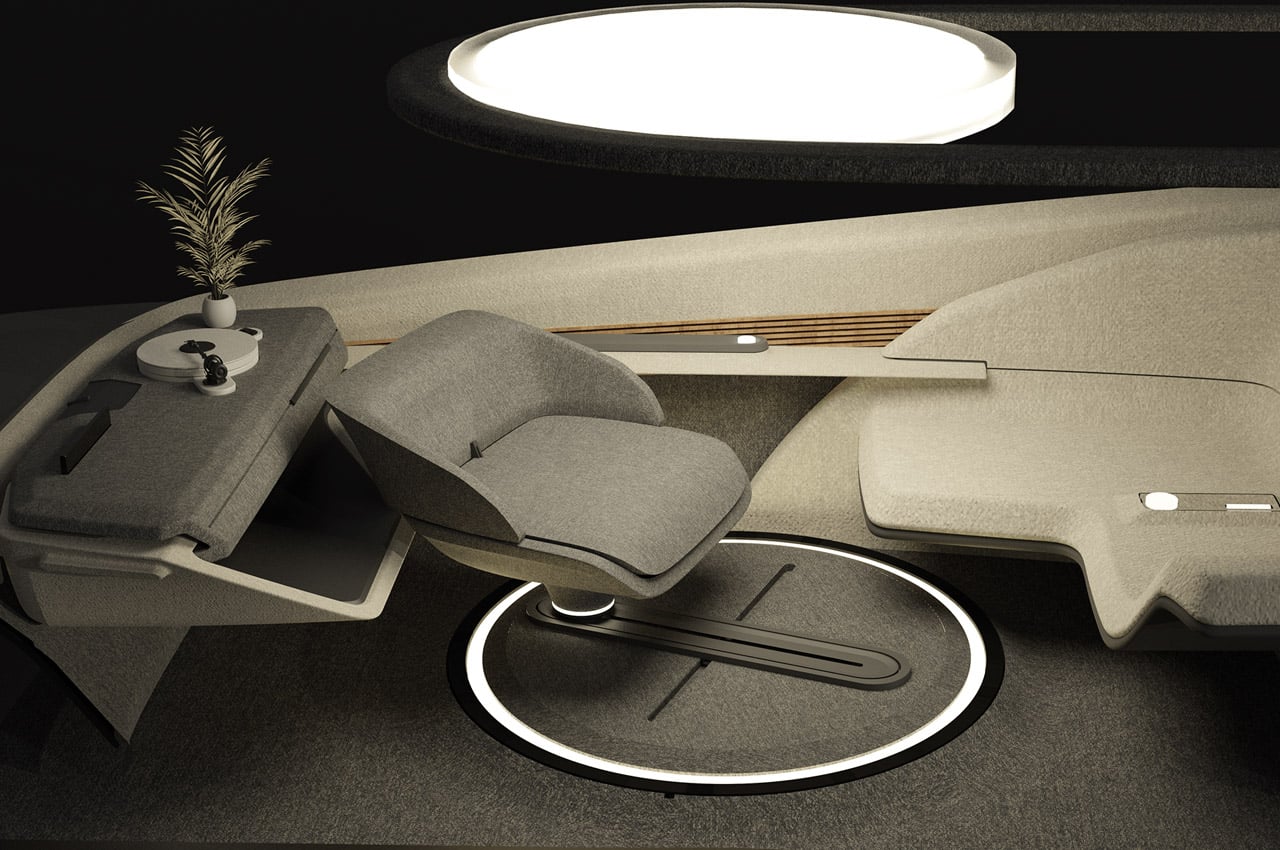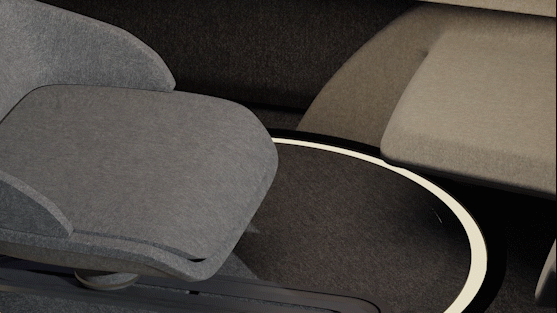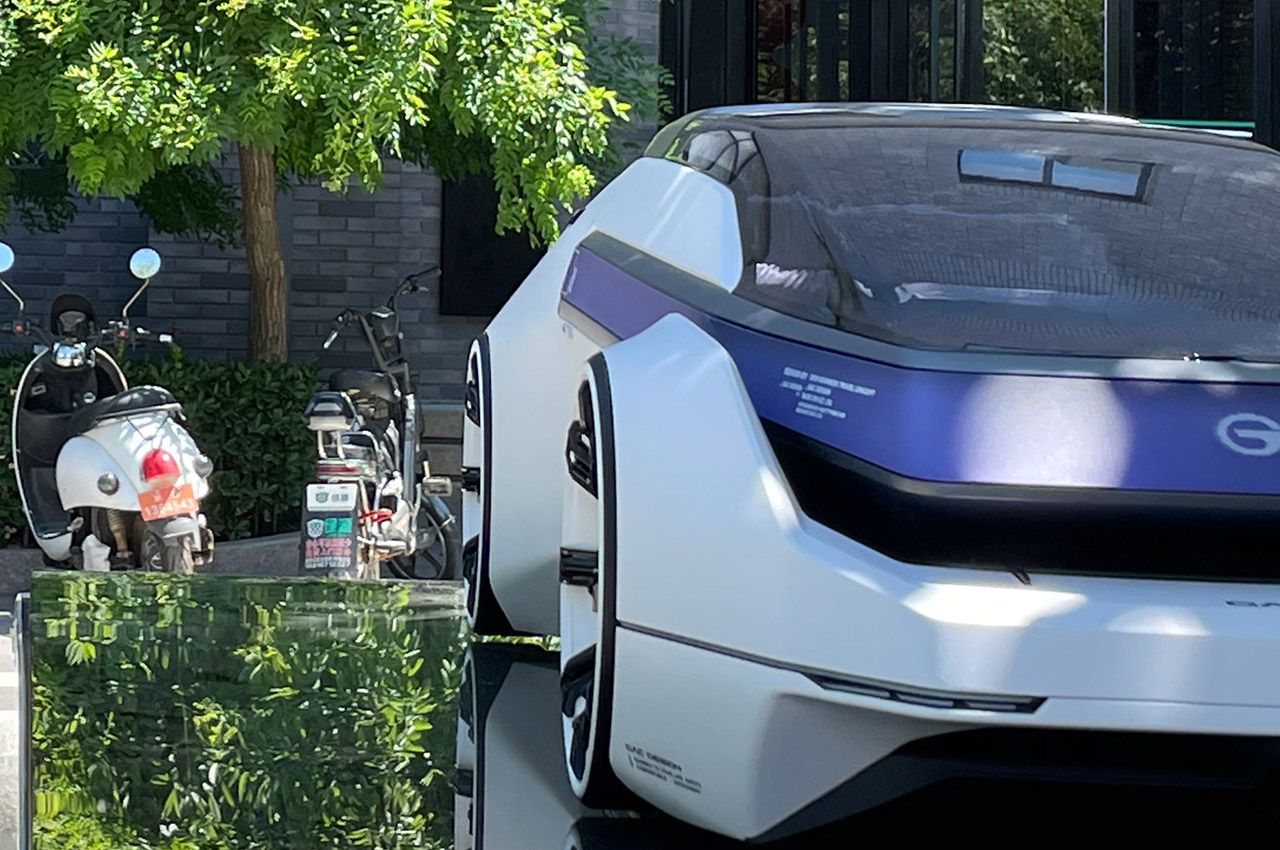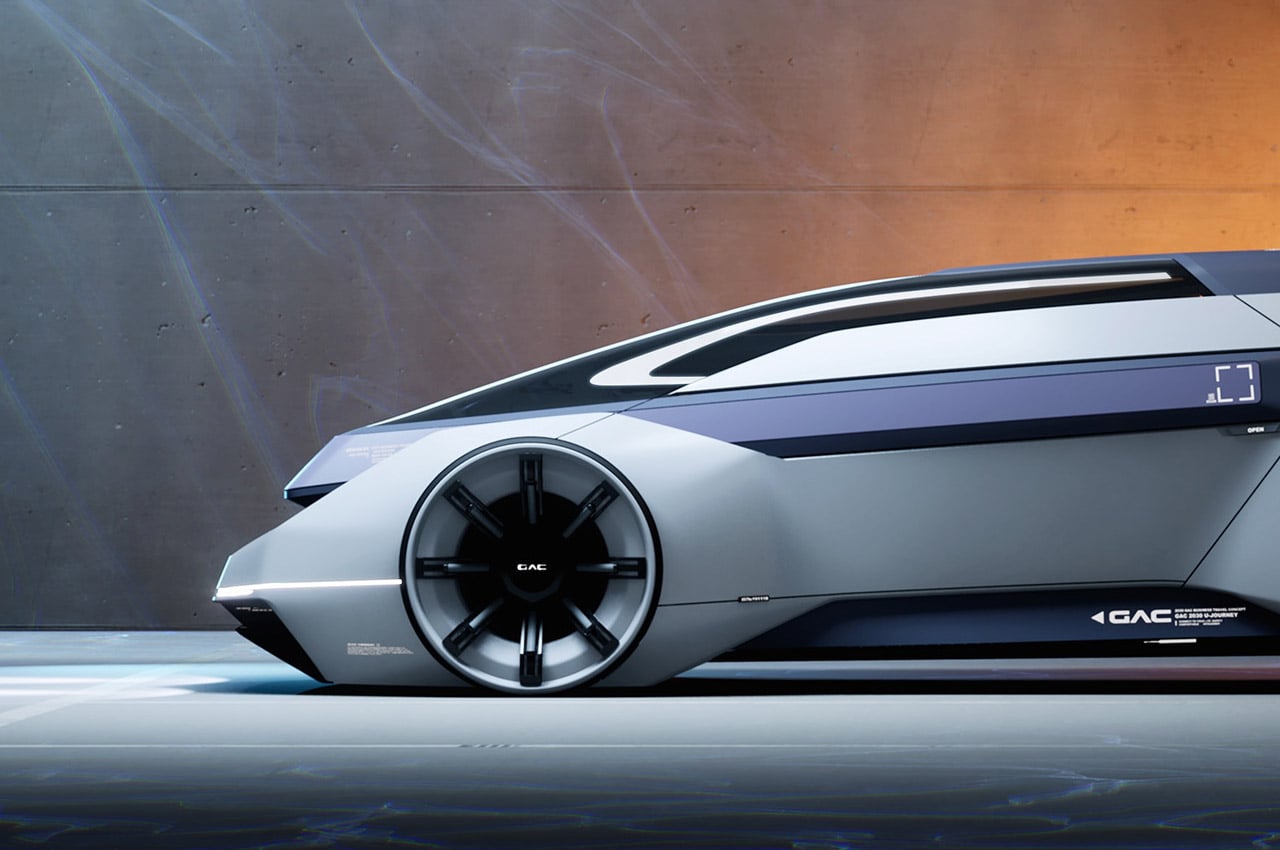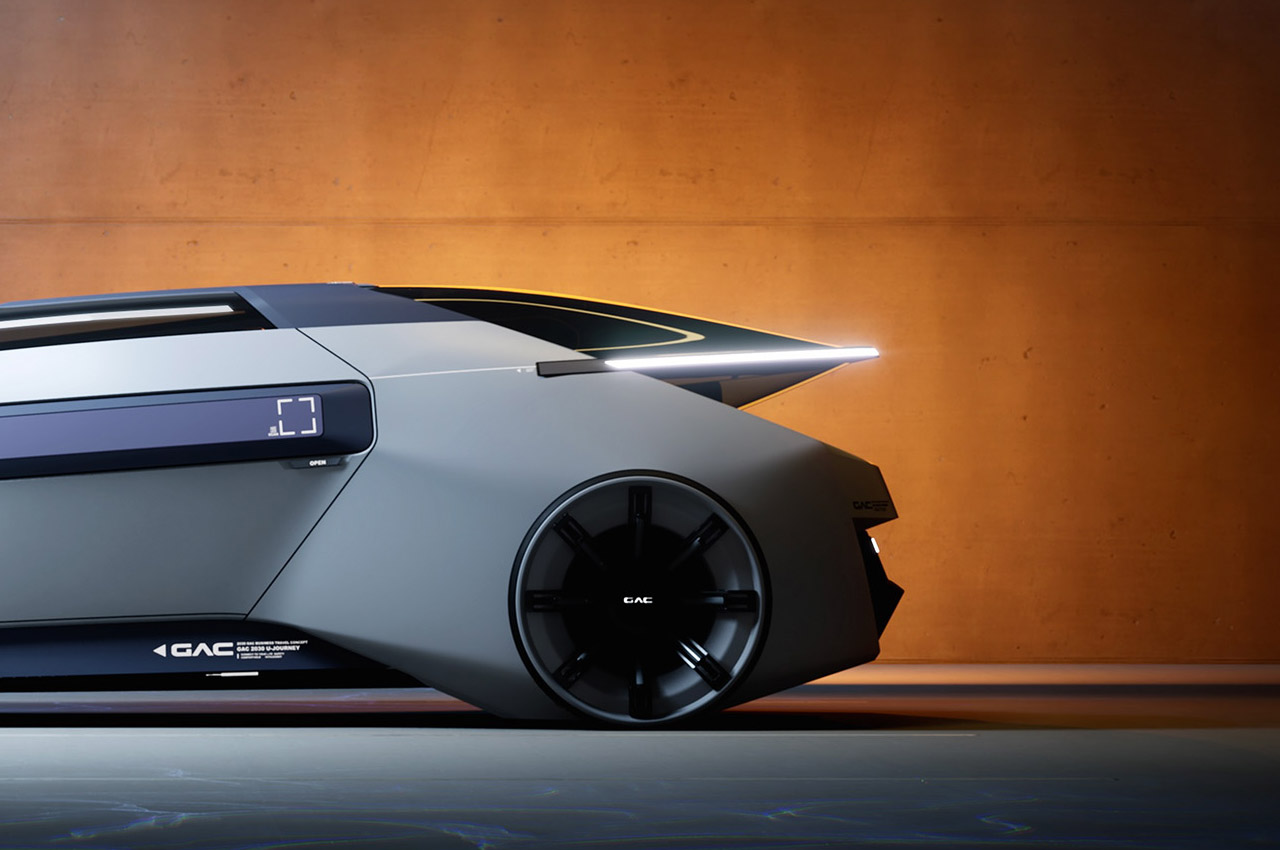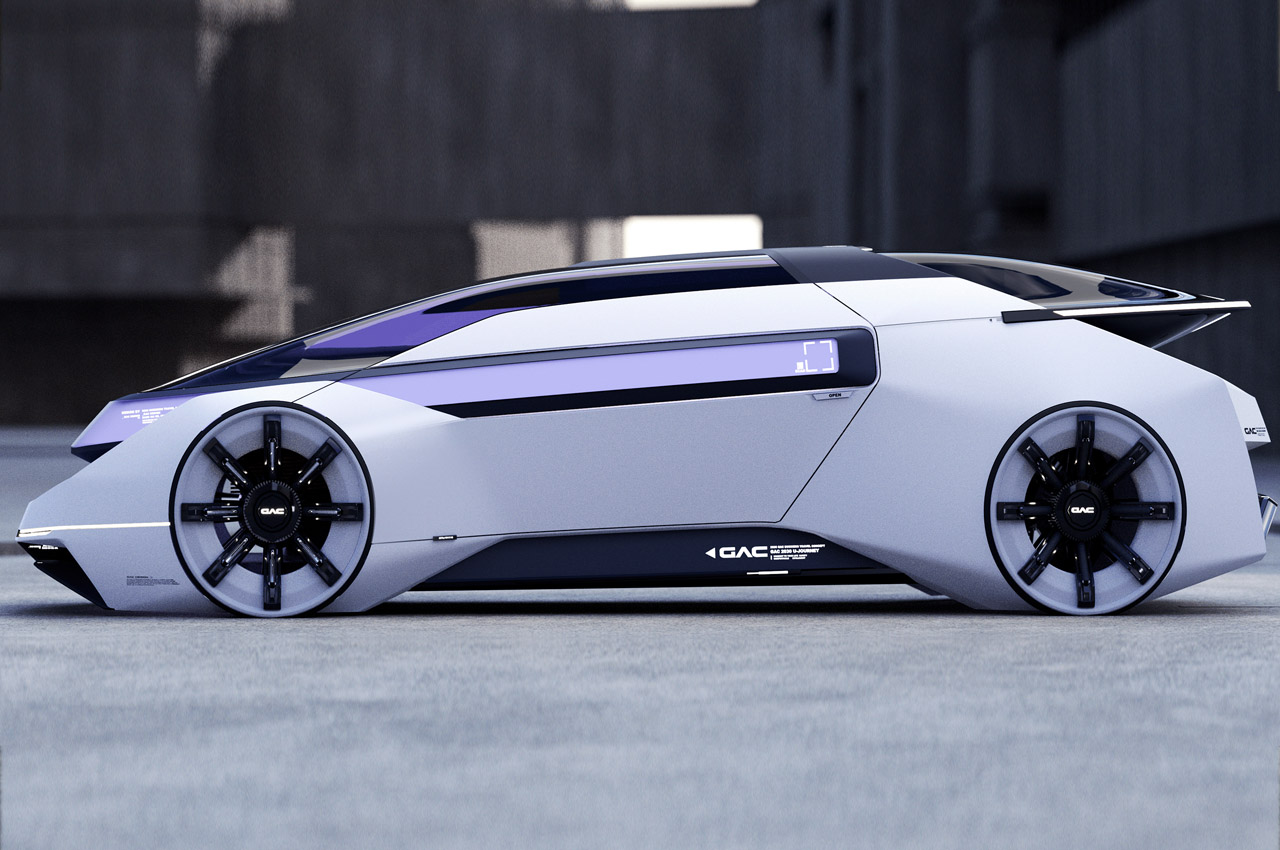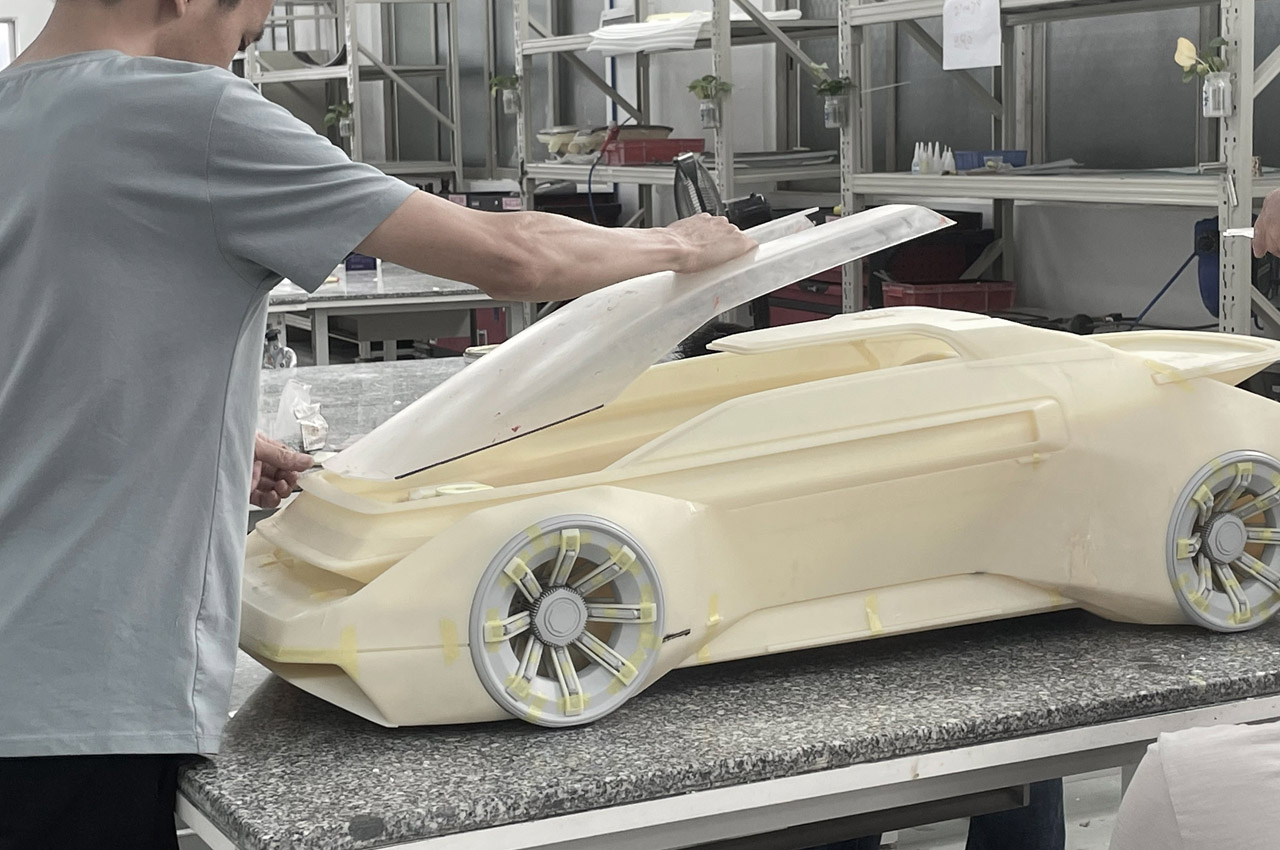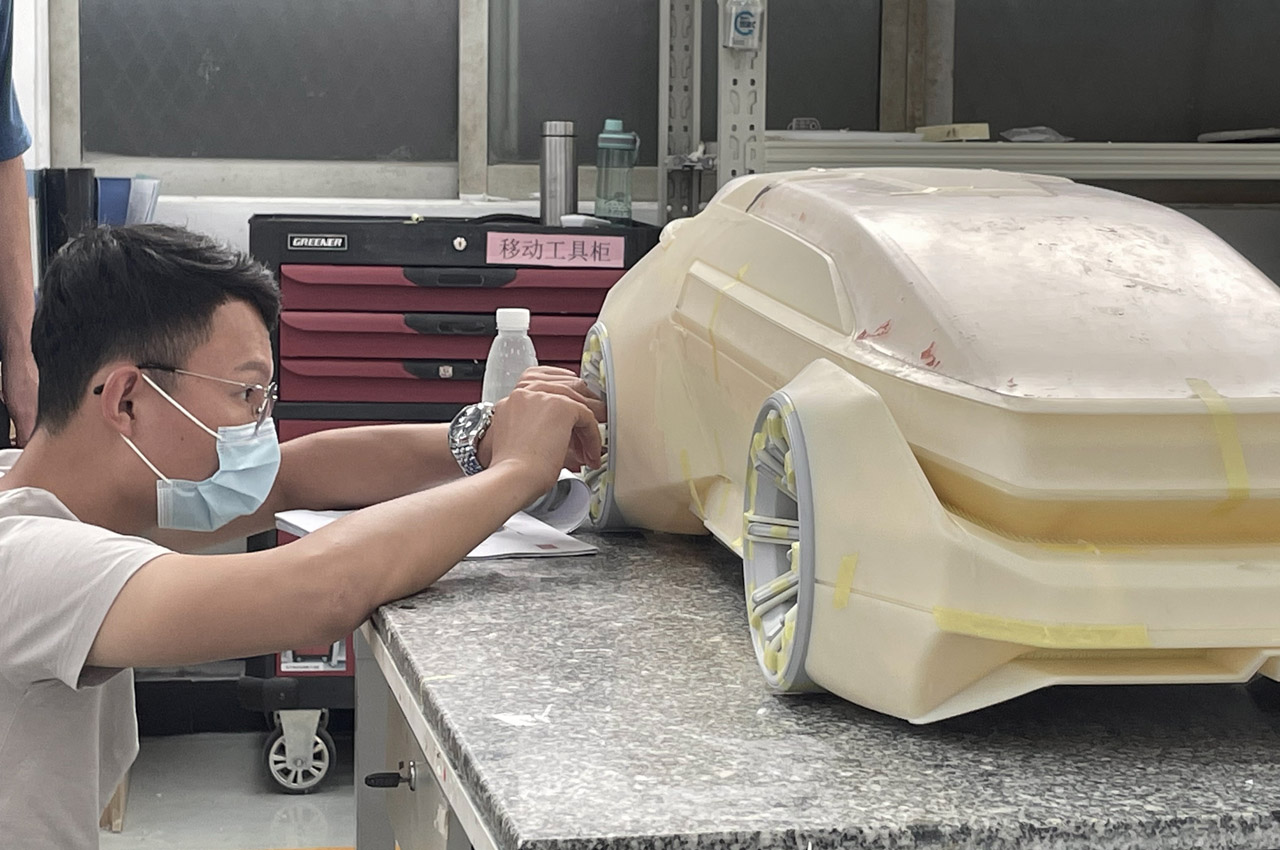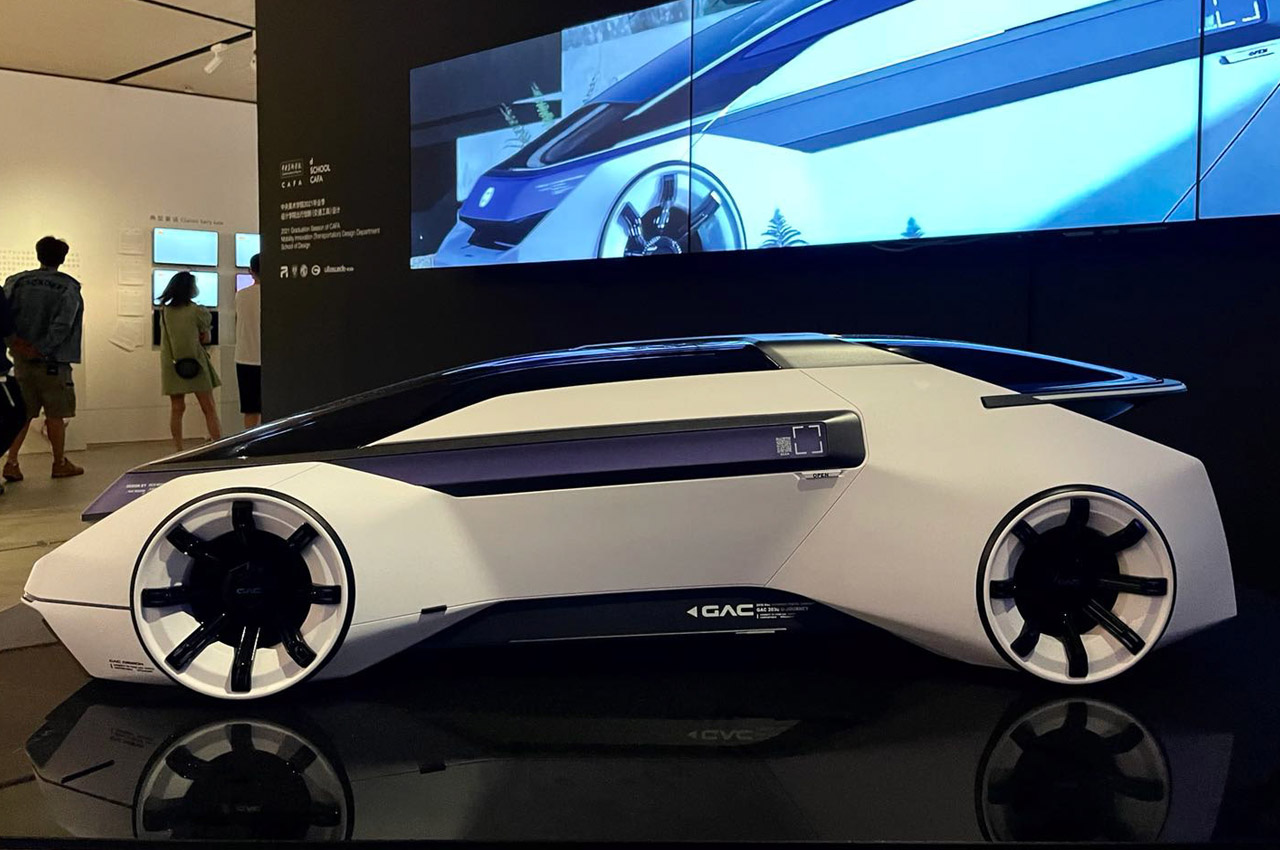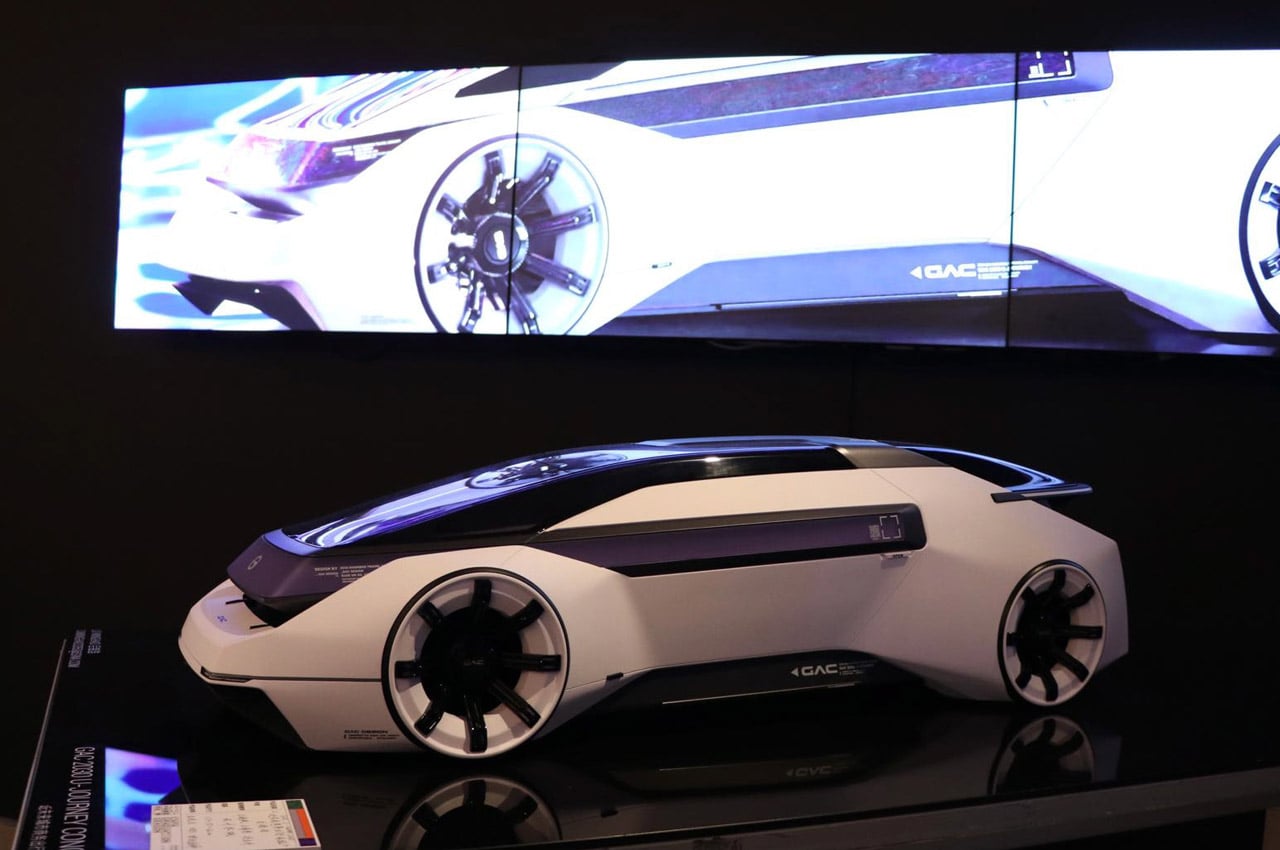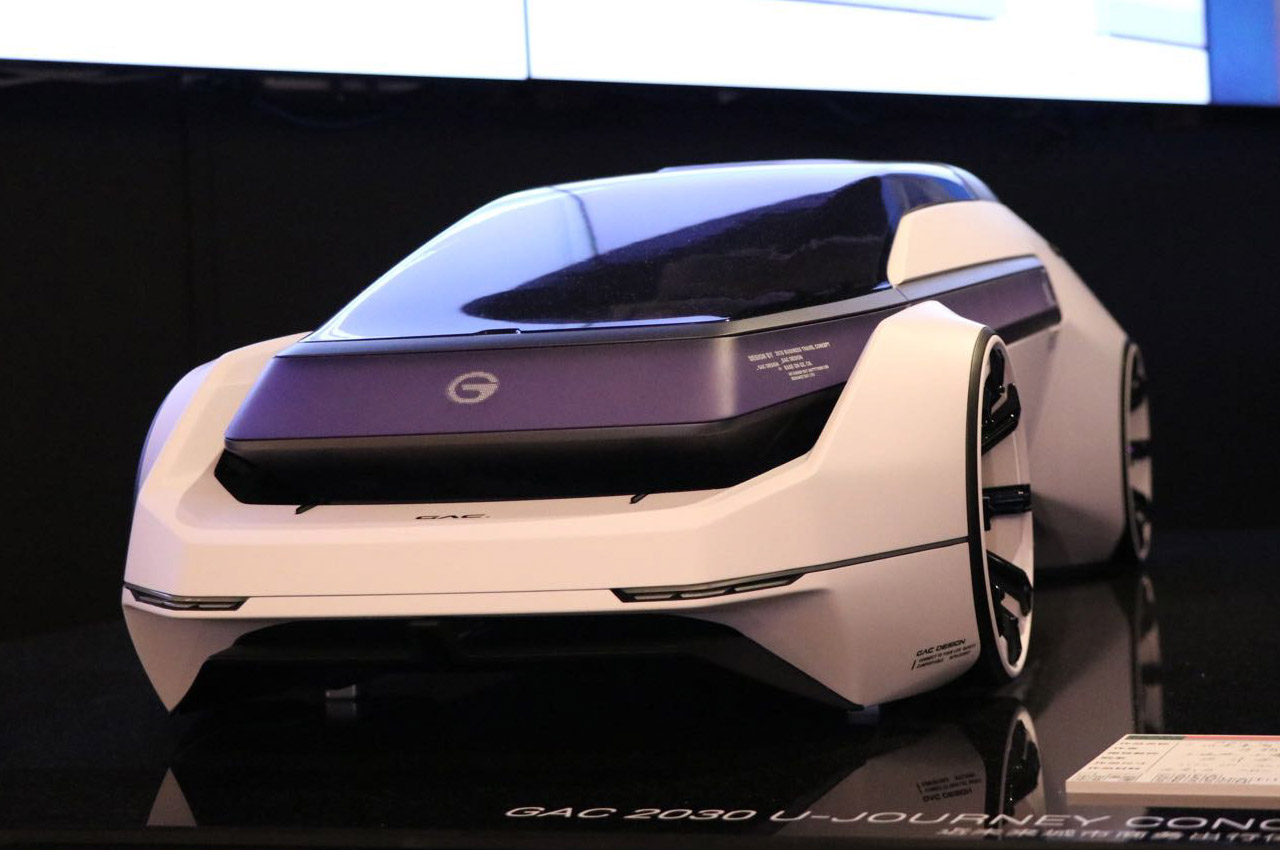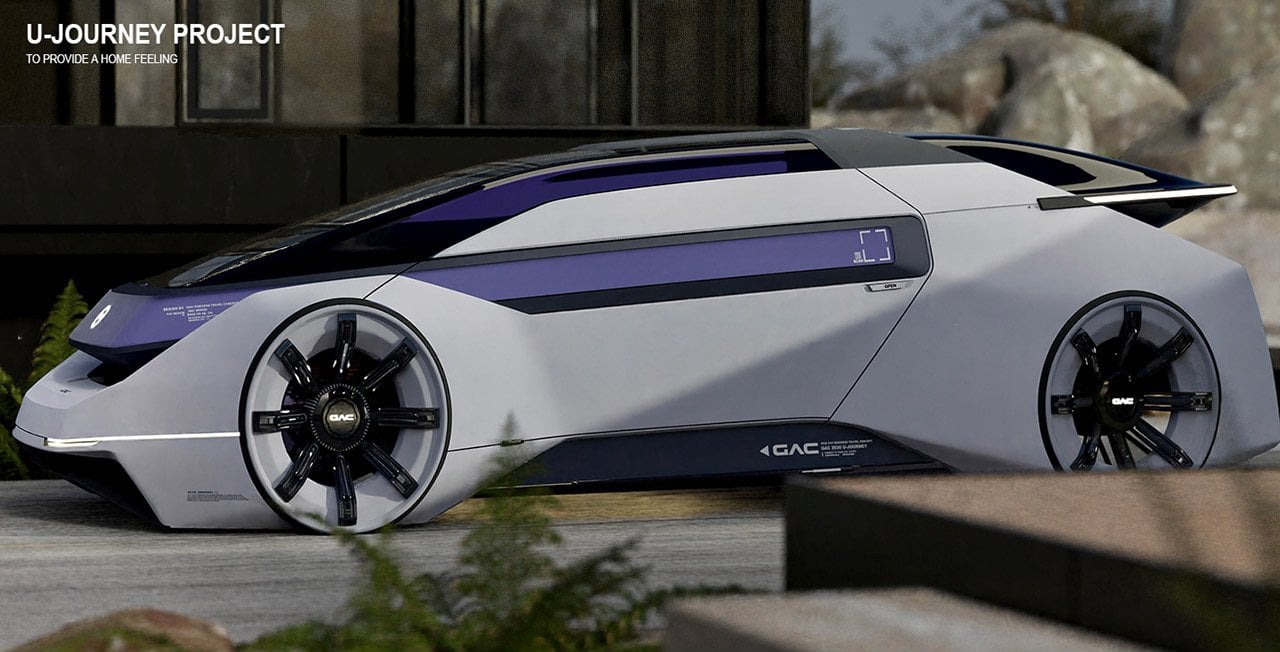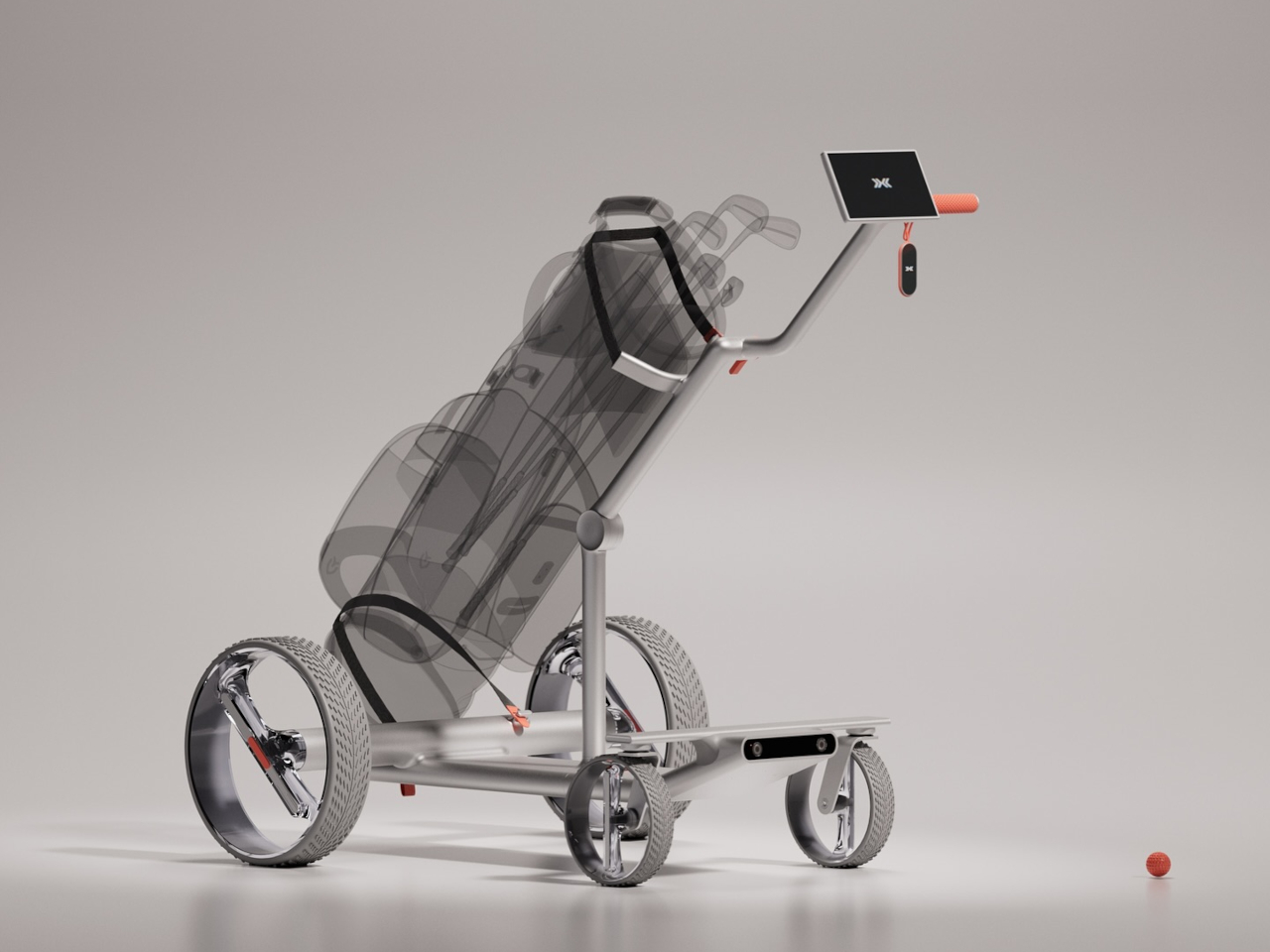
It’s too easy to underestimate golf as a sport, but the ability to hit a small ball with an equally small stick and have it roll into a hole miles away is no easy feat. It requires no small amount of skill, focus, and concentration, all of which could be undone by the stress of having to mind things not directly related to playing the game, such as carrying all those golf clubs. You can always hire people to carry those for you, a.k.a. caddies, but that might not always be a feasible option. We’re at an age where not just vacuum cleaners but also cars can already drive themselves, so why not have a trolley do that as well? And with some AI magic, it can even be your golf coach, too!
Designer: Futurewave, Botronics
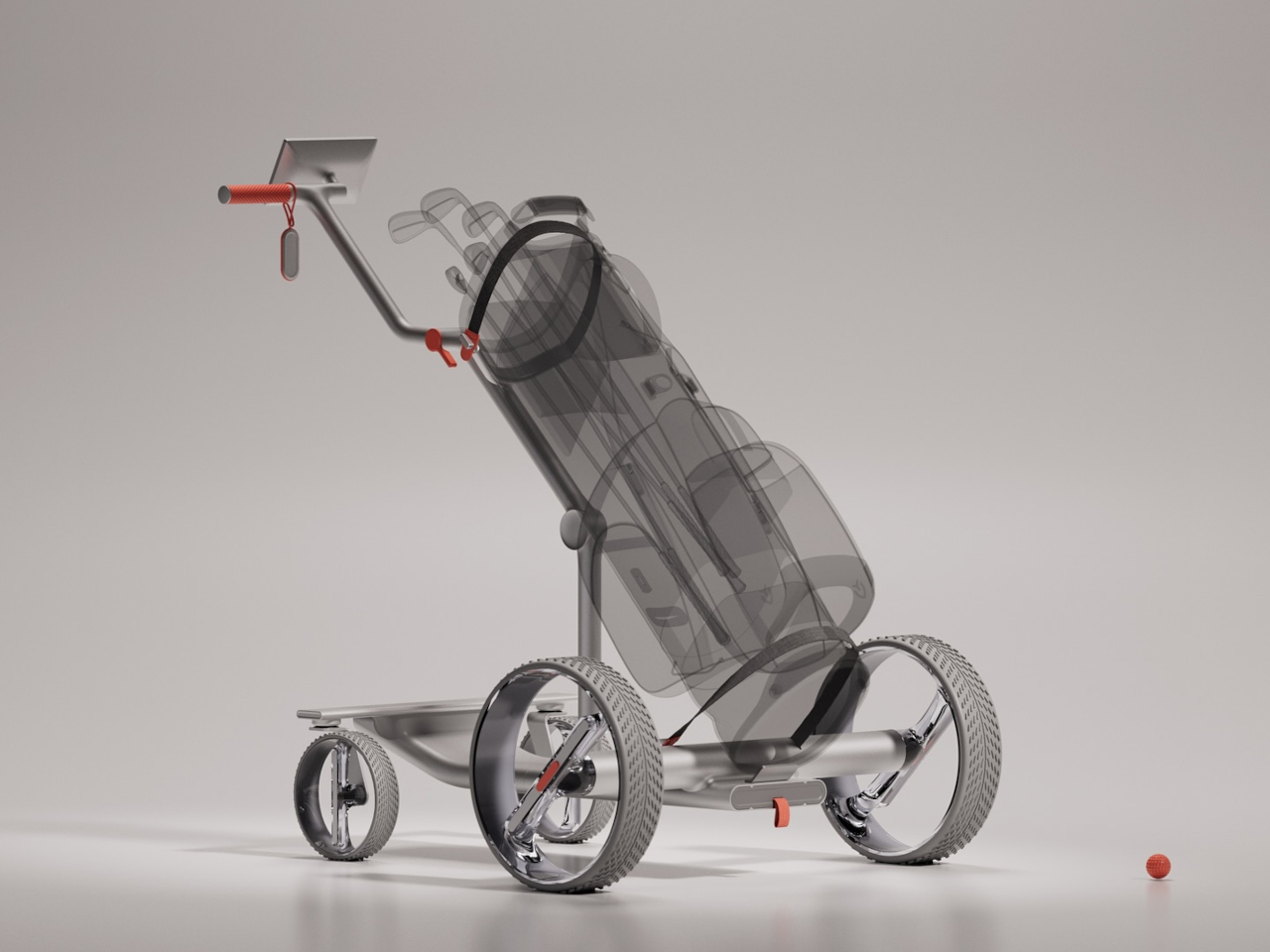
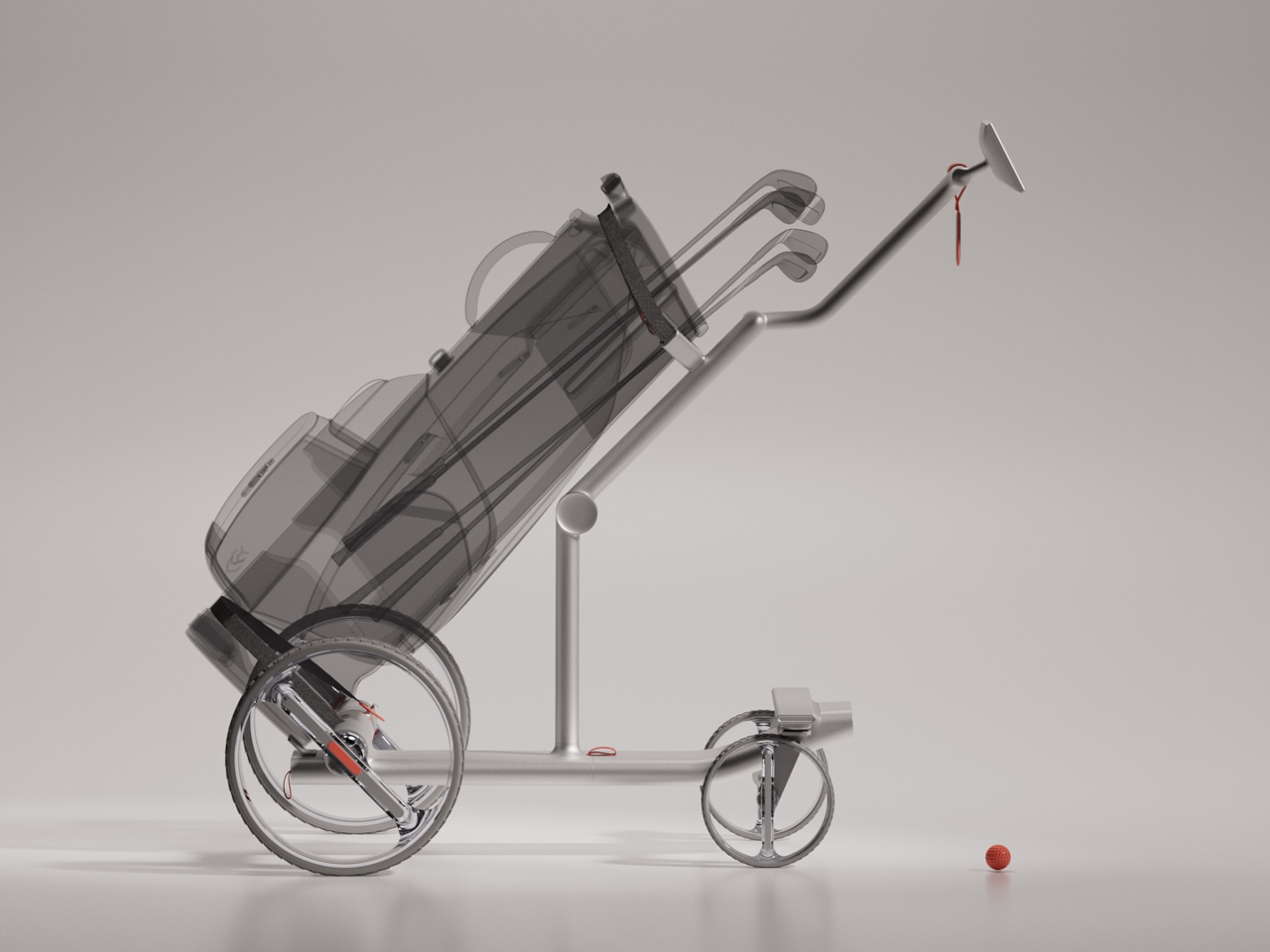
That is the kind of liberating experience that the iXi robot golf trolley is promising. It is an extremely minimalist four-wheeled robot designed to carry your bag of golf clubs and follow you wherever you go. Although it could raise concerns about the potential loss of human employment, the self-driving robot offers players more freedom of movement and convenience without having to worry about needing someone to do that work. It allows them to simply focus on the task at hand: playing golf. It’s like having your own personal caddy, without the potential source of distraction.
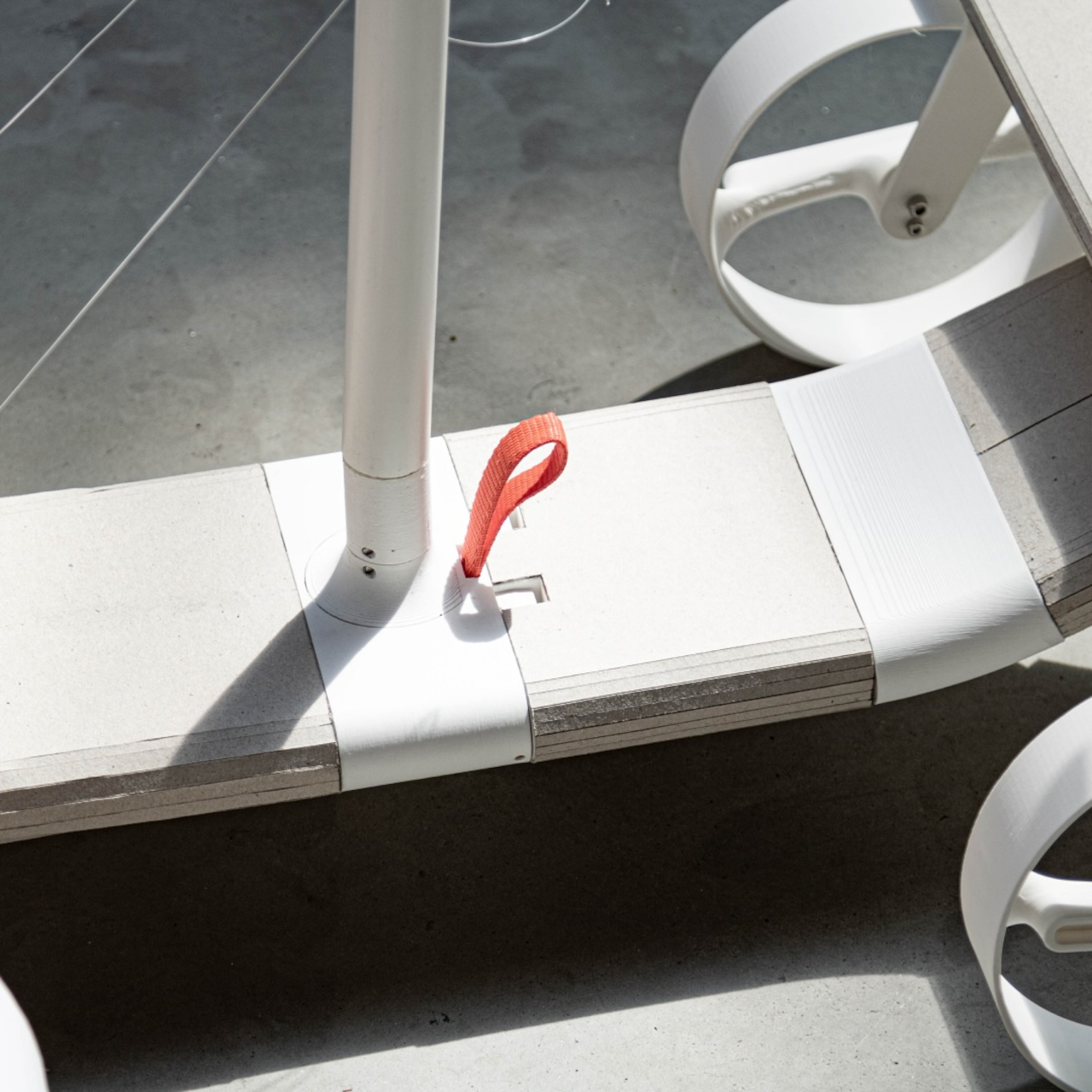
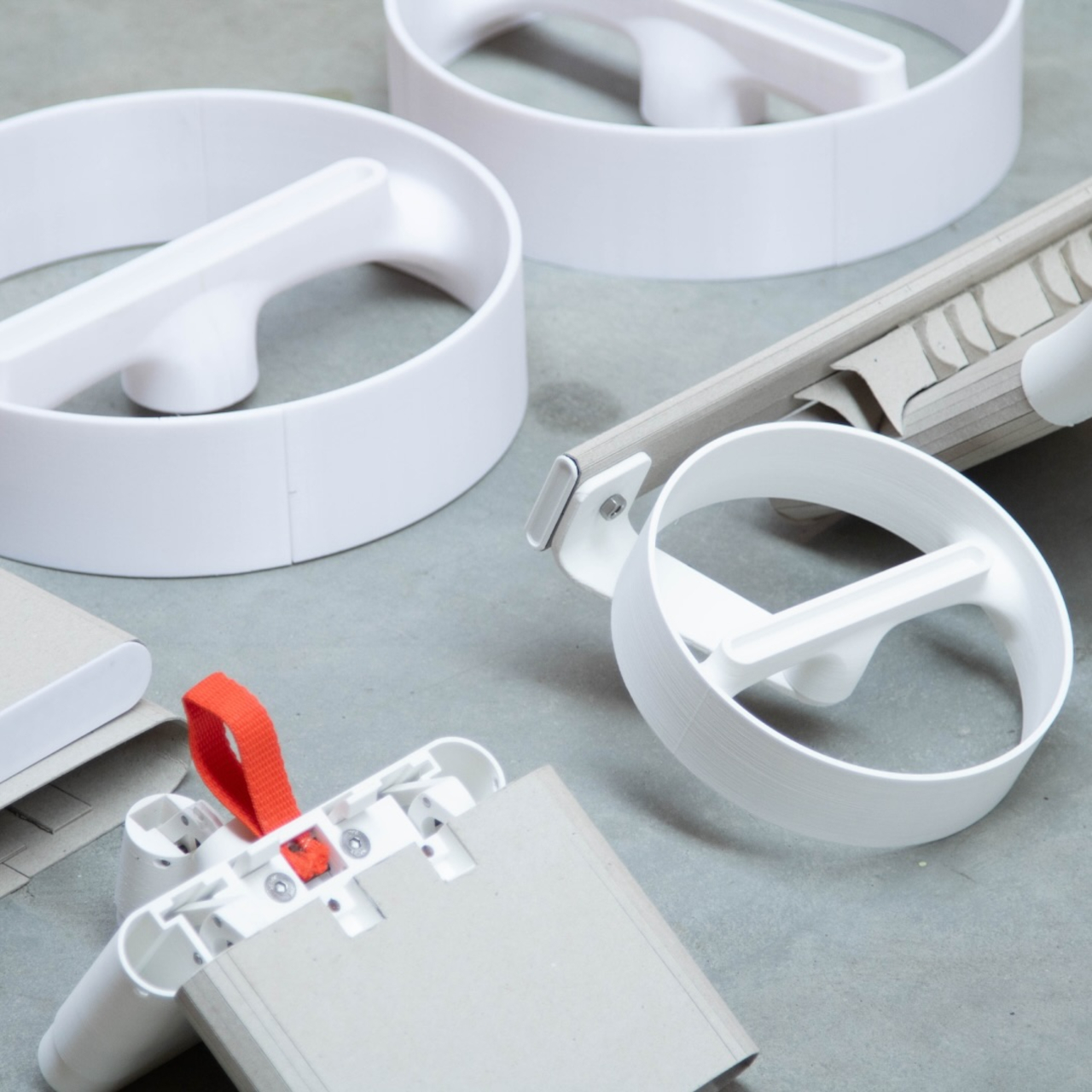
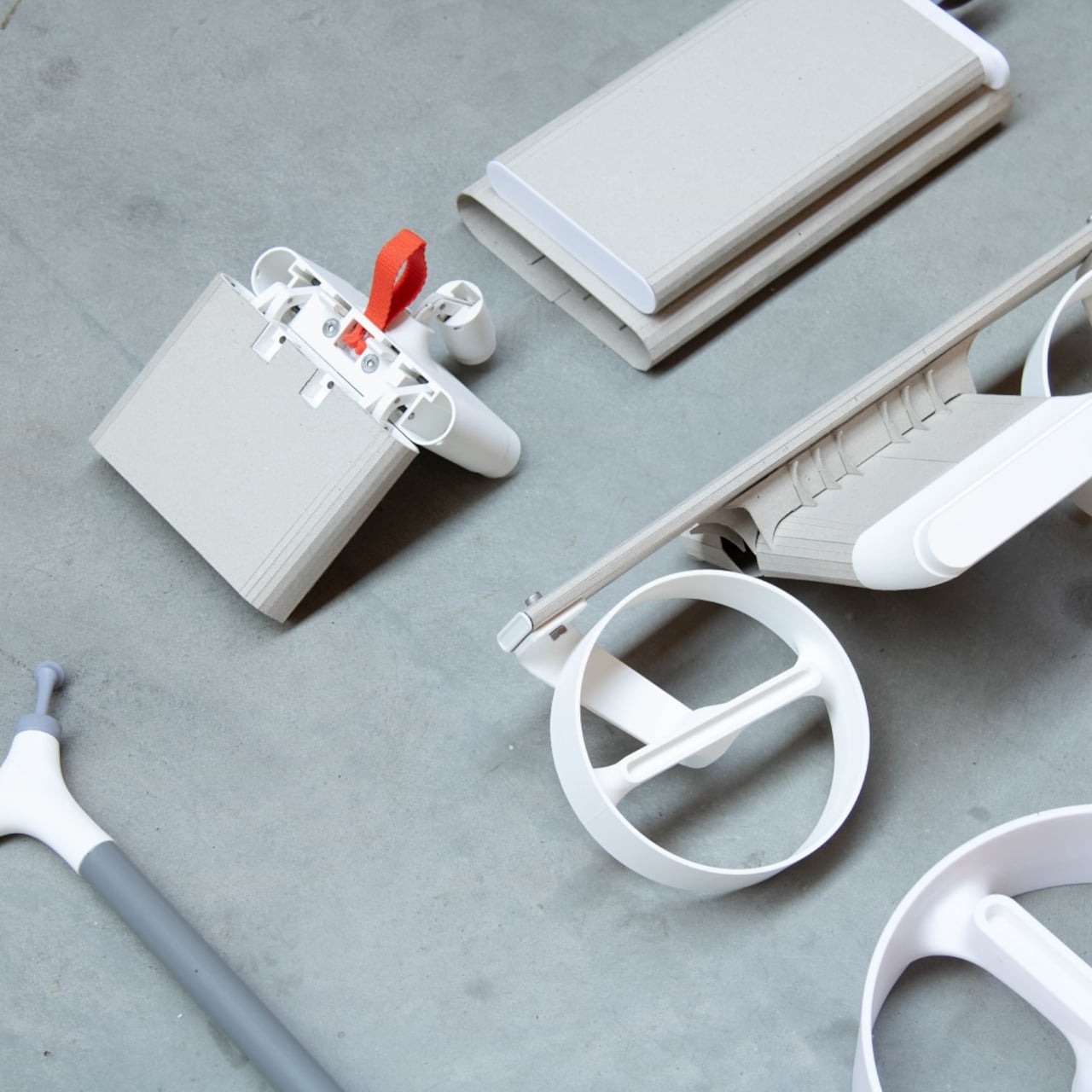
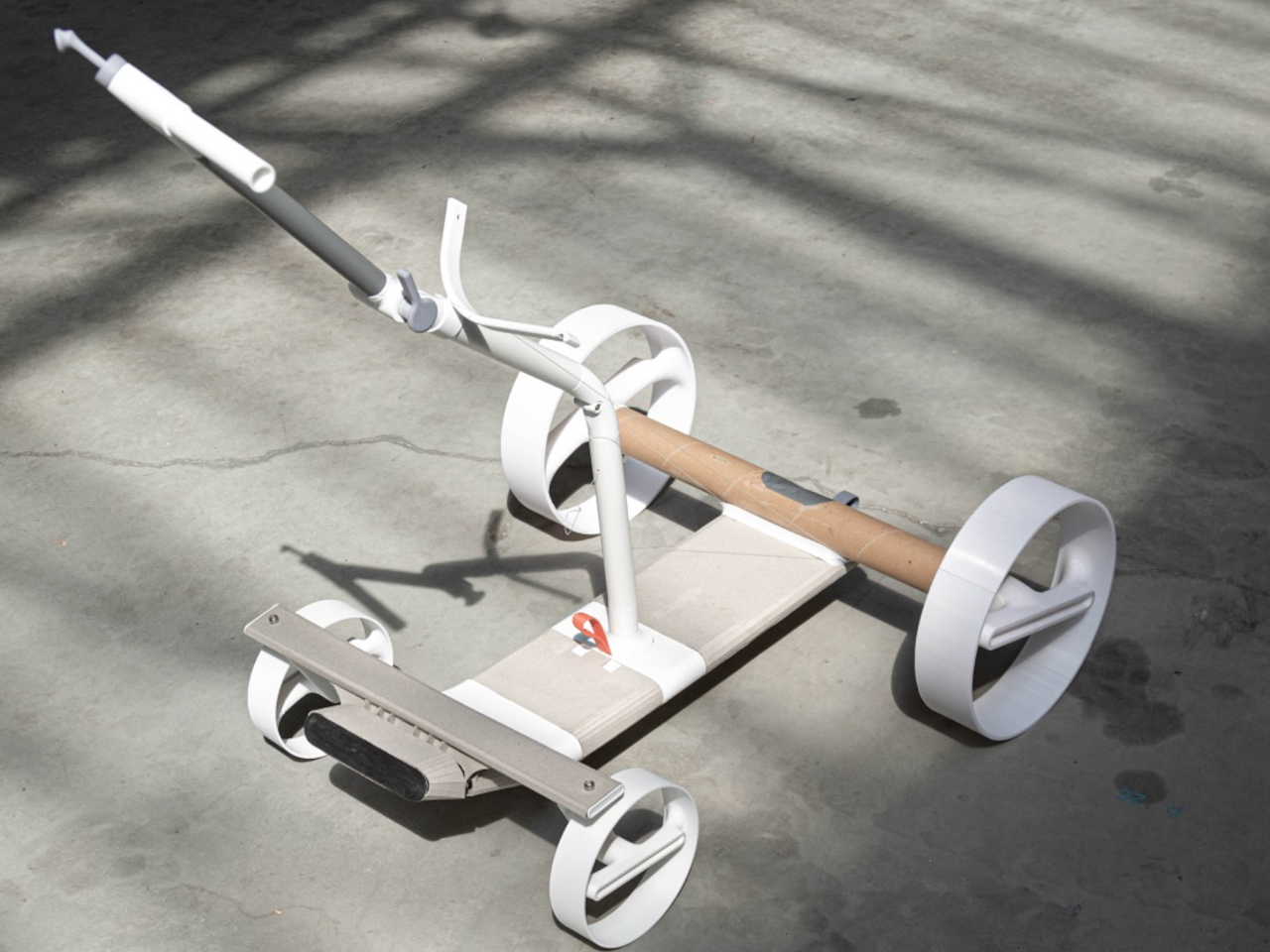
Although iXi does have sensors and intelligence to follow its human owner, its AI also serves a second purpose. It can analyze the player’s swing and offer insights that could help improve their gameplay. It’s pretty much like what those golf smartwatches try to offer, but with a better view of the player’s posture and swing thanks to cameras and sensors. Maybe someday, iXi will even be able to offer the right club to use and have it ready even before the player reaches for it.
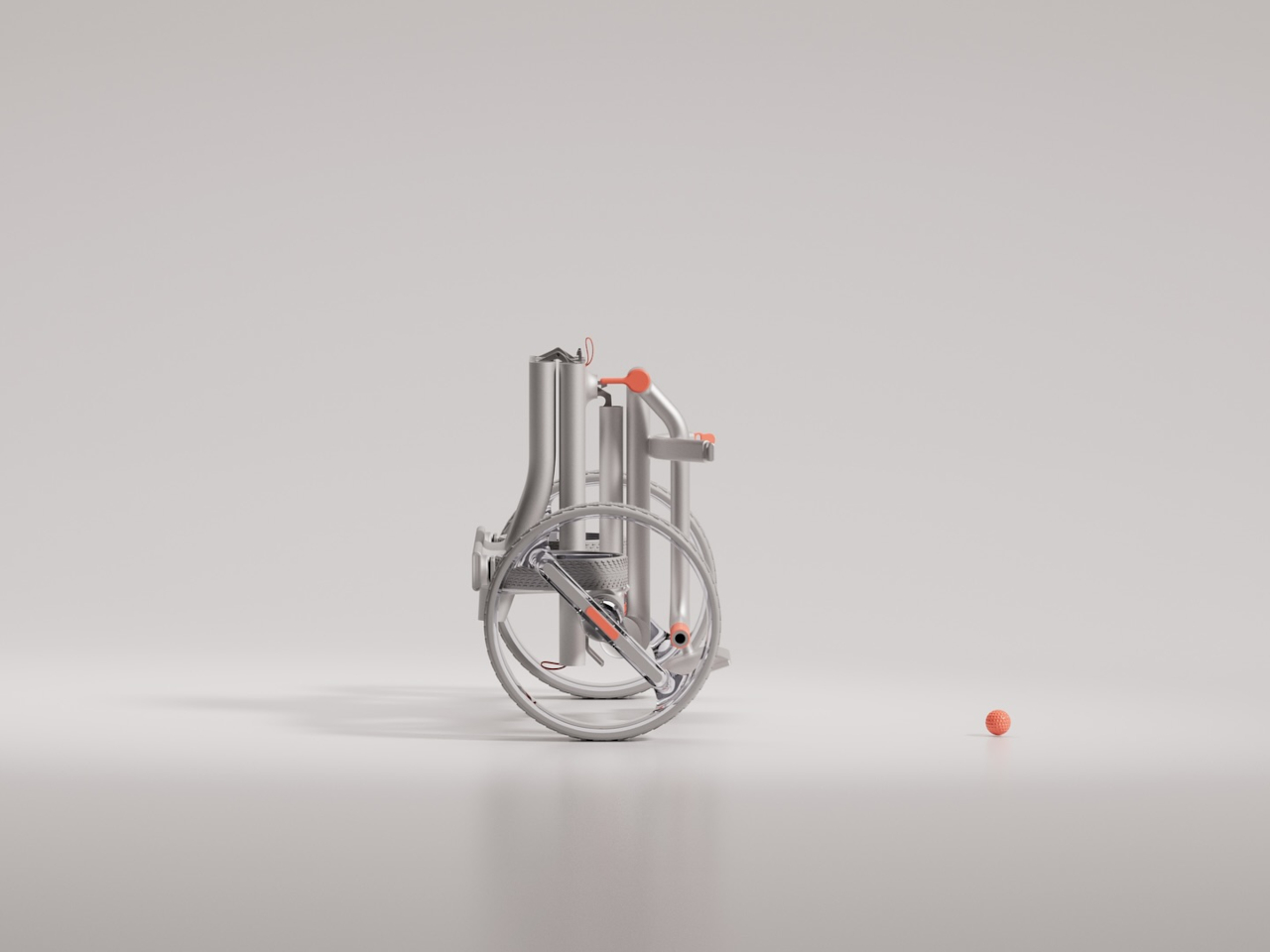
iXi’s intelligence is perhaps hidden by its extremely simple design, a platform with four wheels, a post to support a golf bag, and a handle that holds the screen controller. This design was made by choice, of course, as it makes it easy for the trolley to fold down into a compact form for easier transport. It could save you not only space but also money in the long run, without losing the peace of mind that comes with not having to carry a heavy bag of clubs on your shoulder every time you have to move to the next spot.
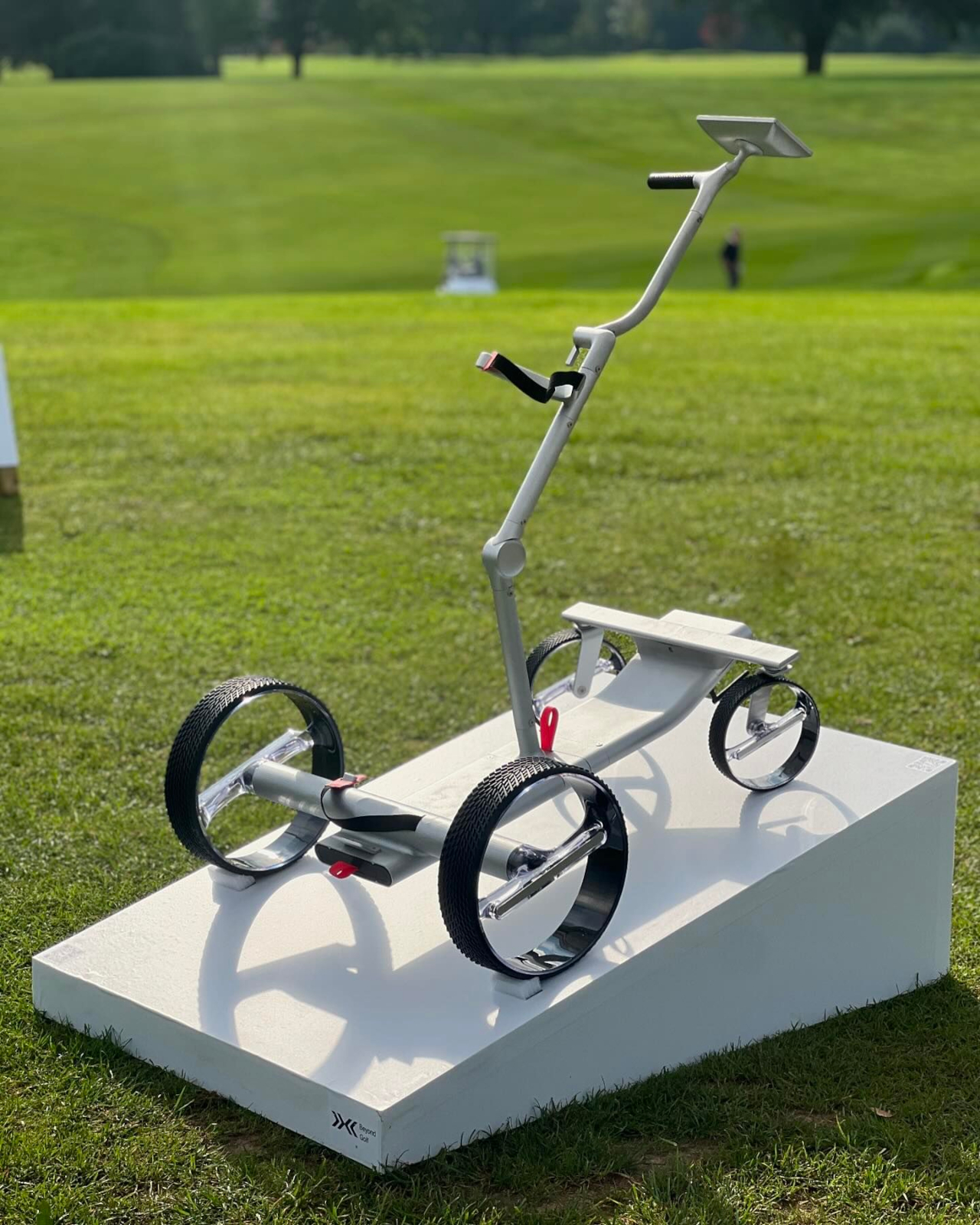
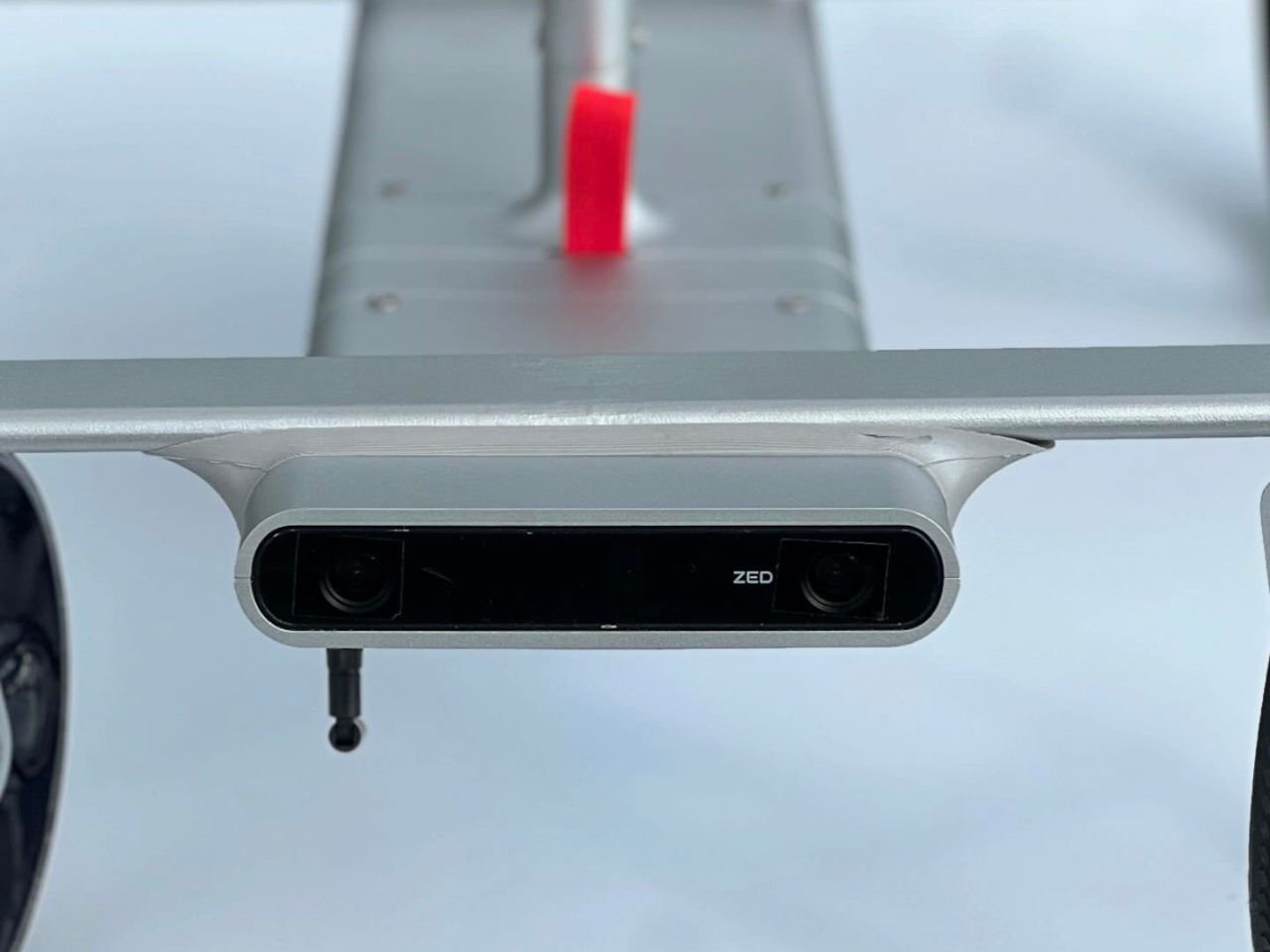
The post AI-powered self-driving golf trolley can follow you around and give you tips first appeared on Yanko Design.
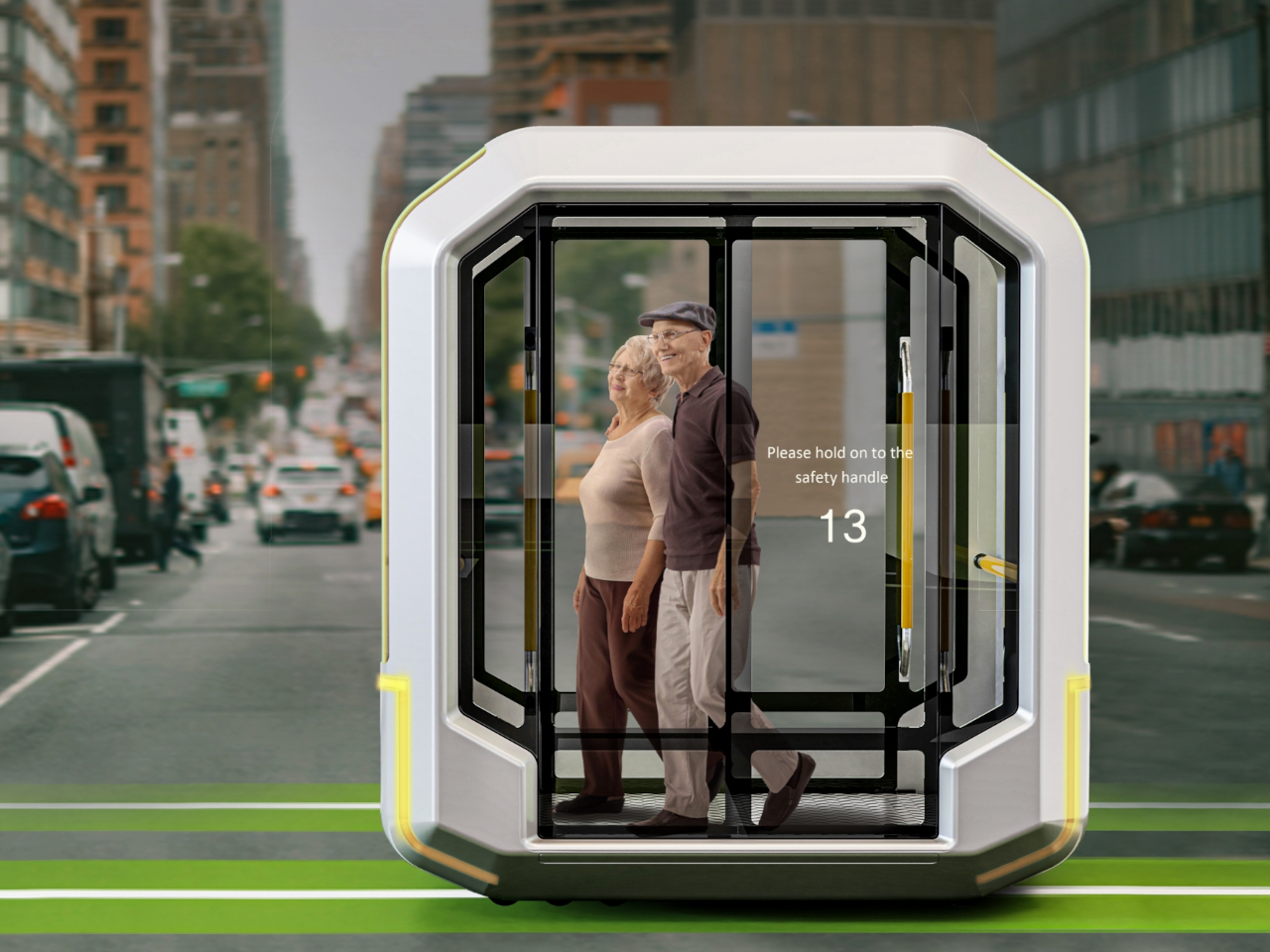
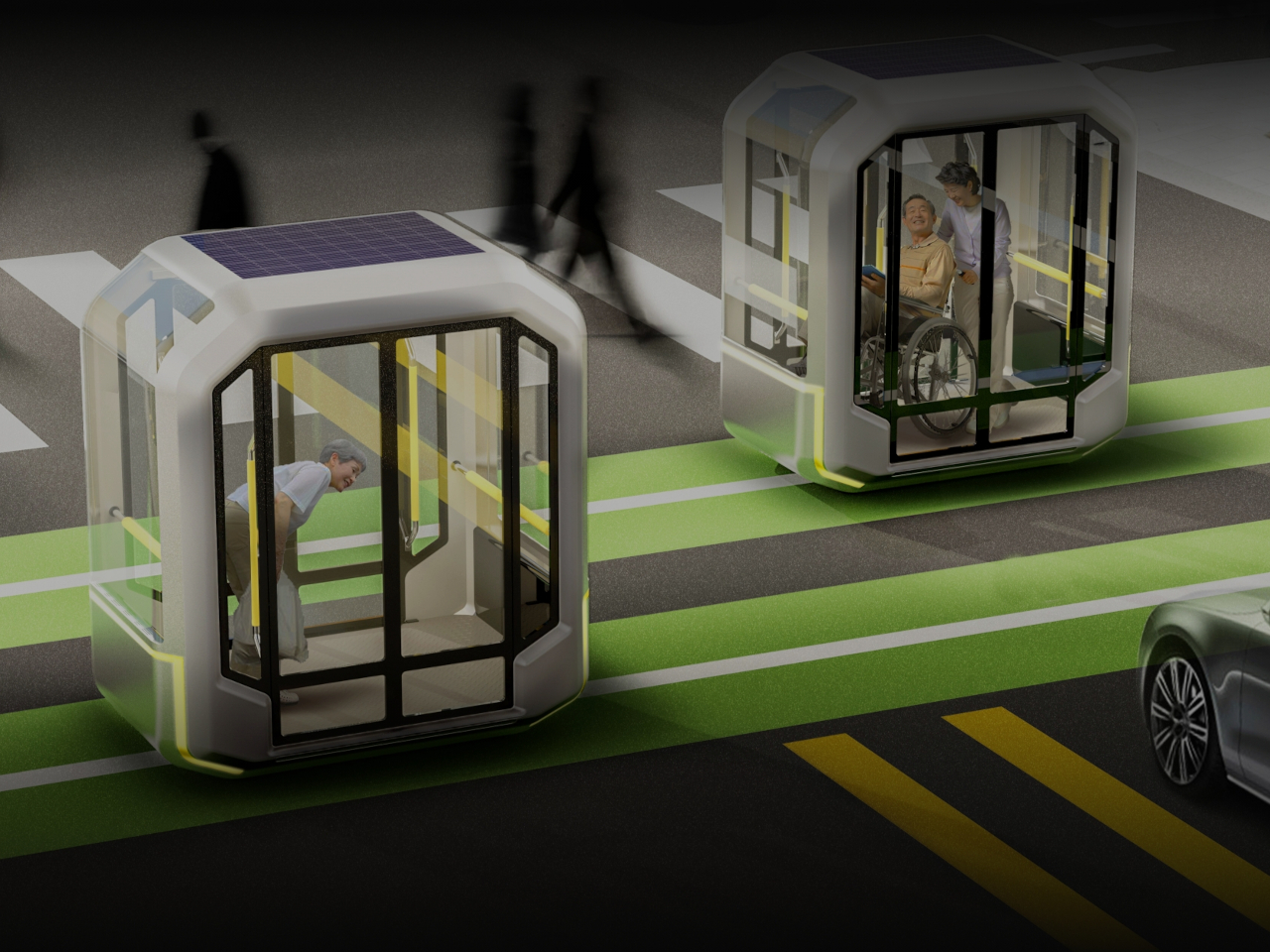
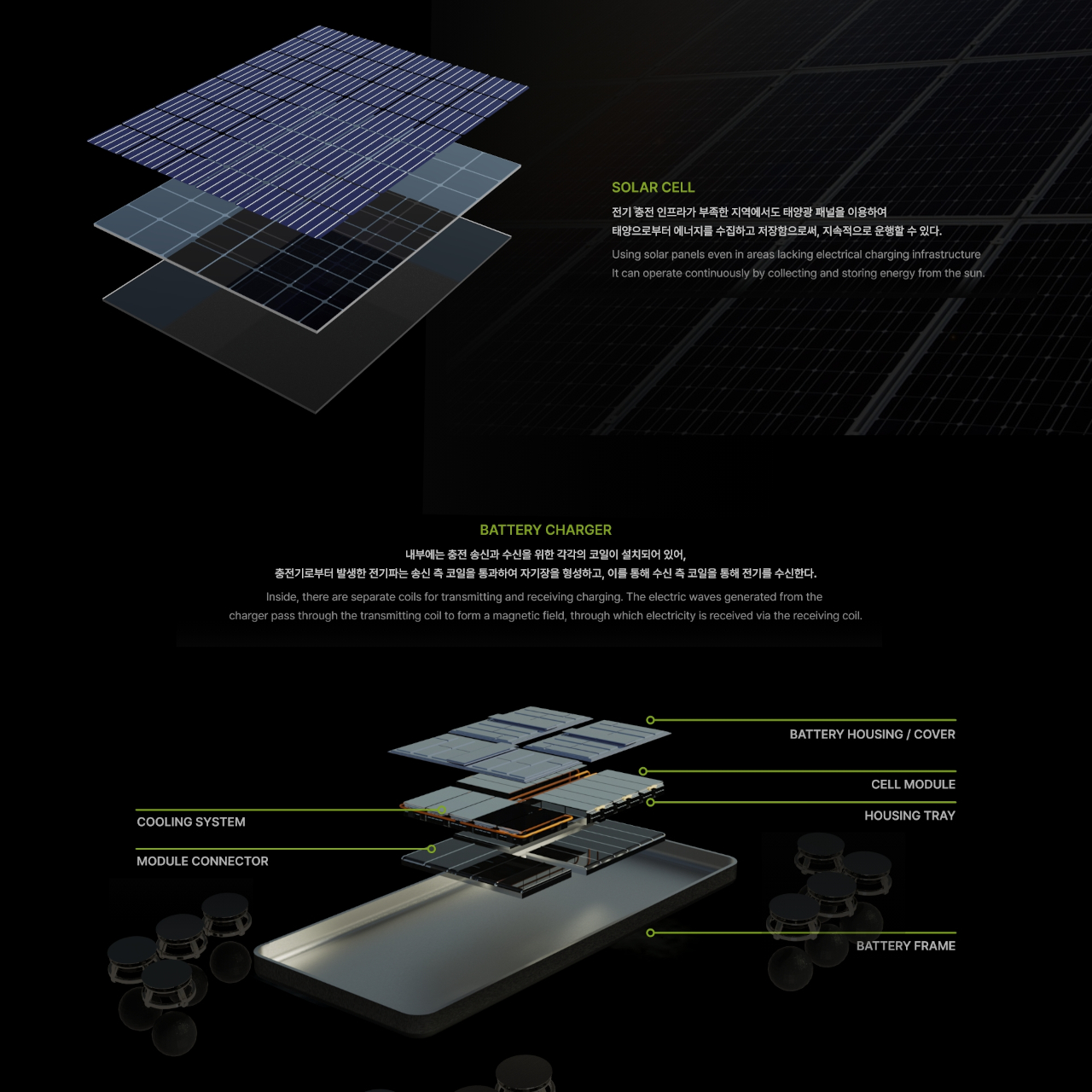
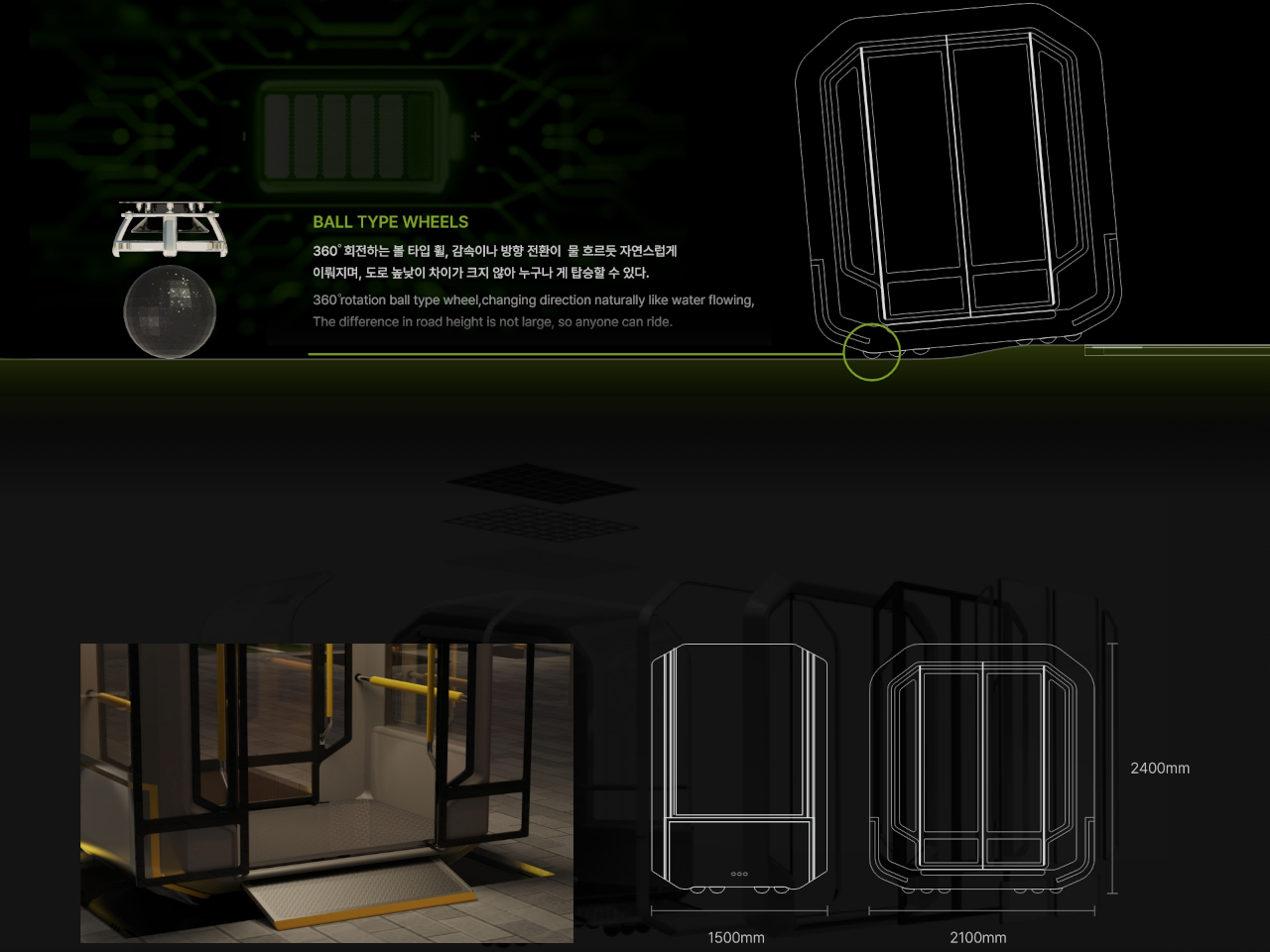
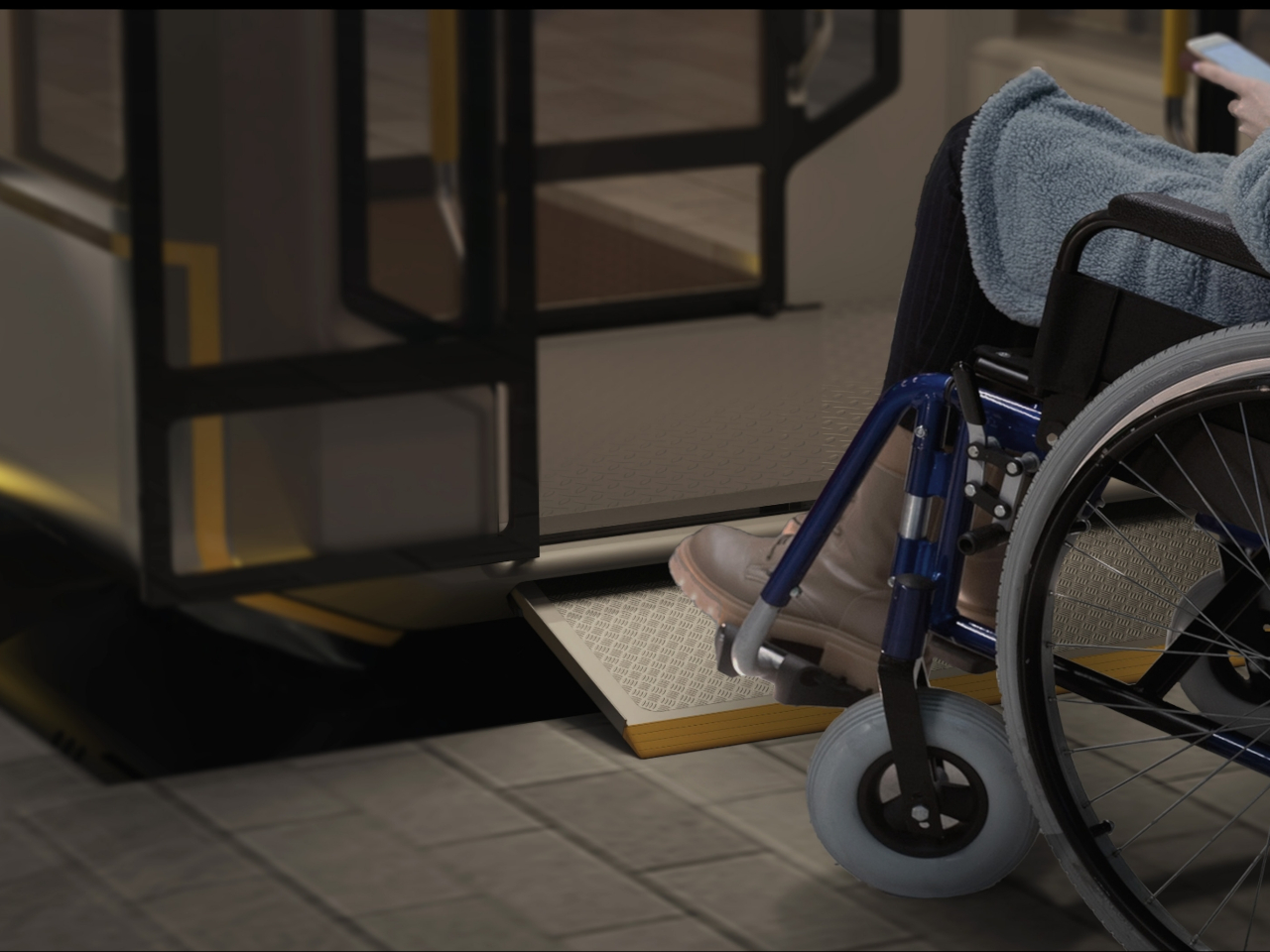
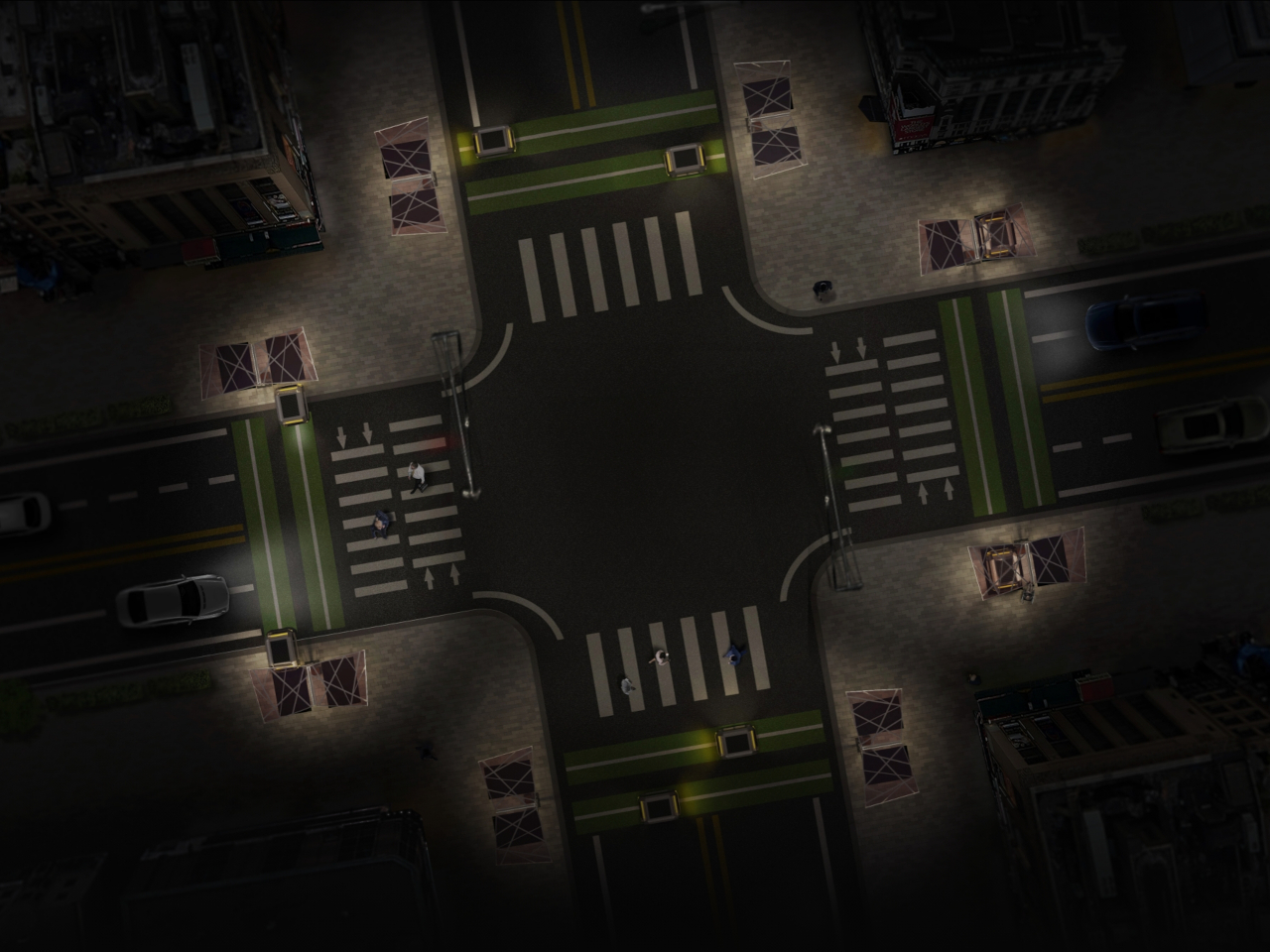
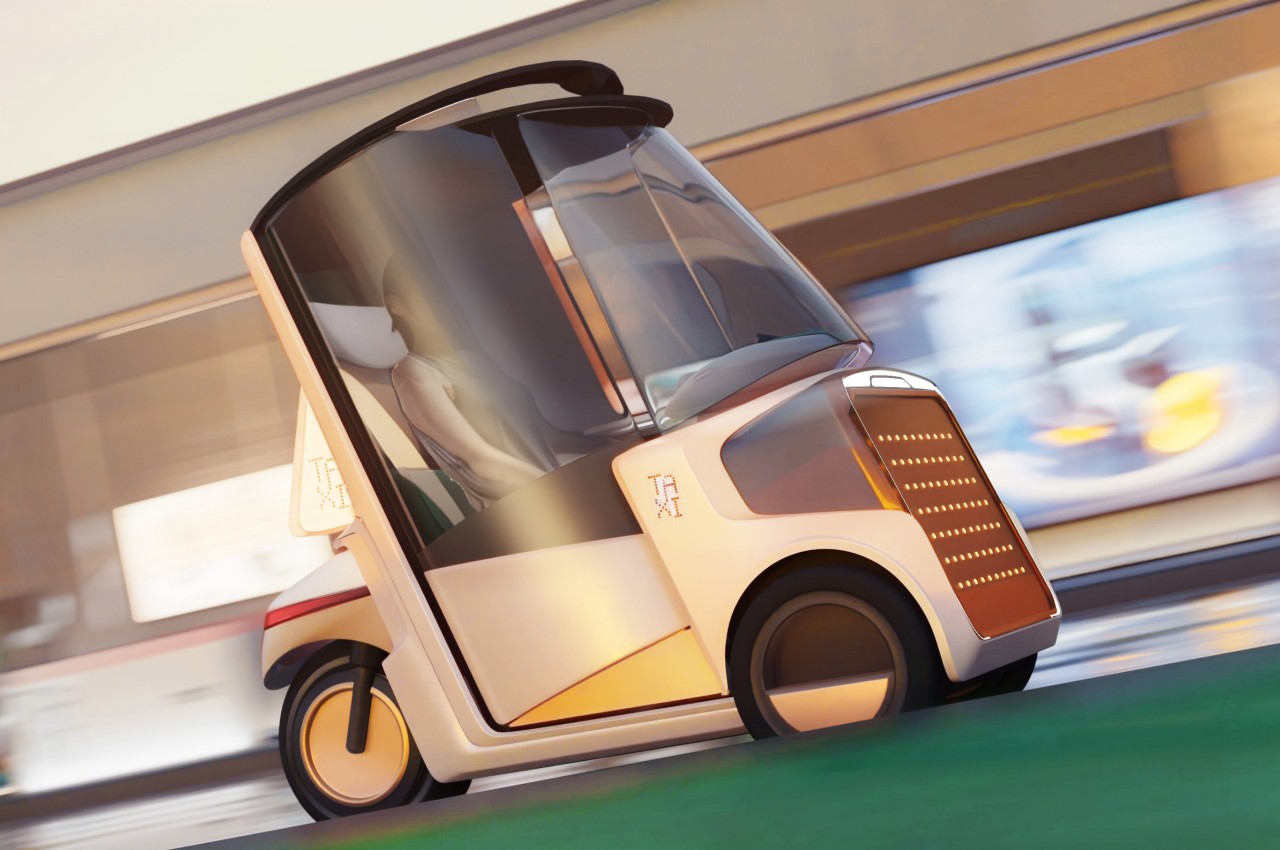
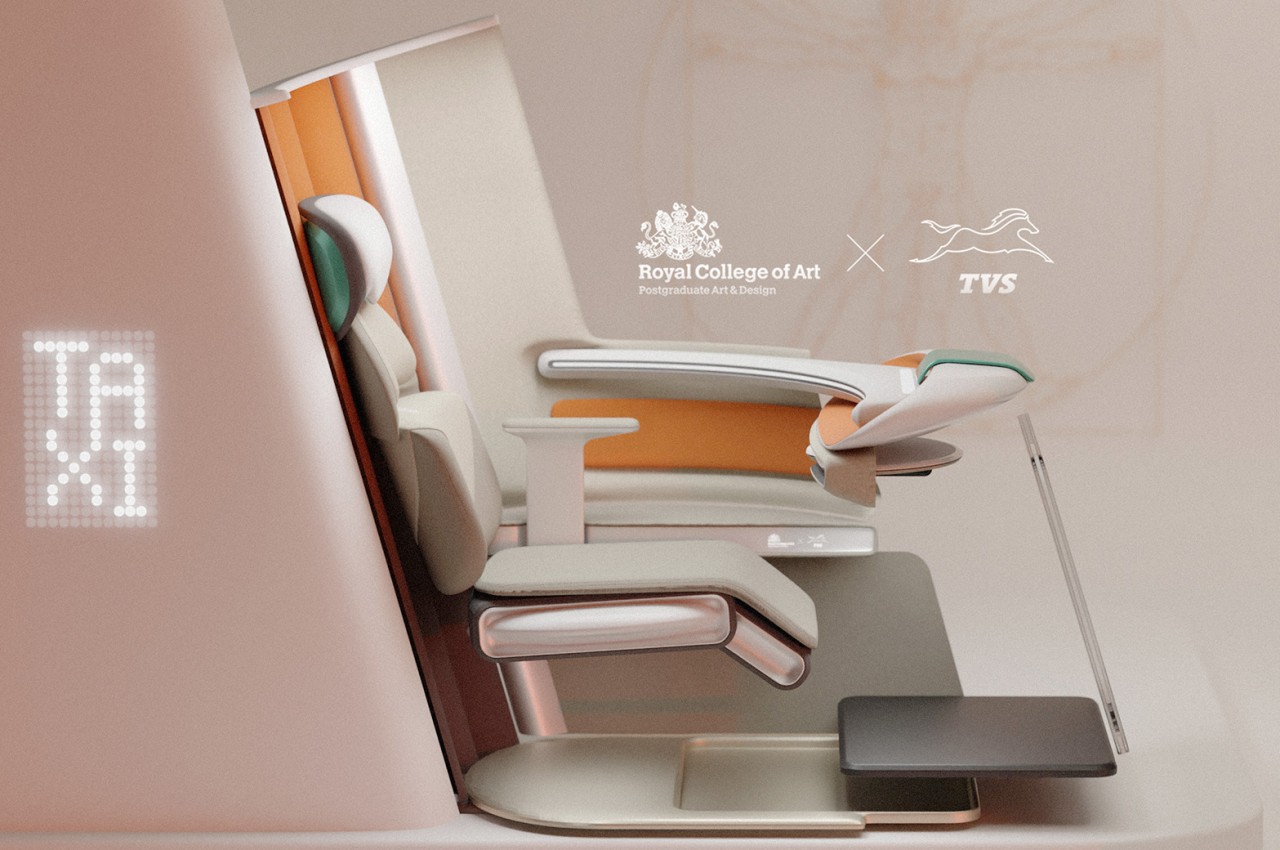
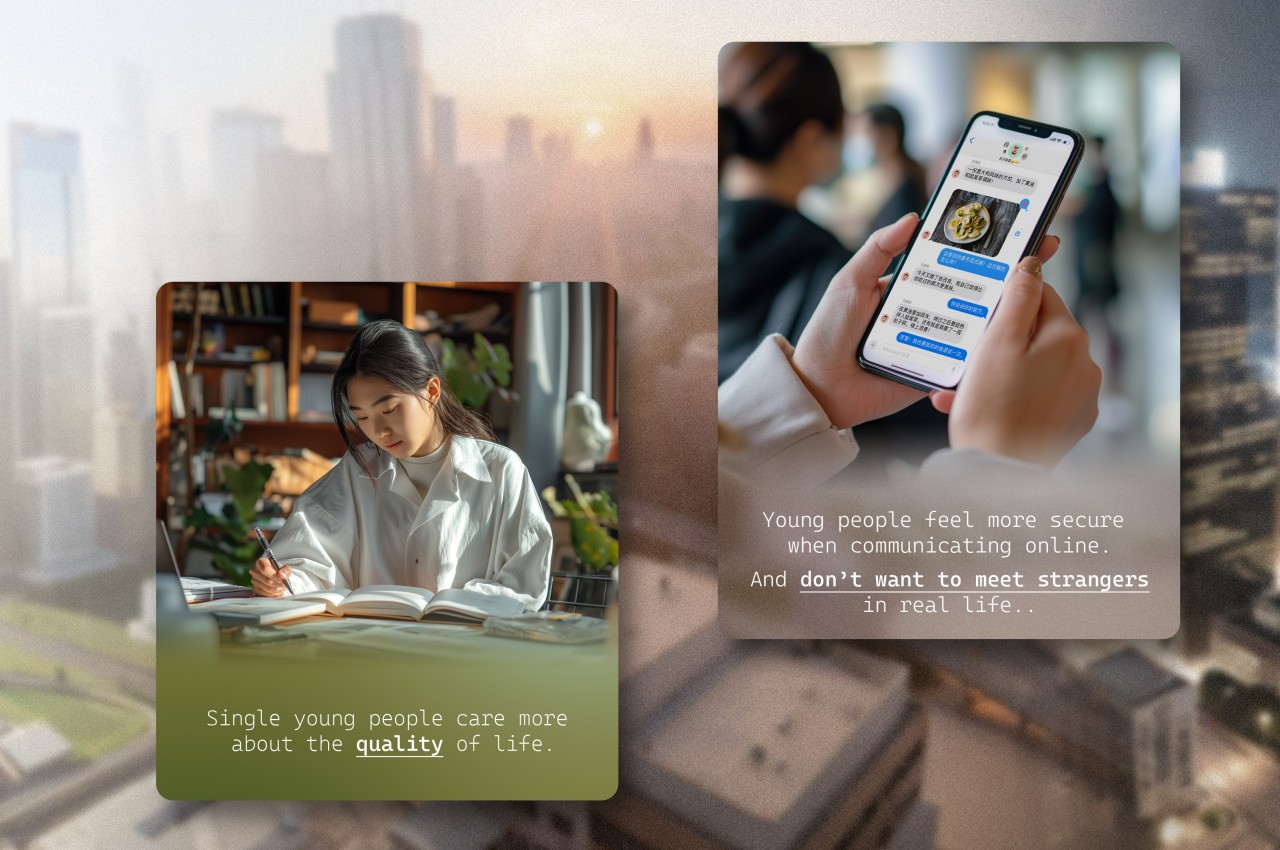
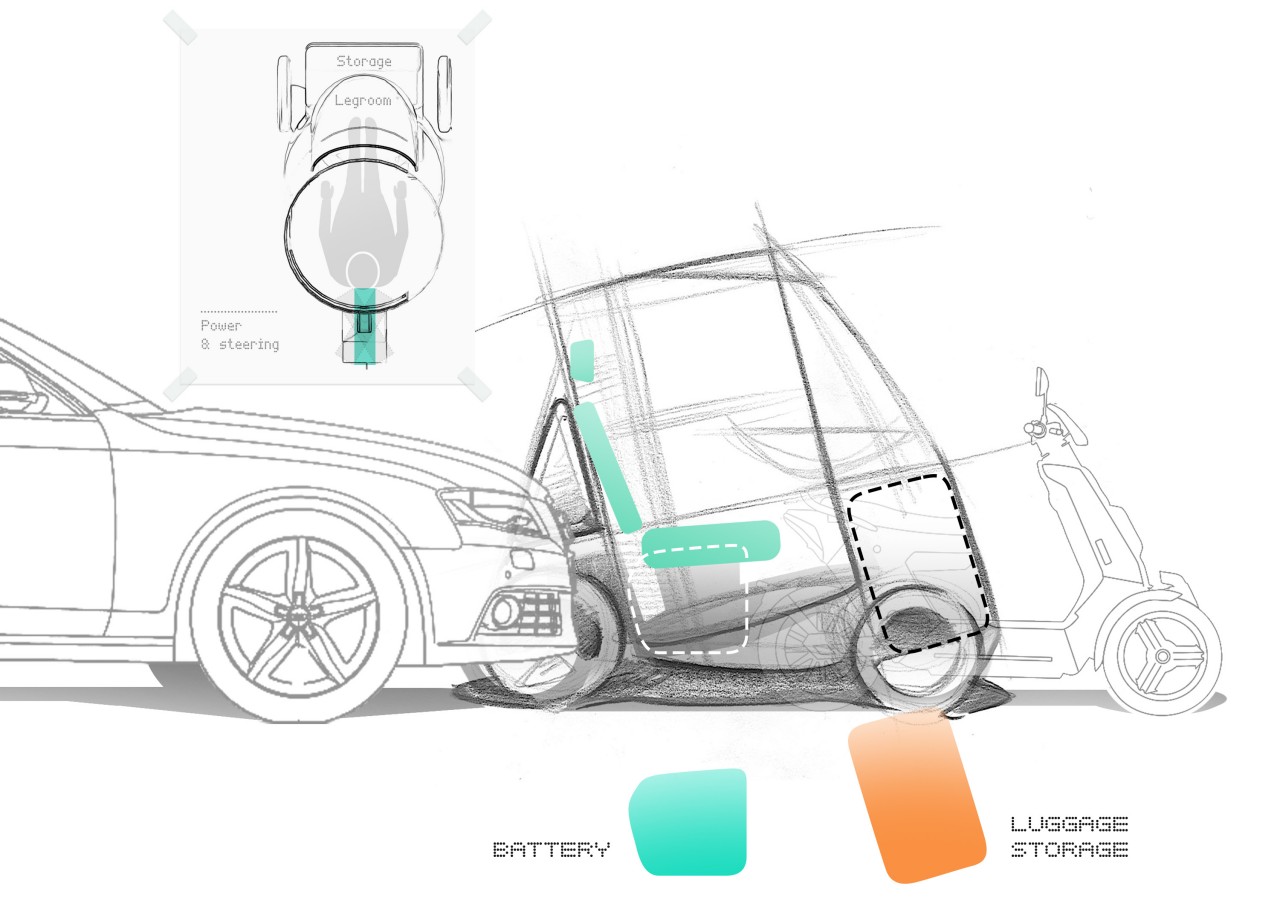
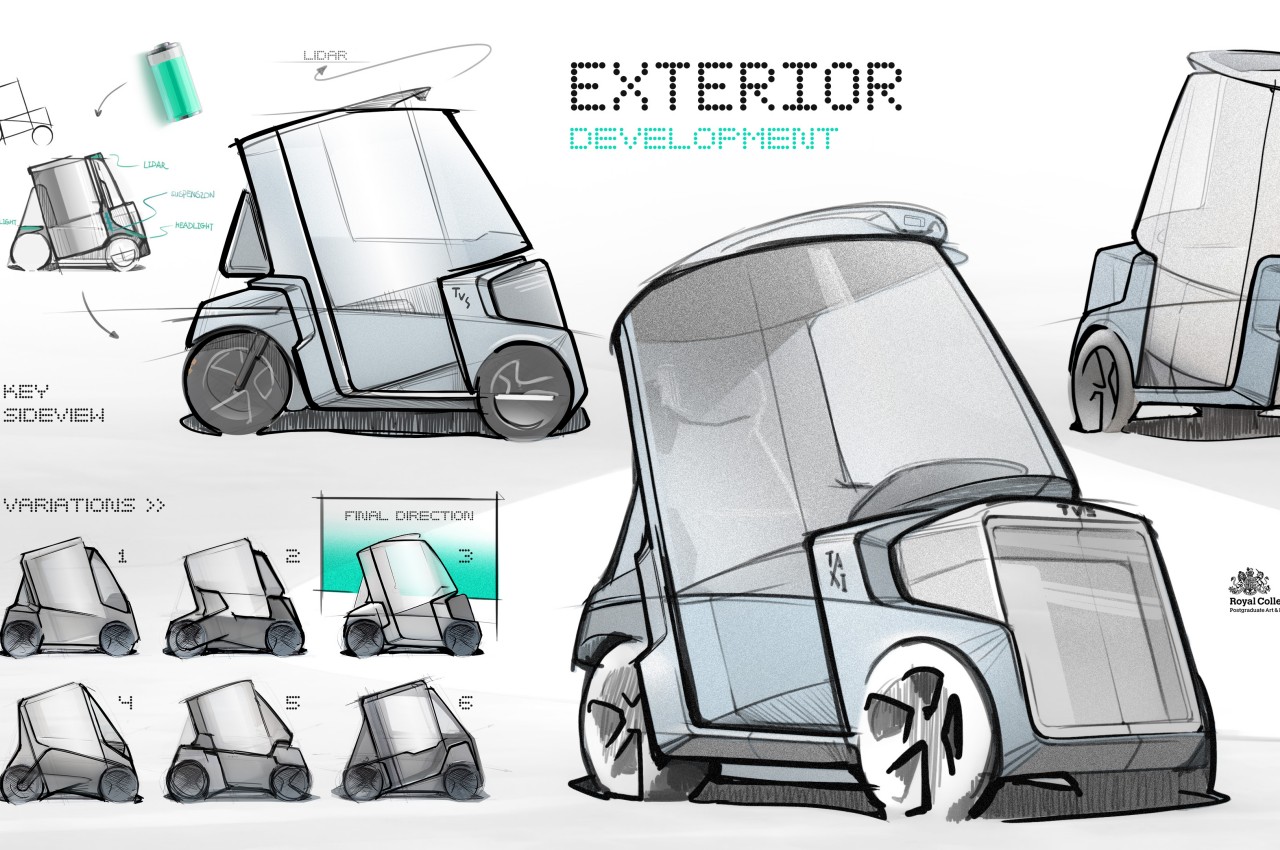
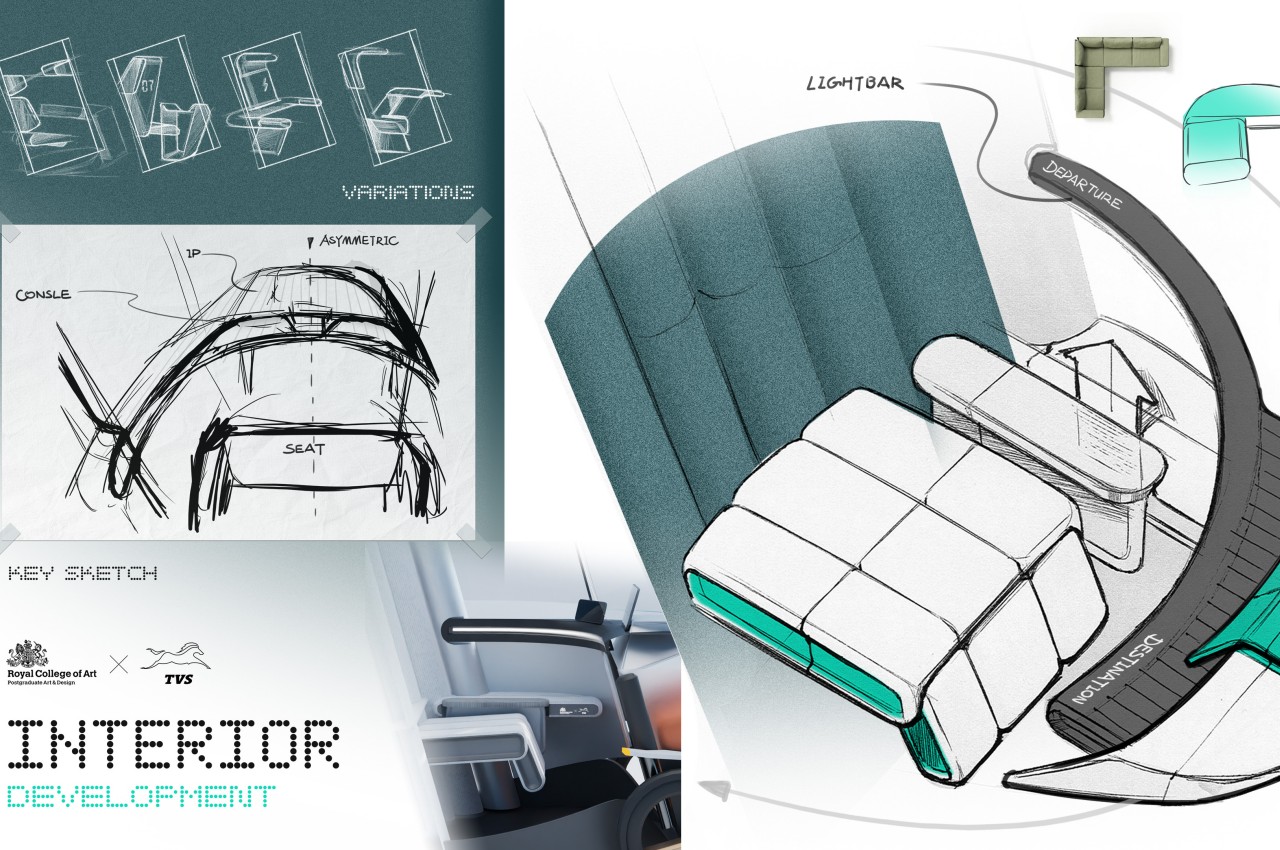
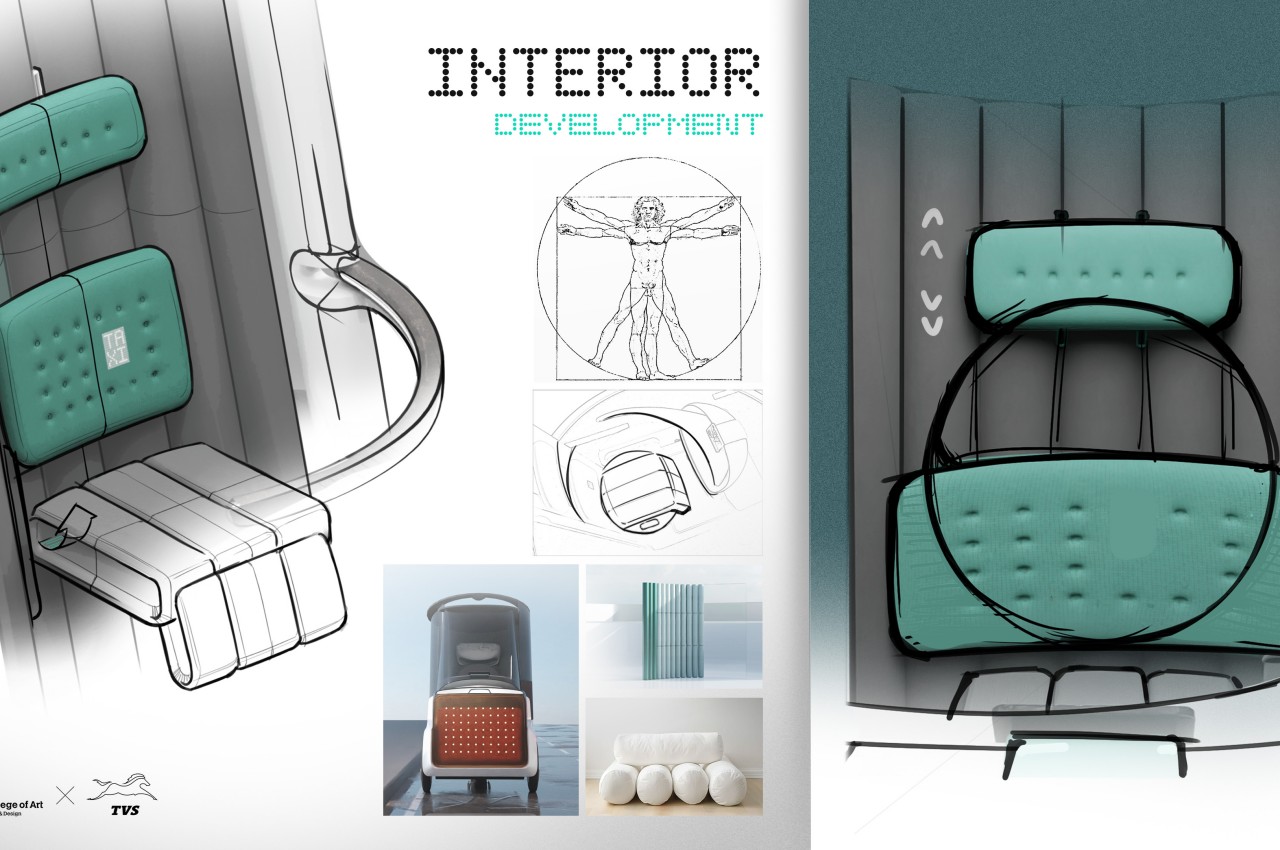
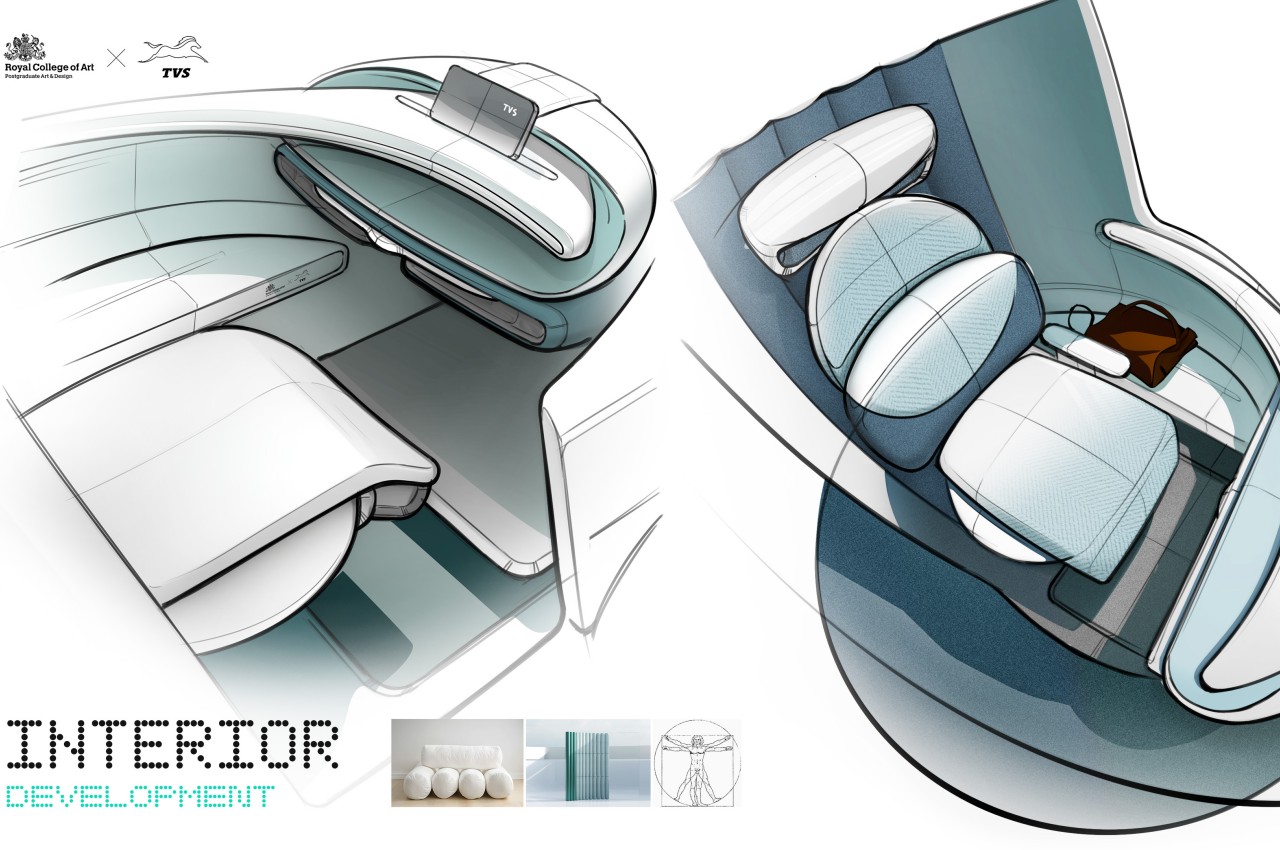
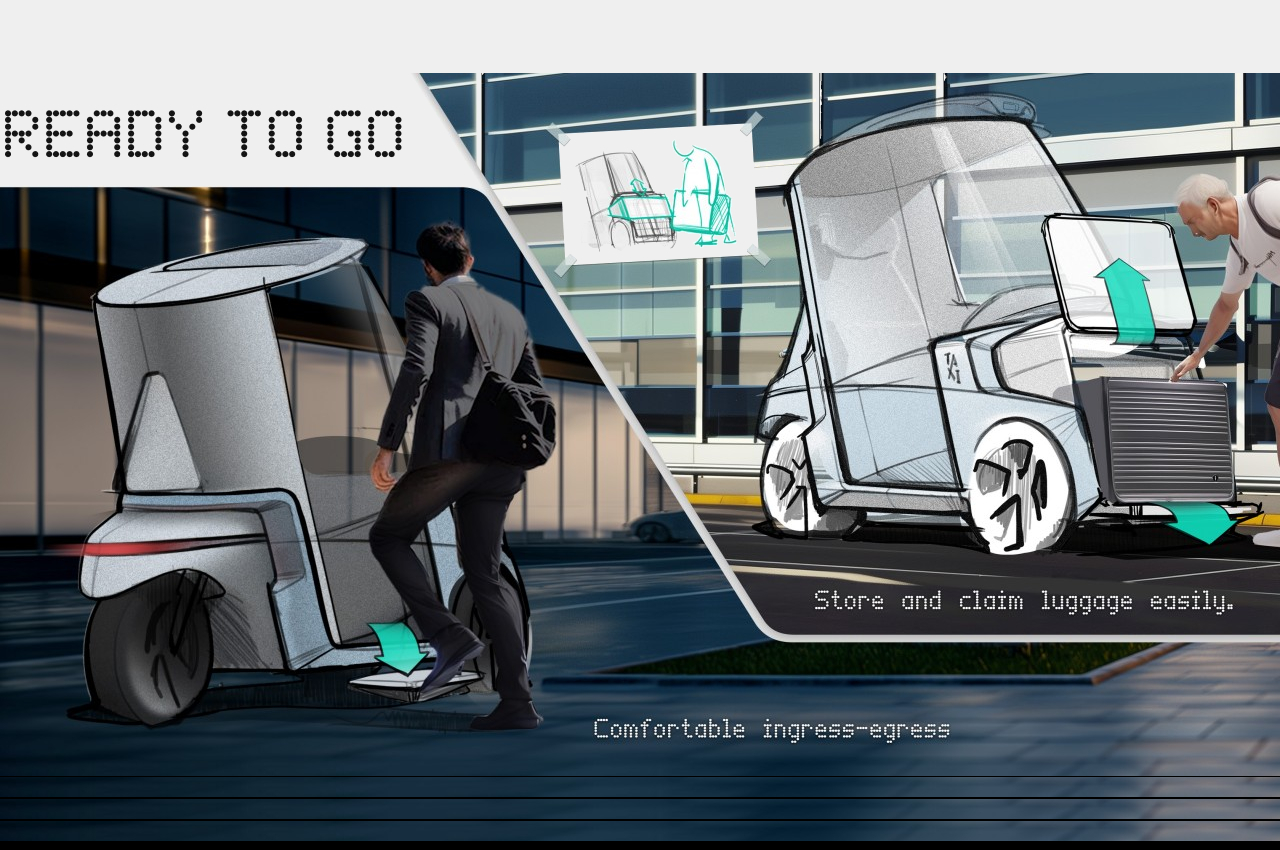
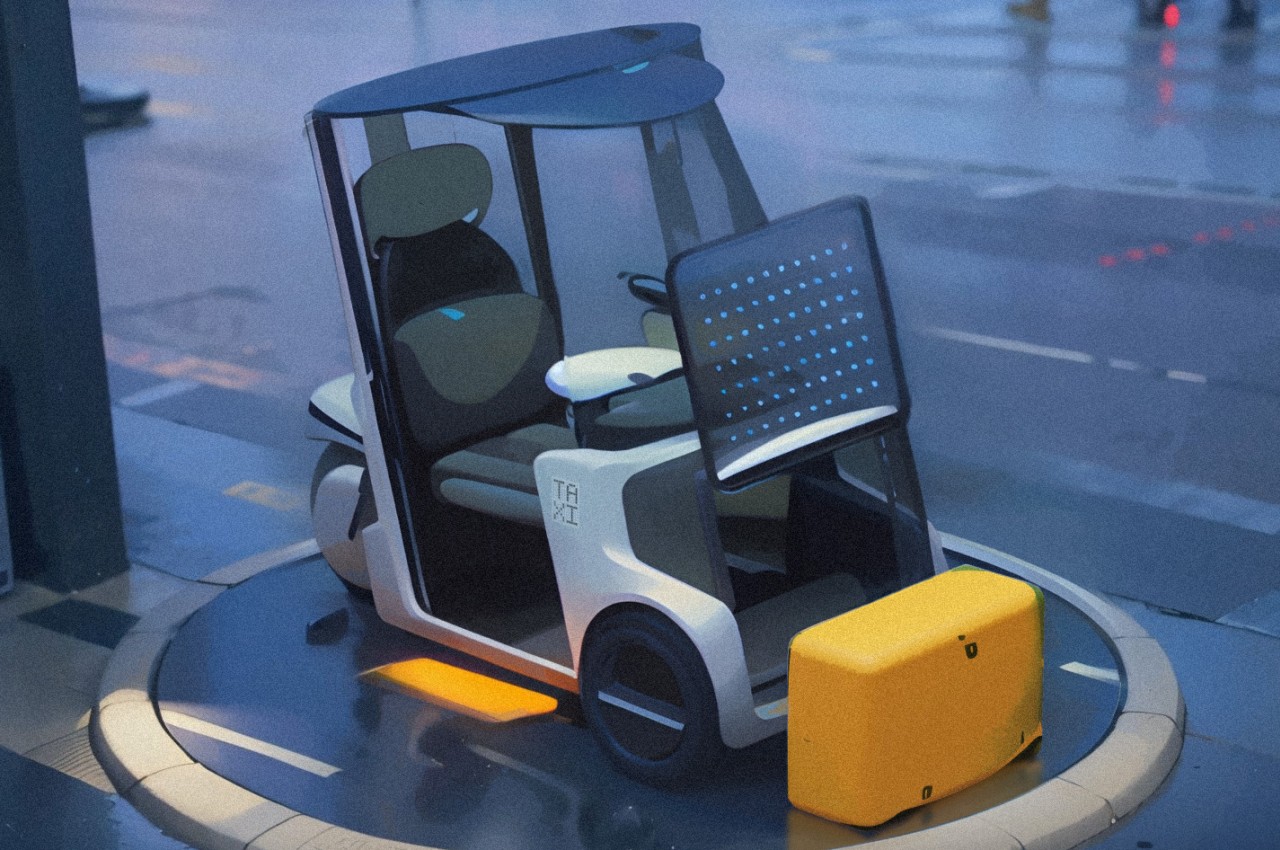
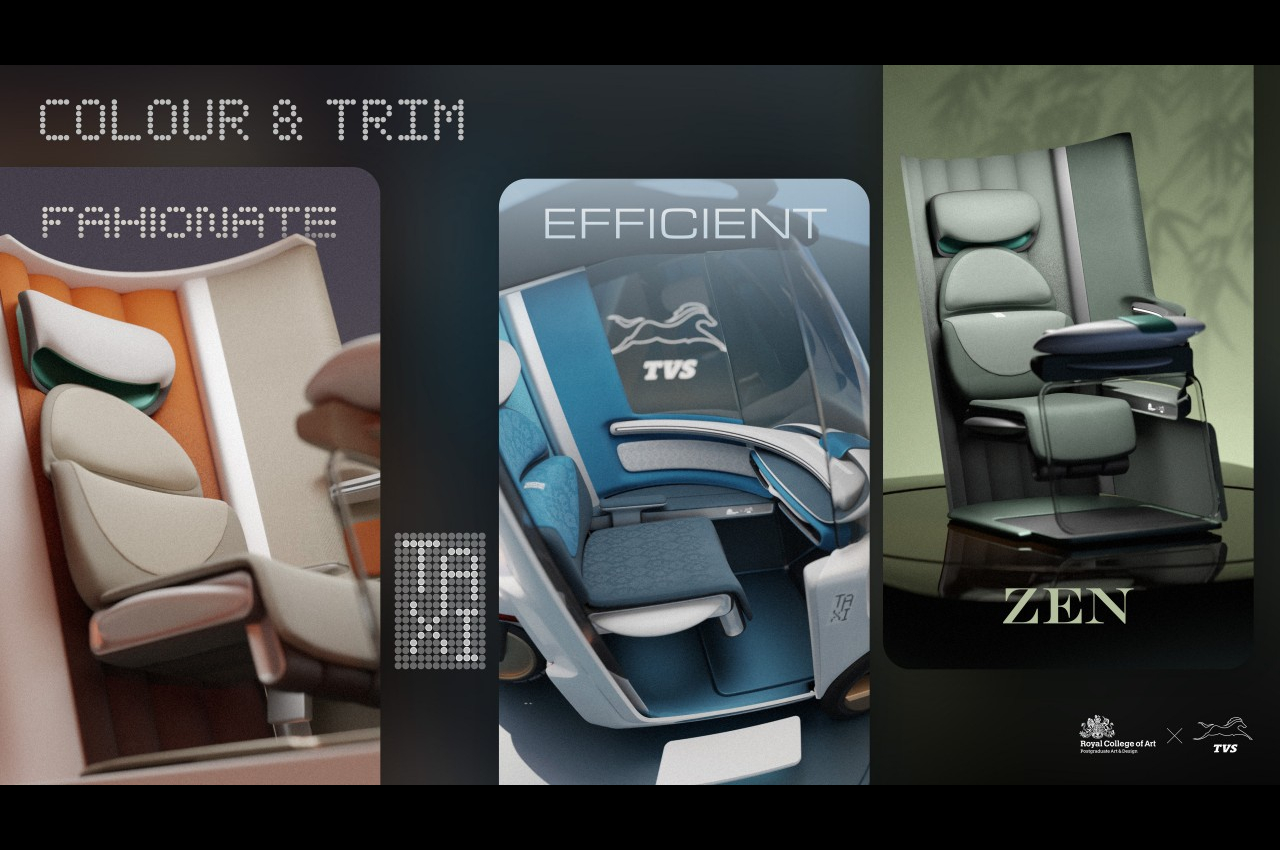
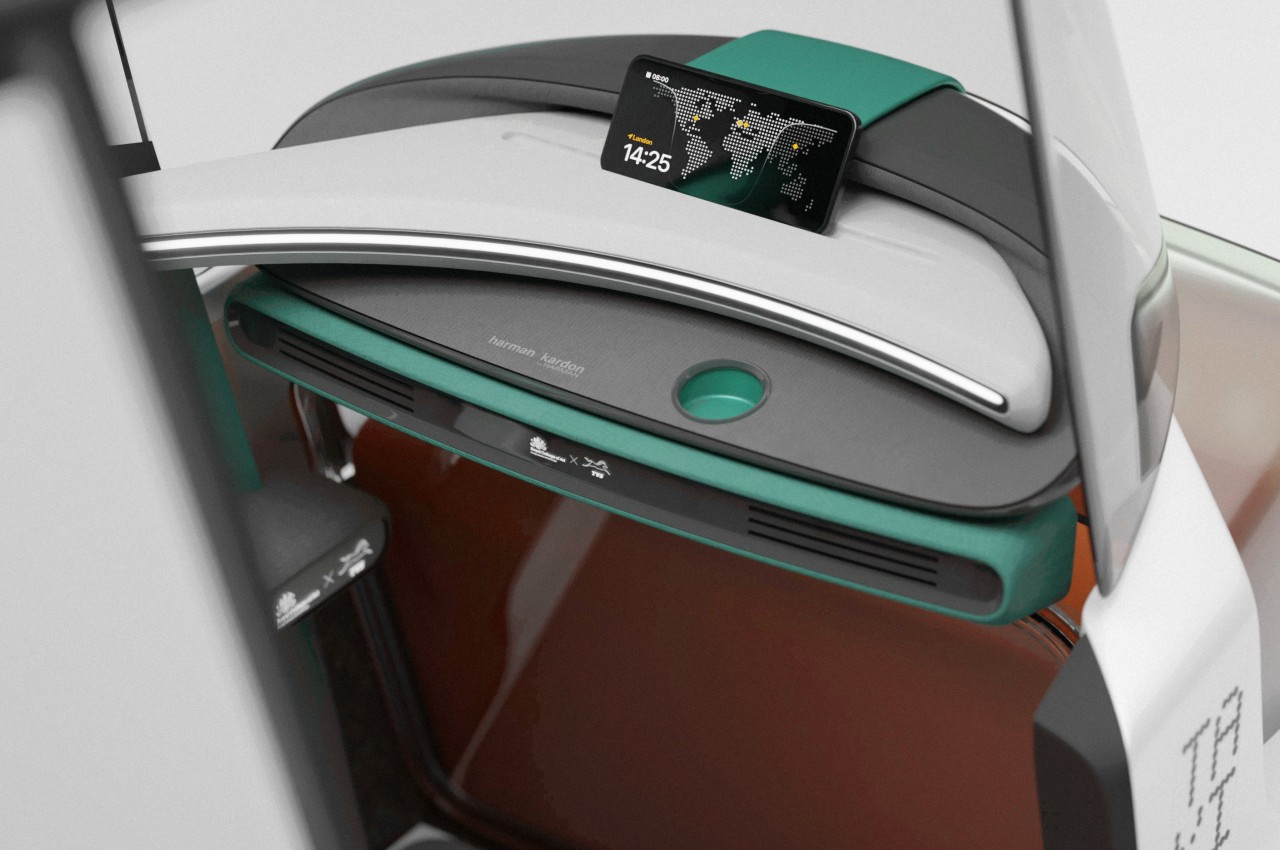
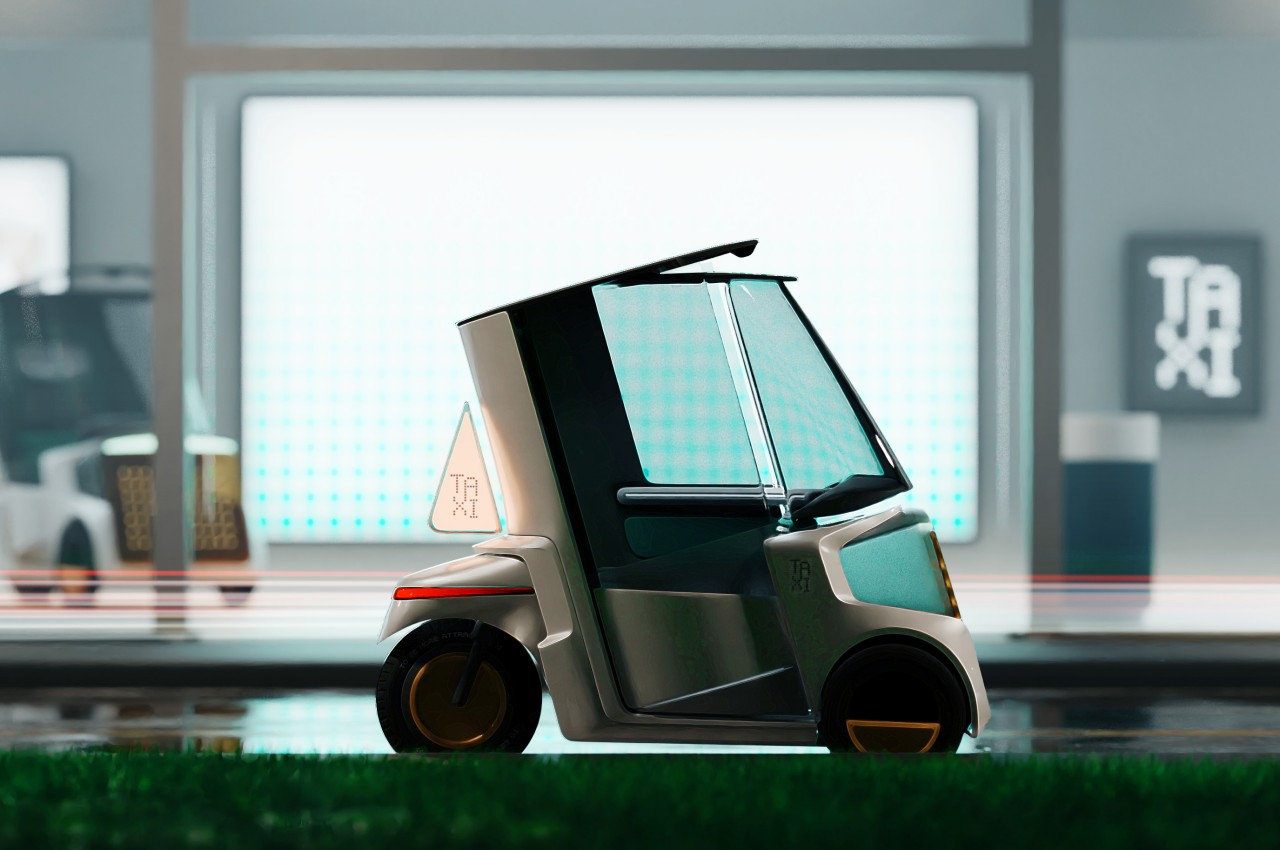
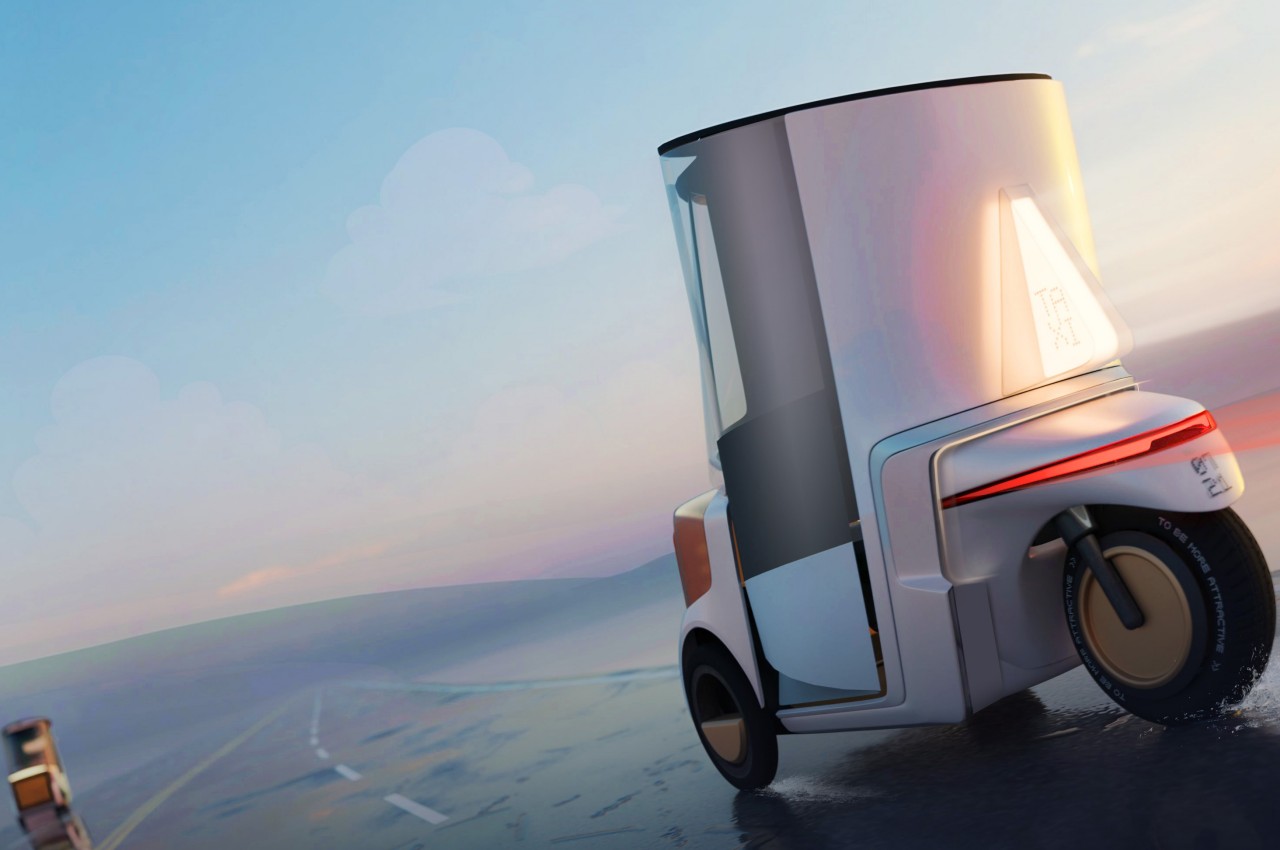
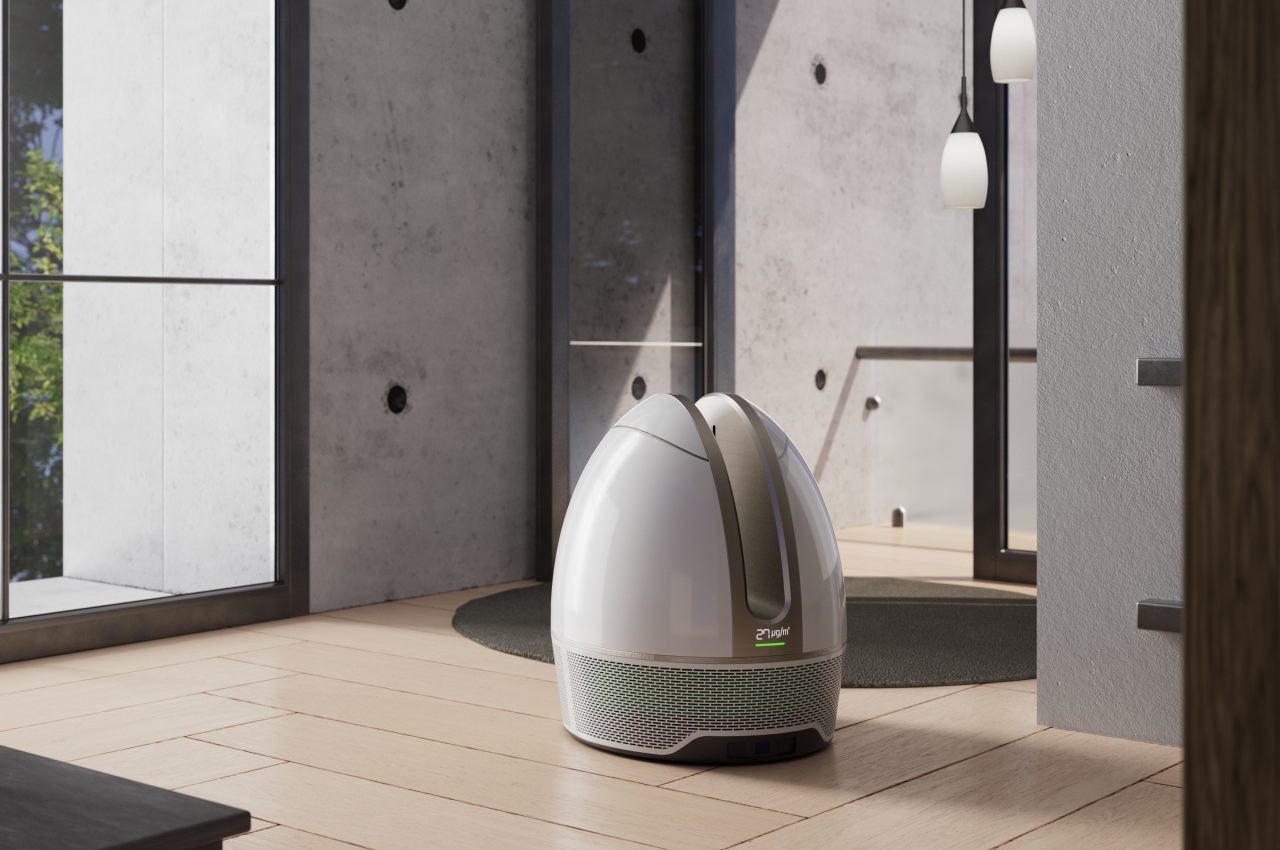
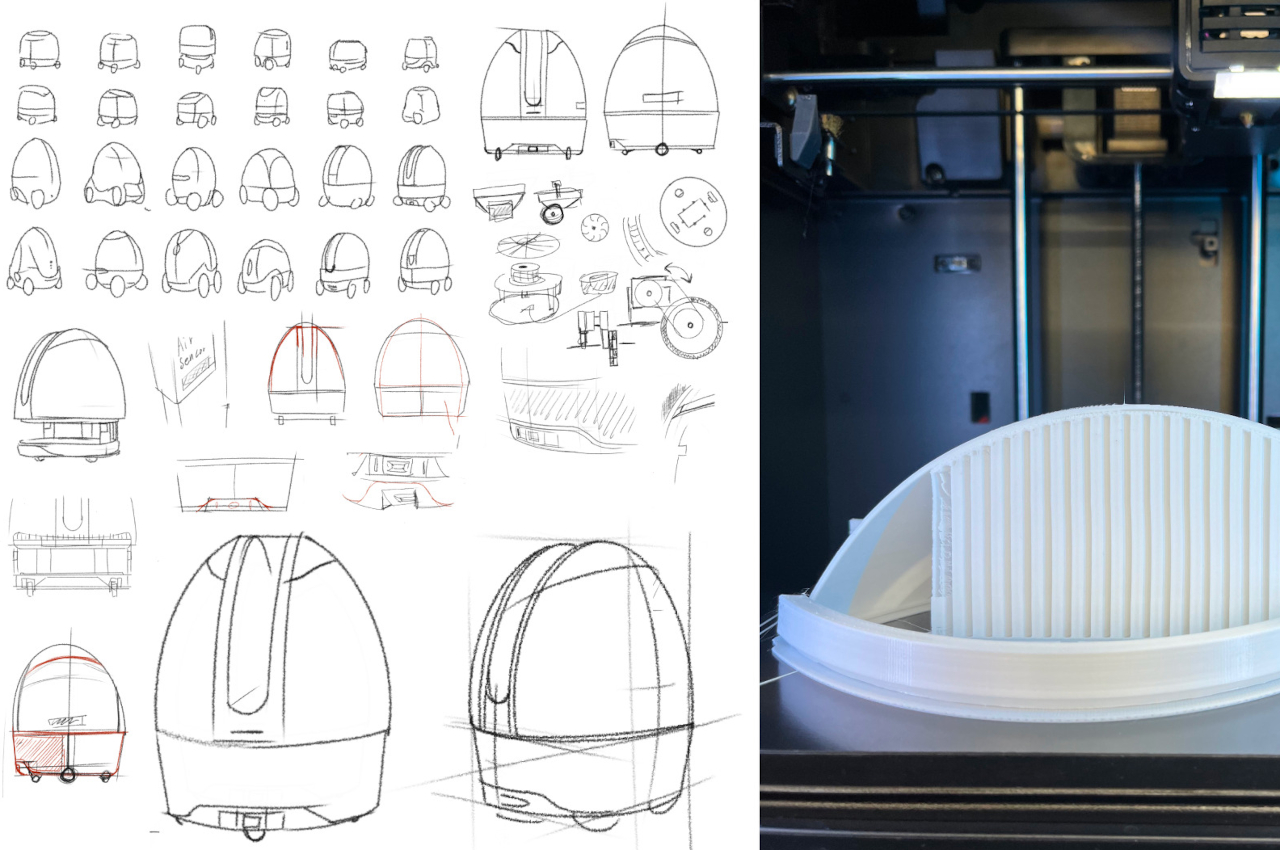
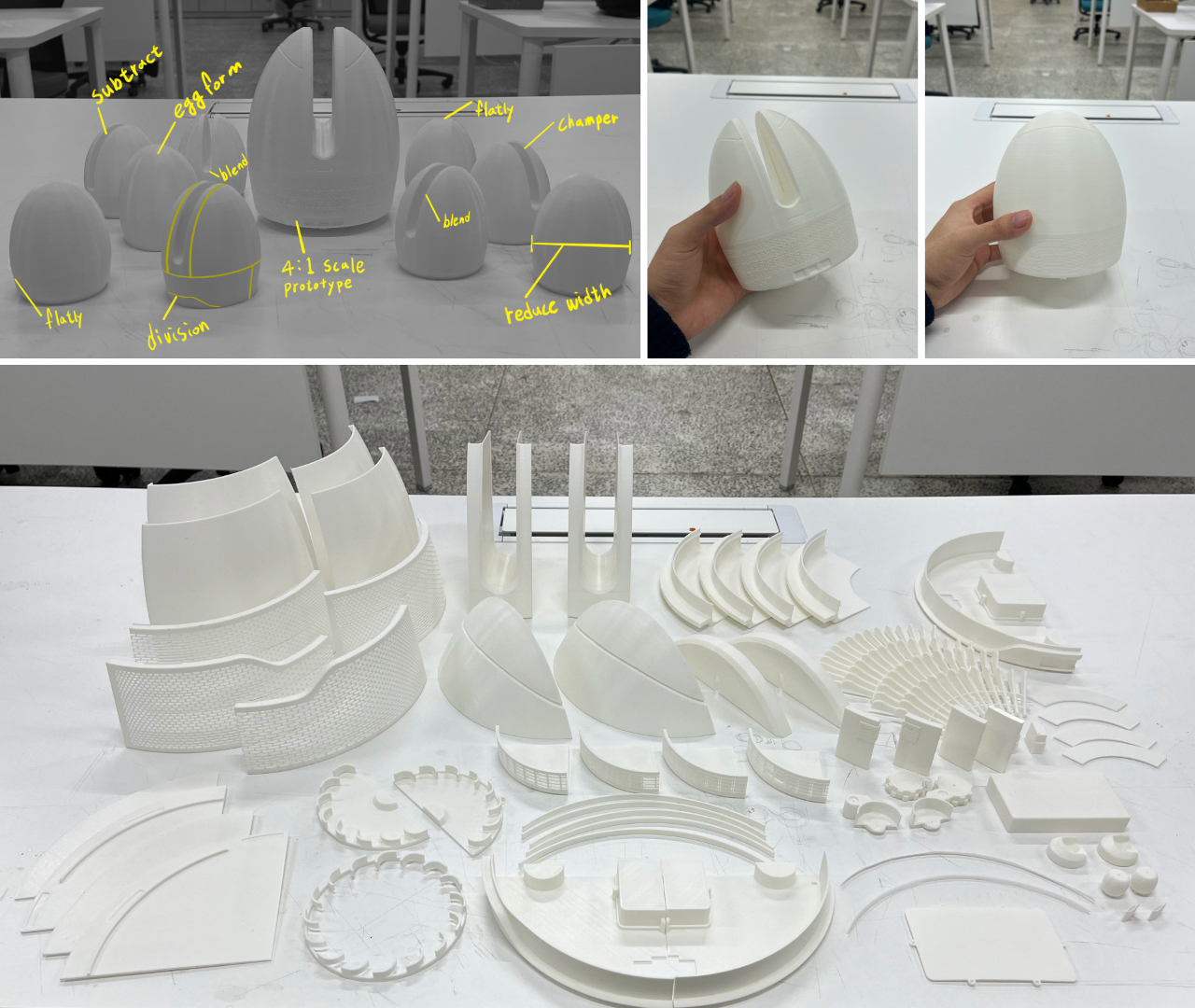
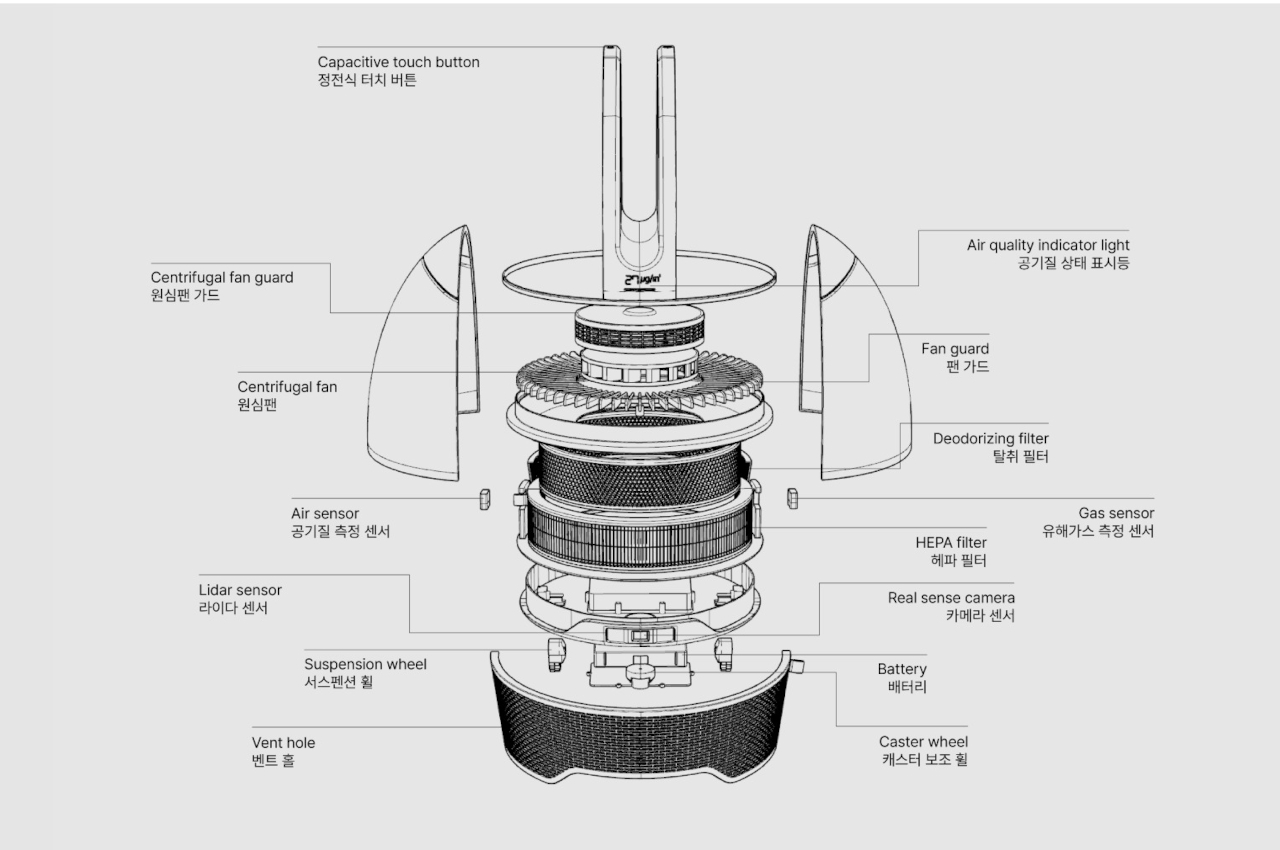
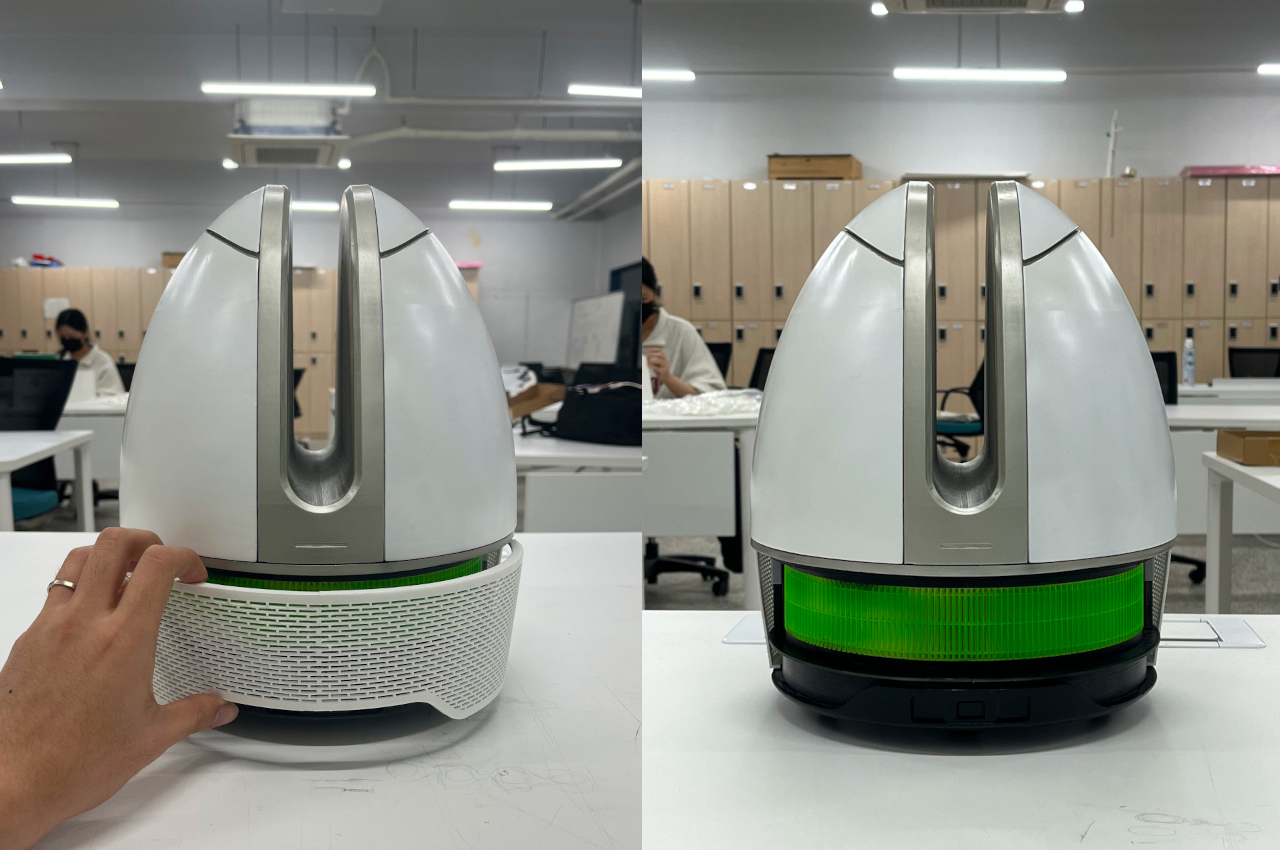
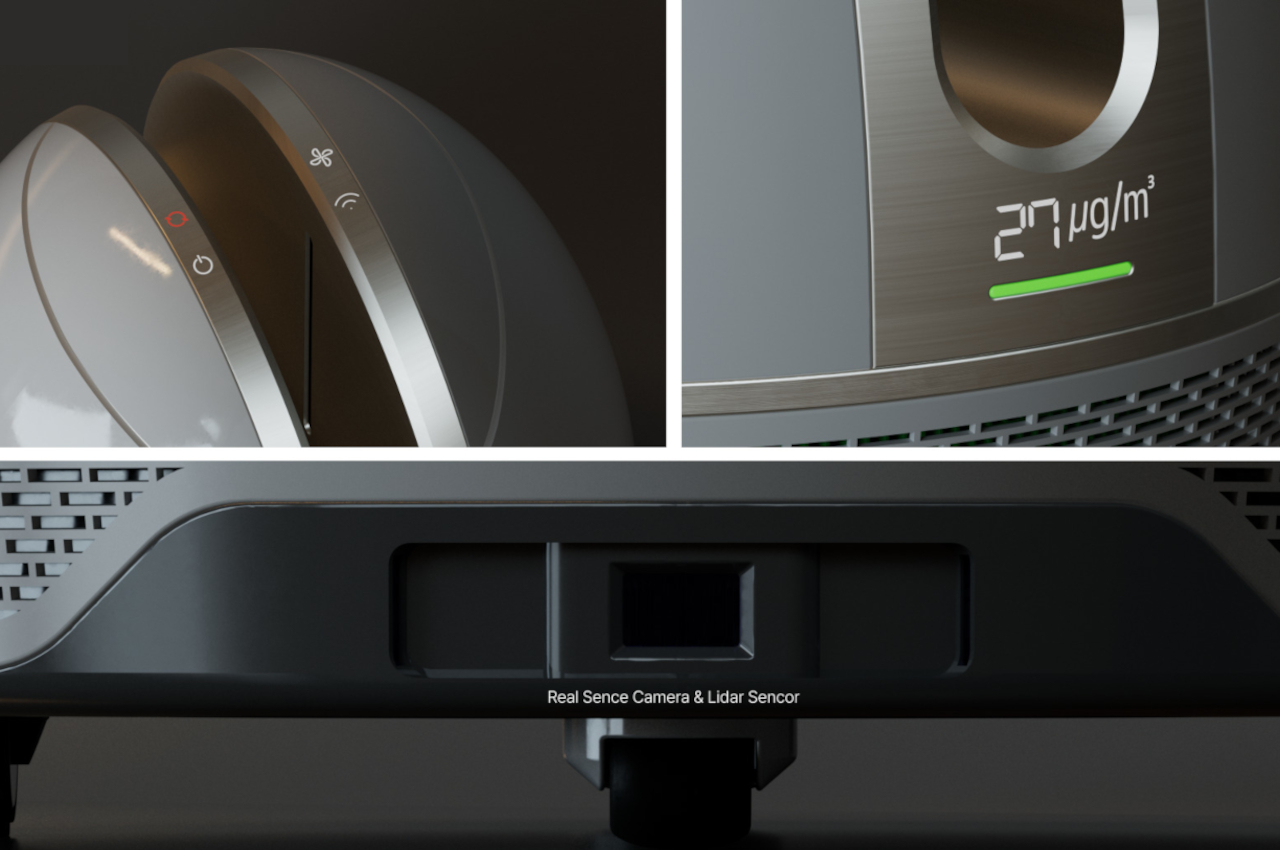
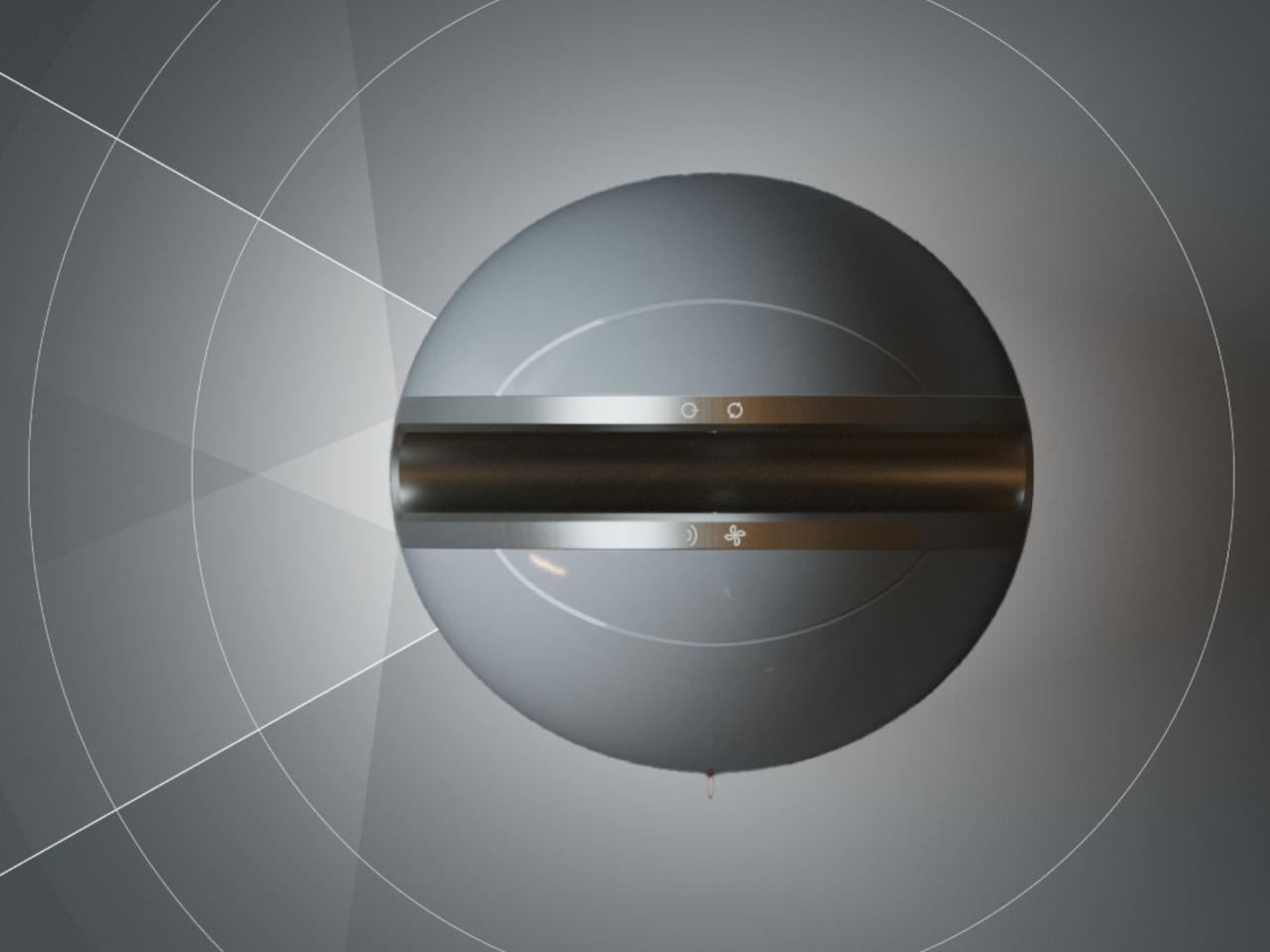
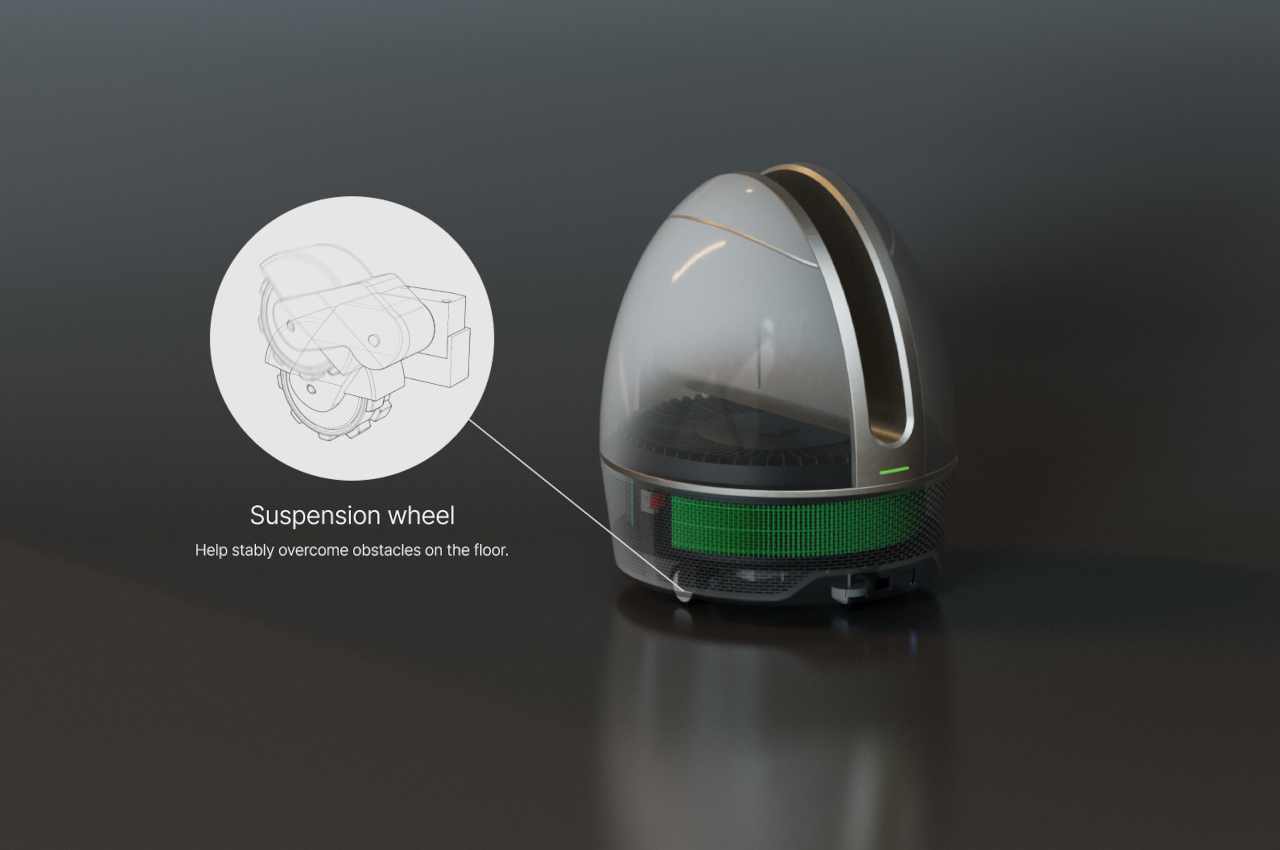
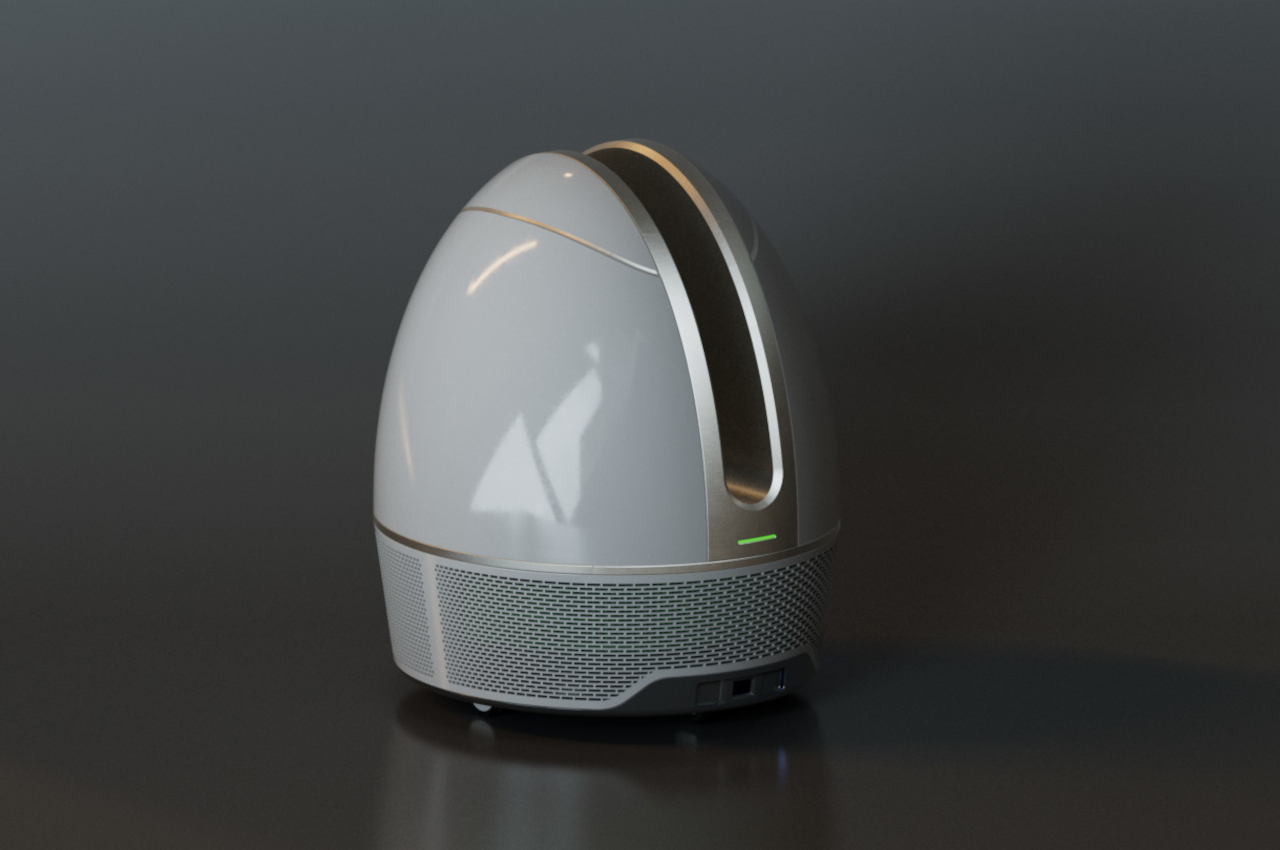
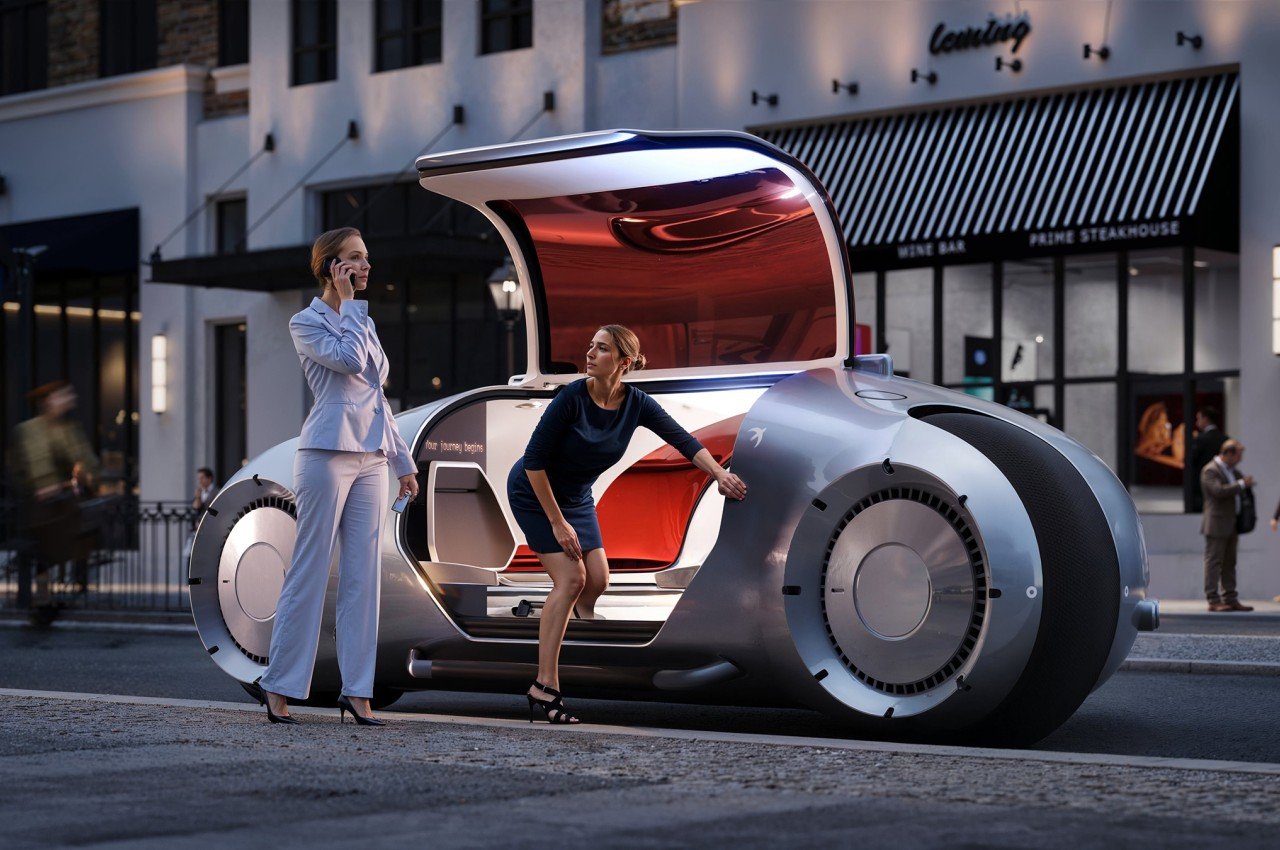
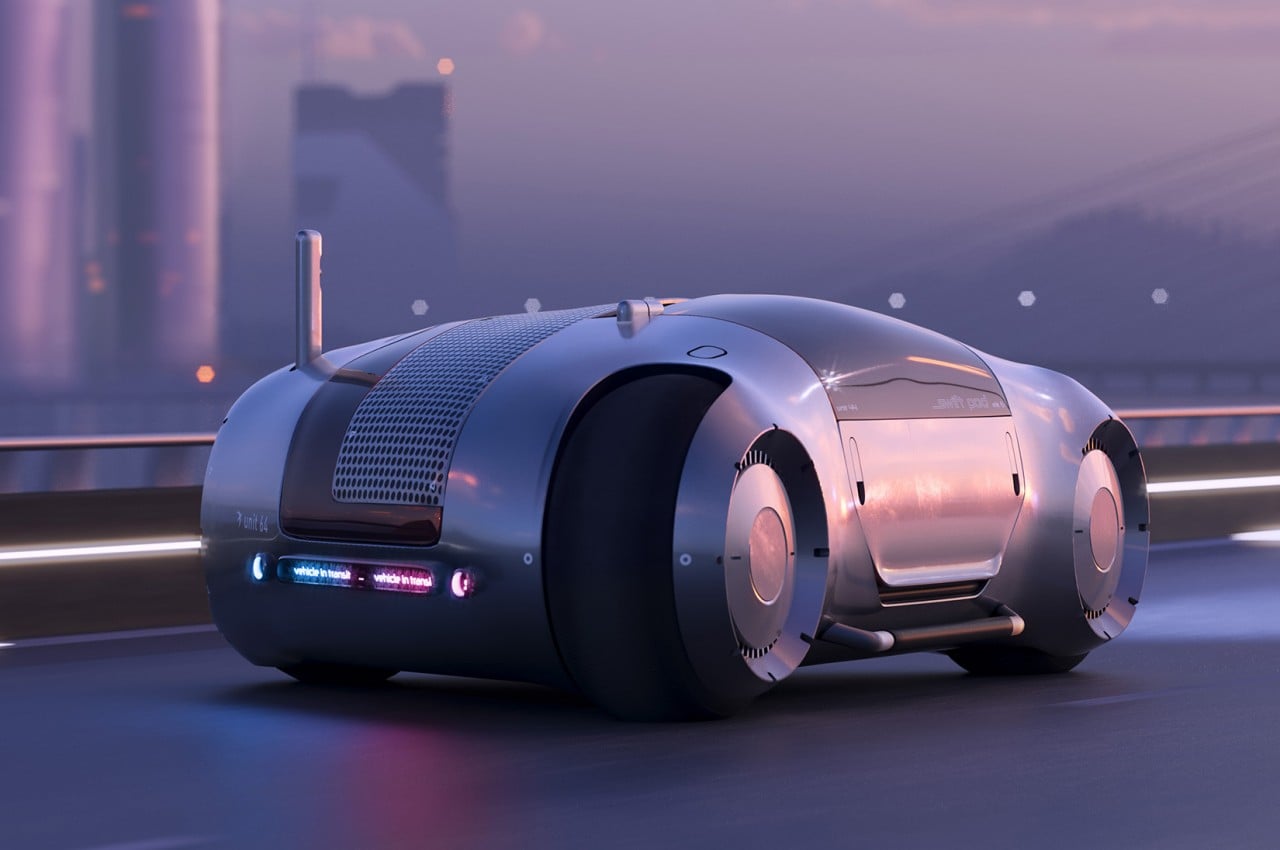
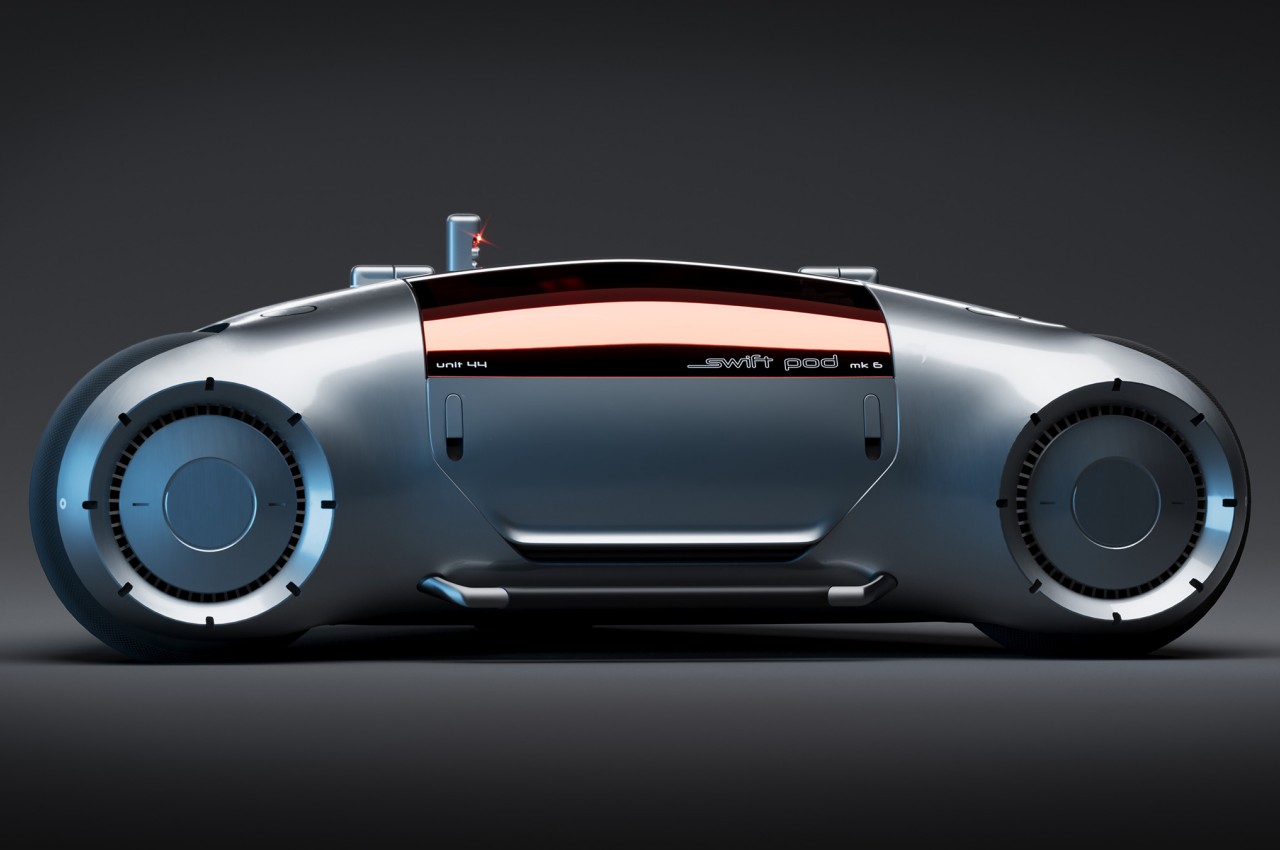
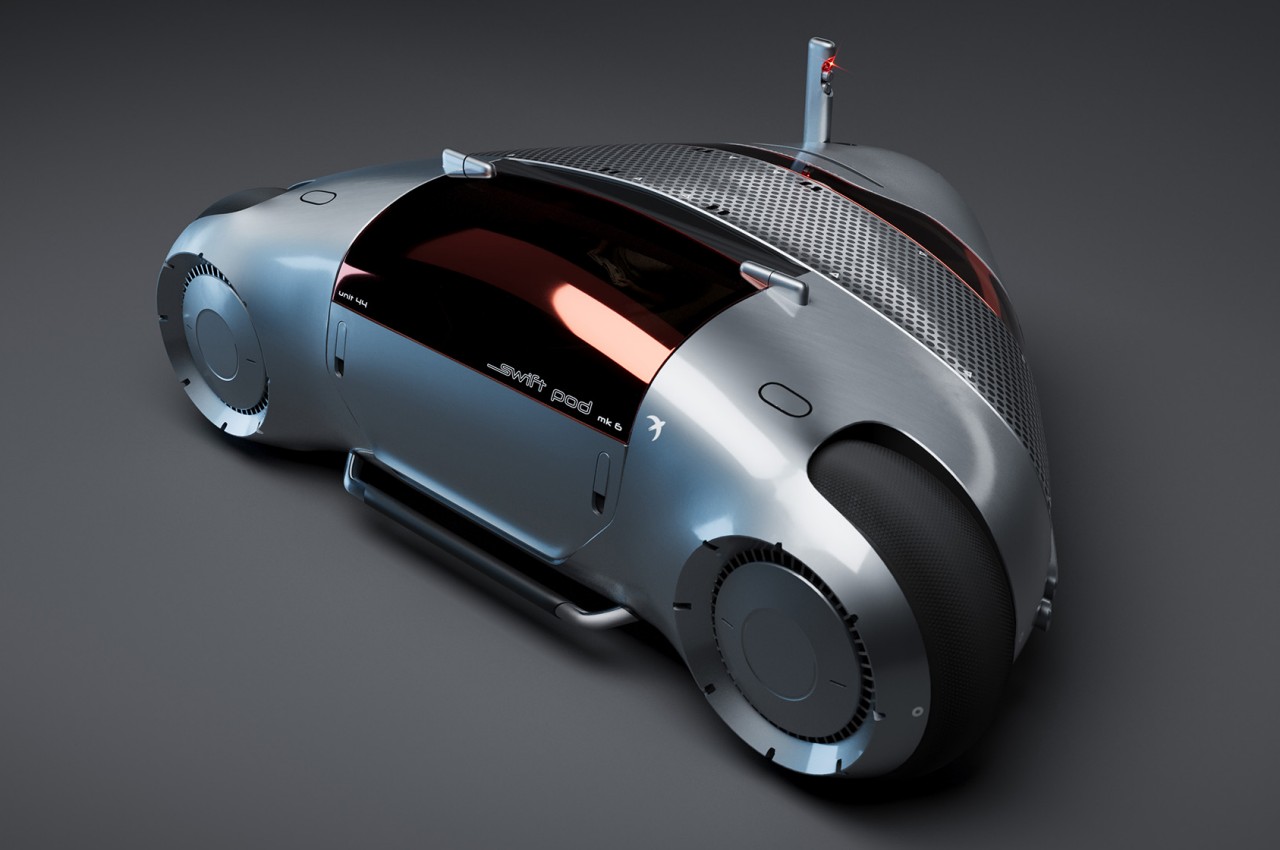
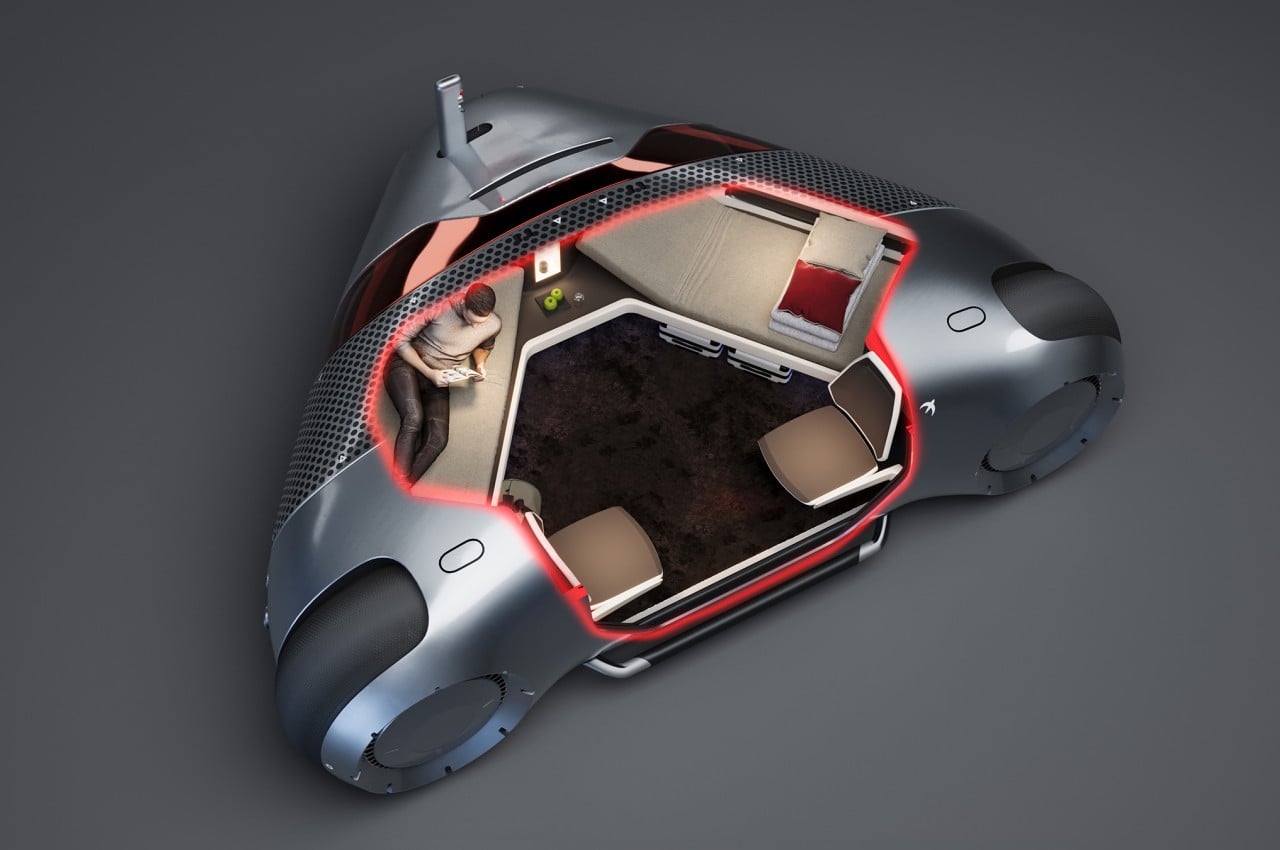
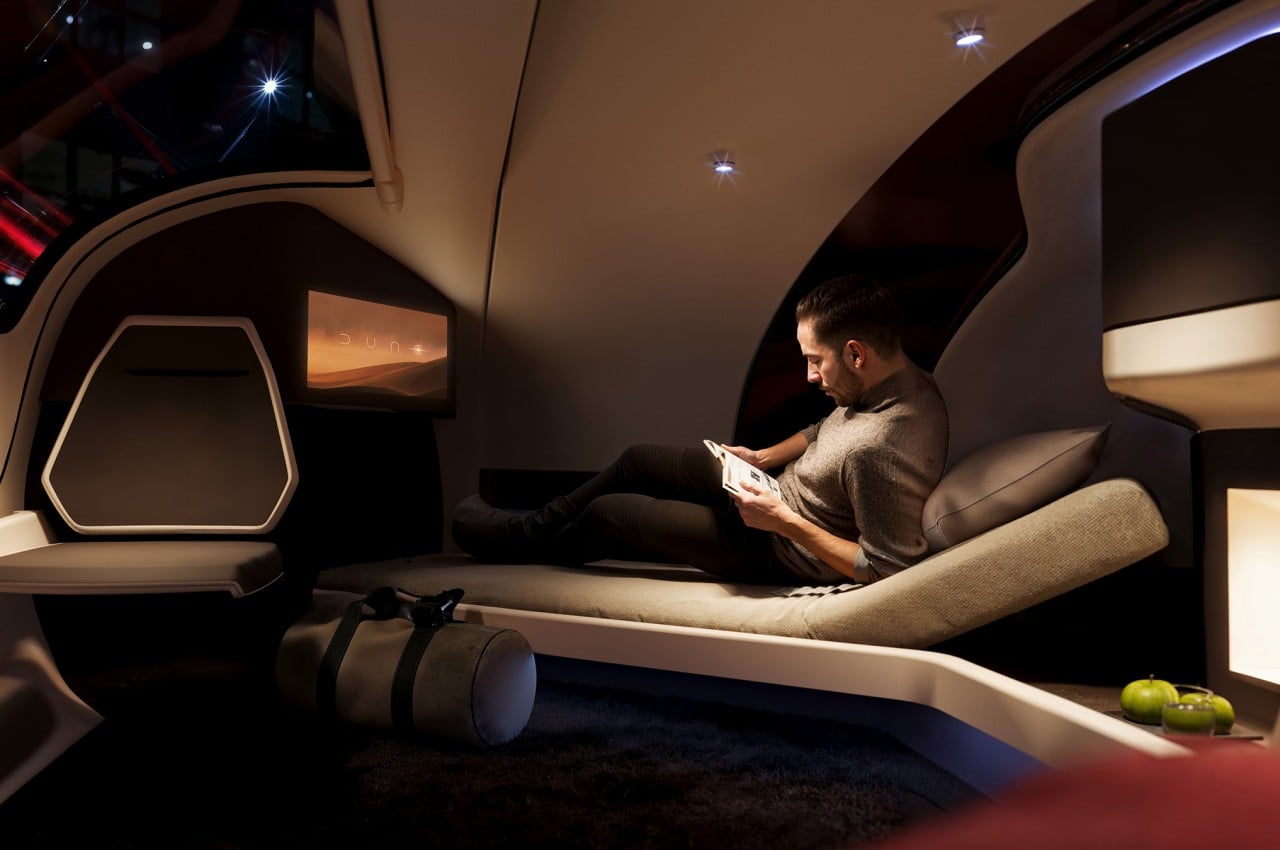
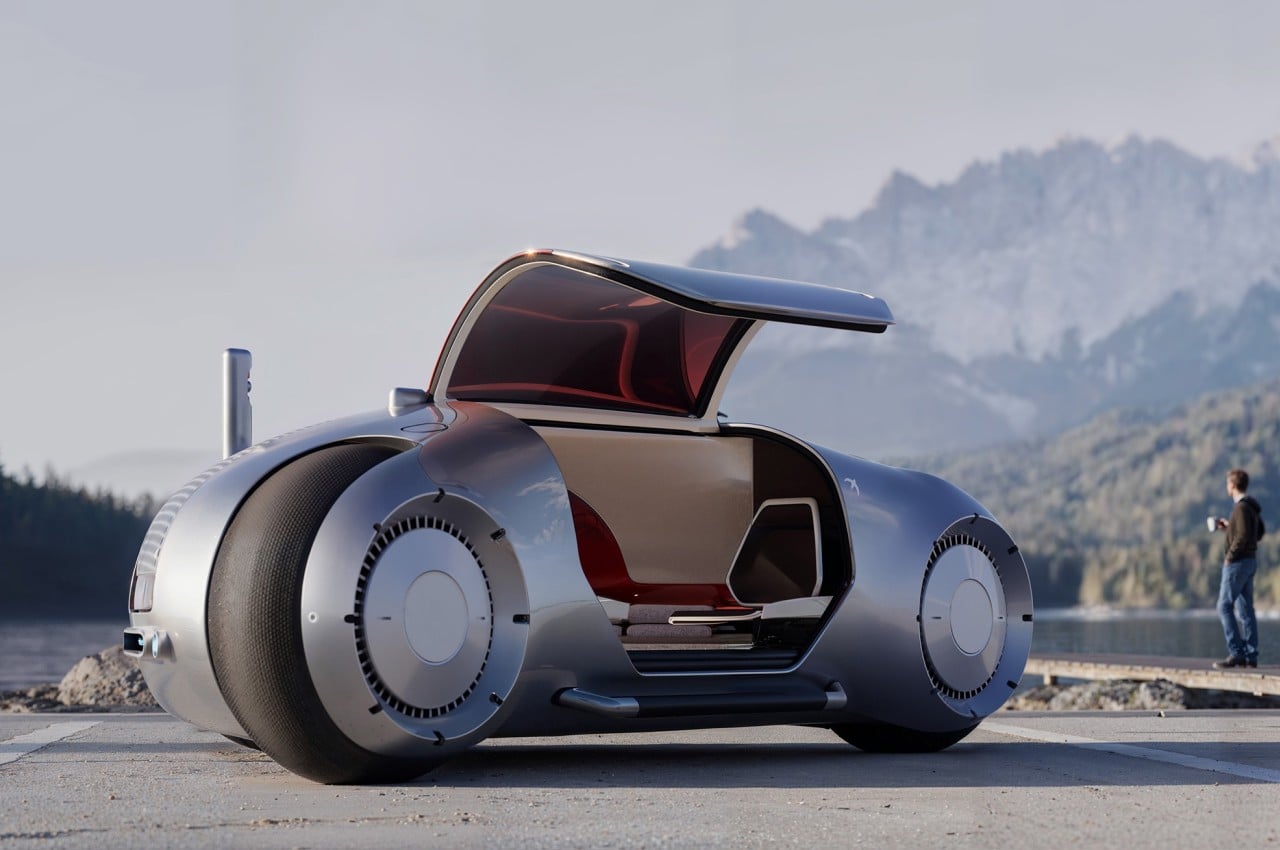
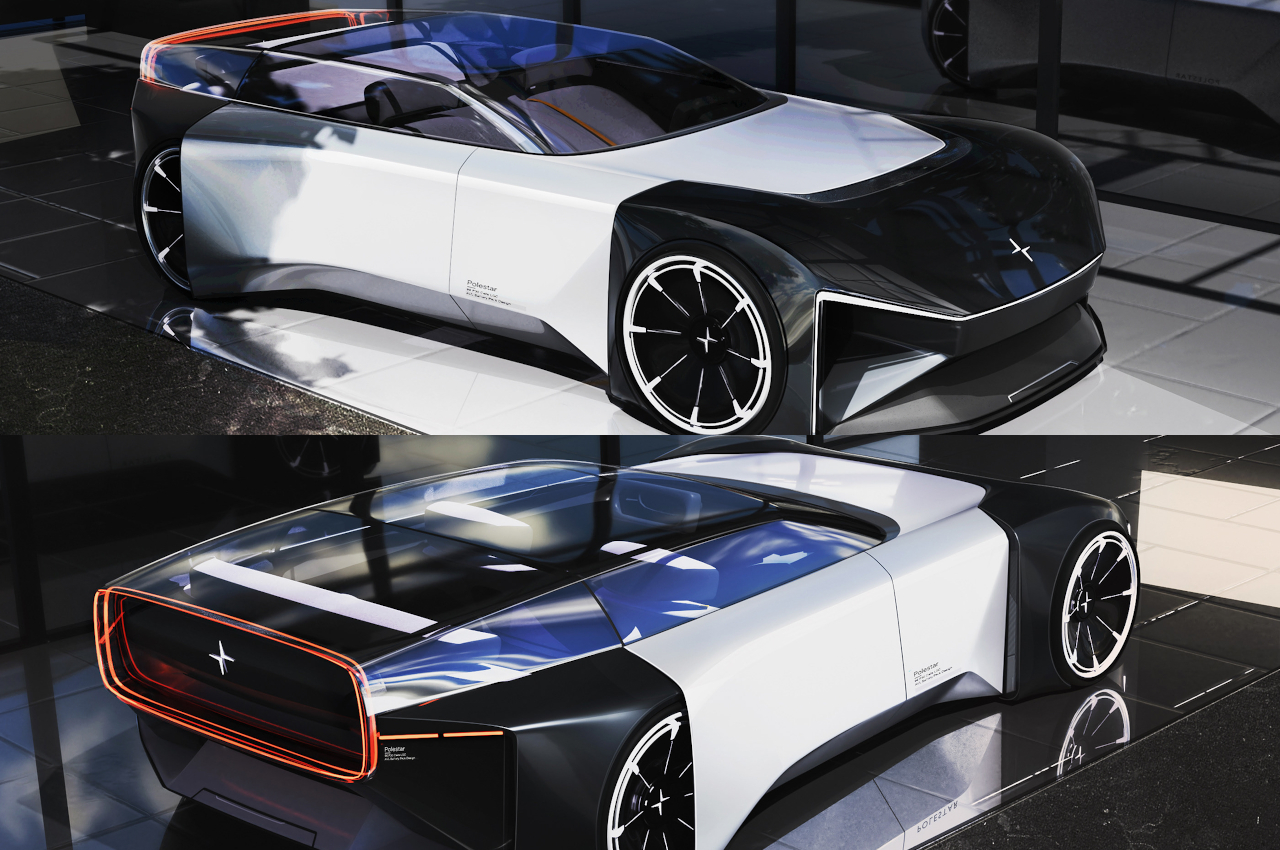
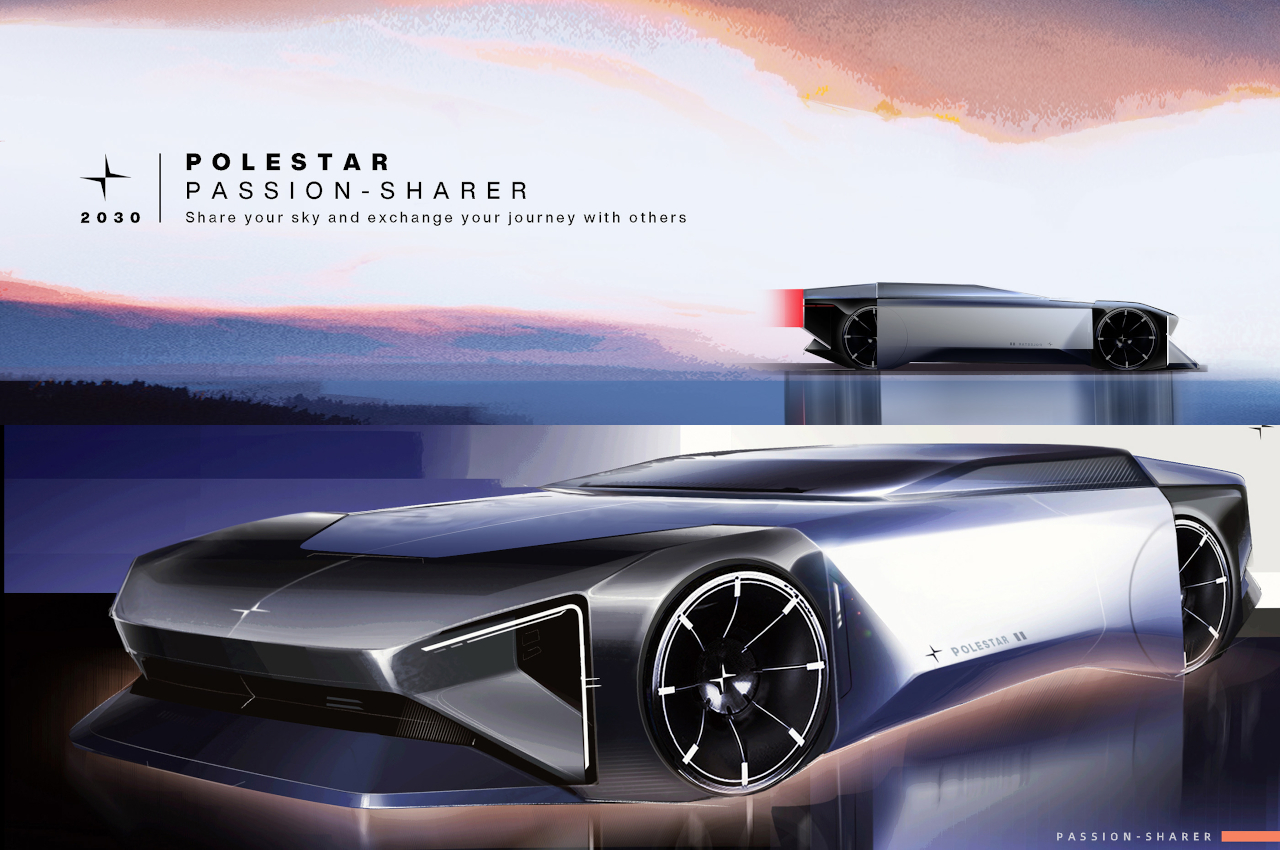
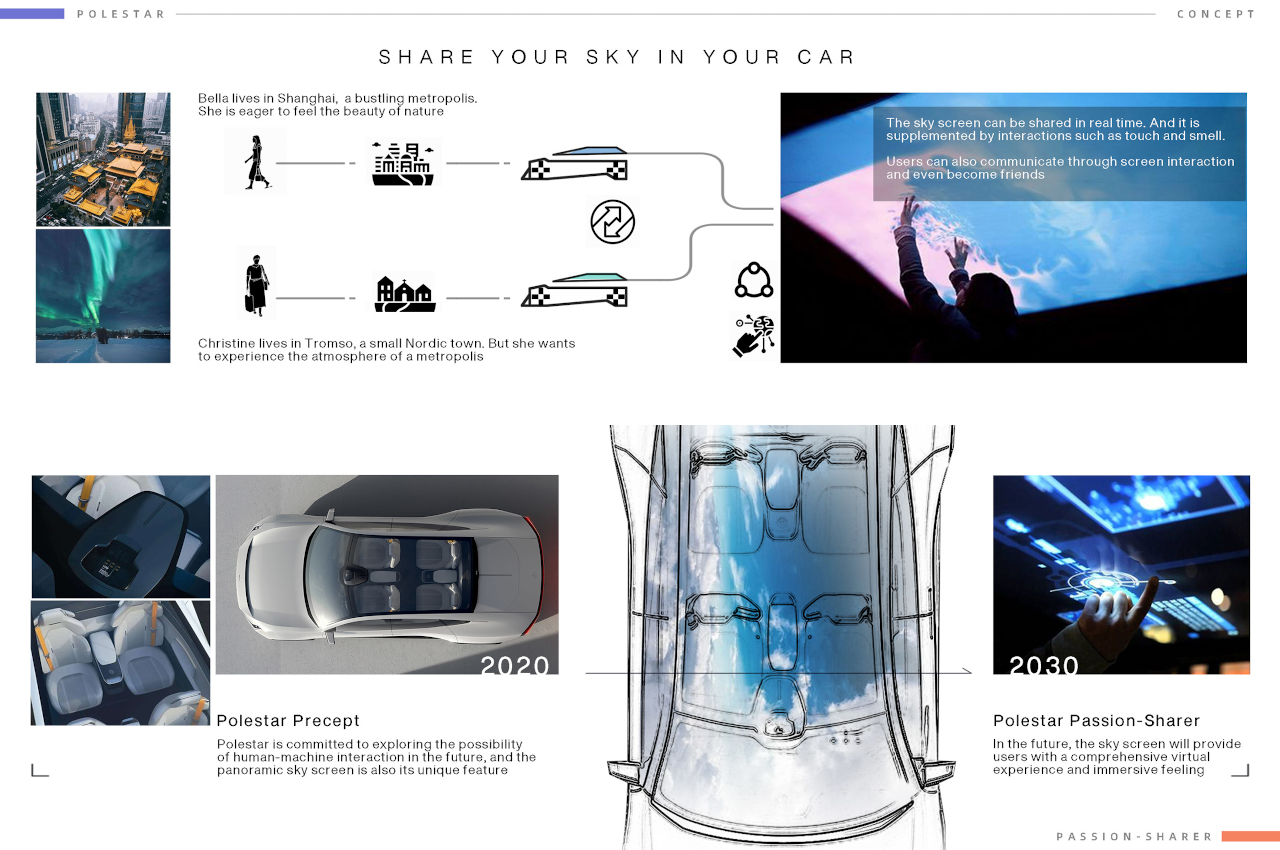
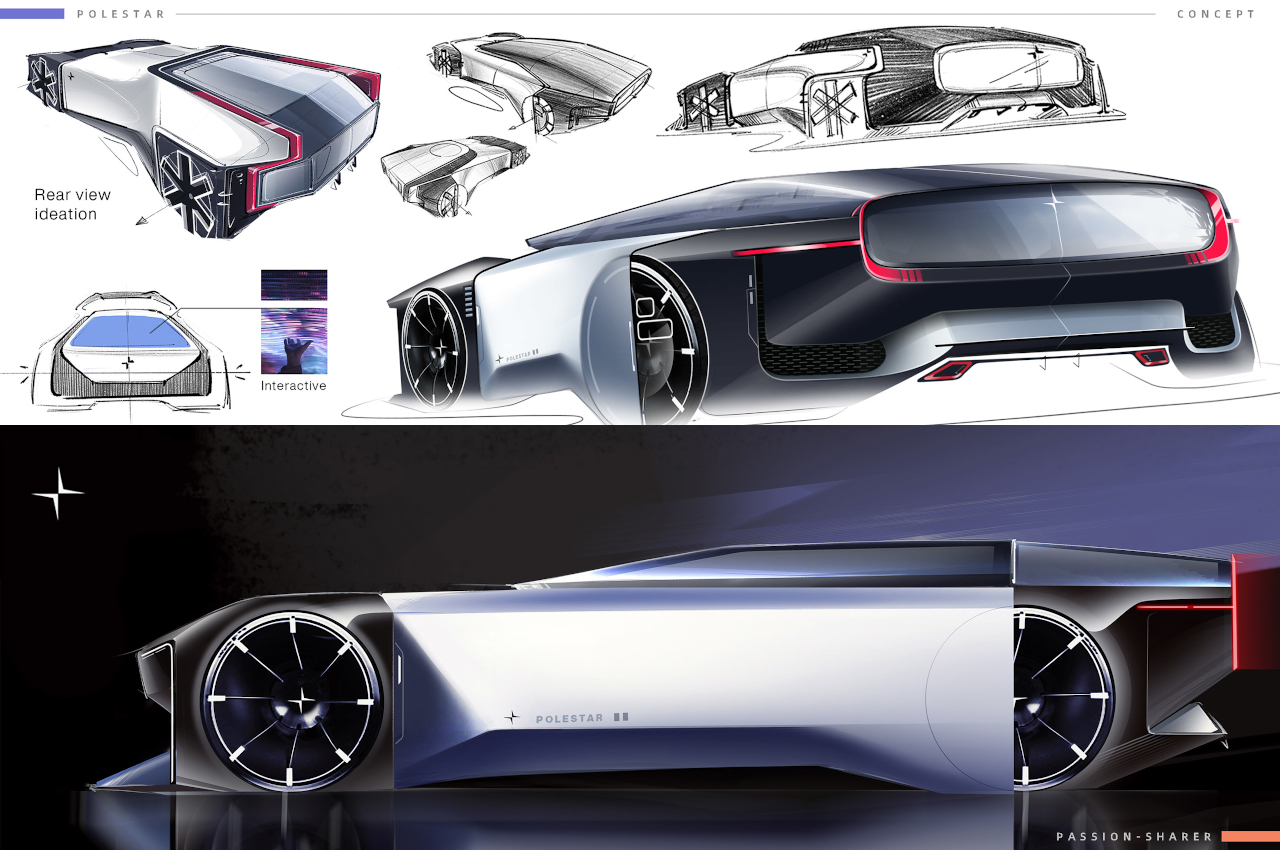
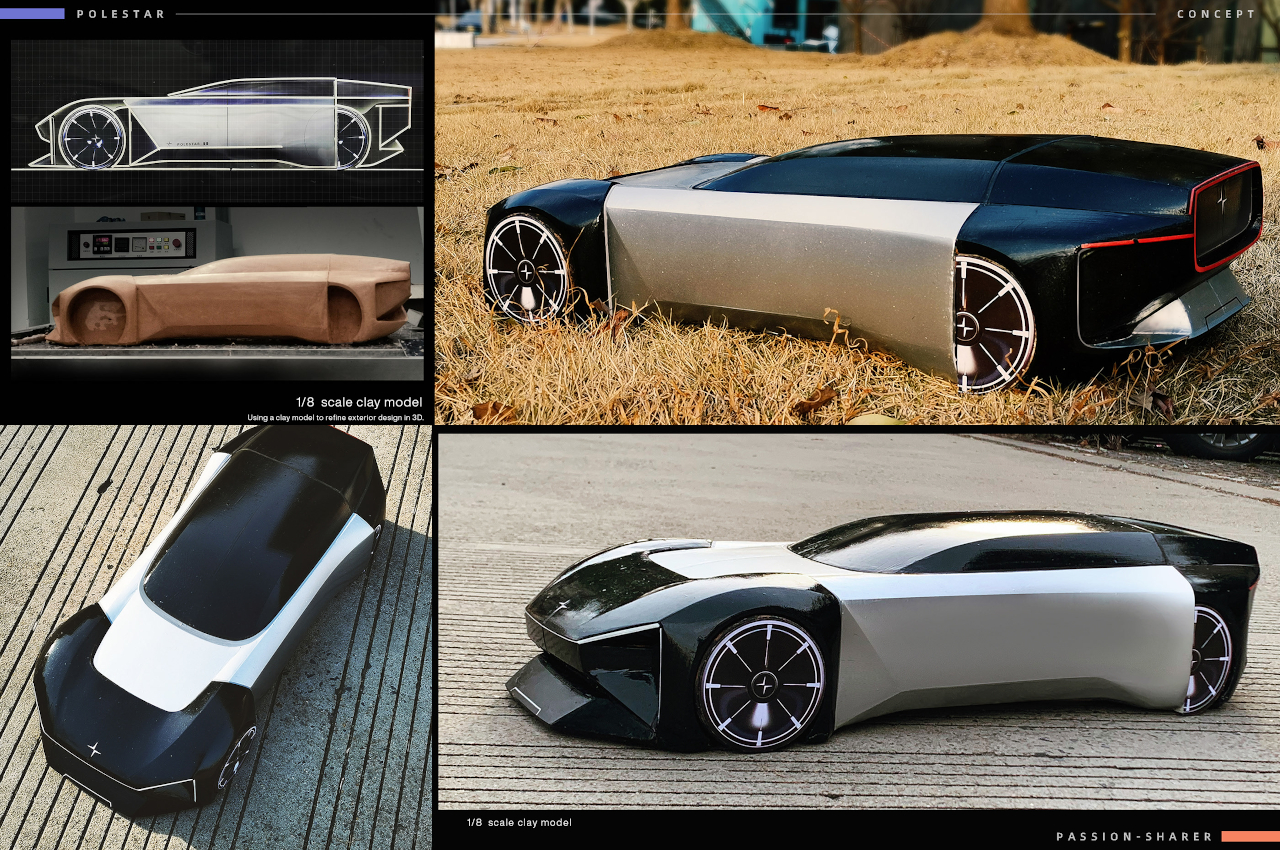
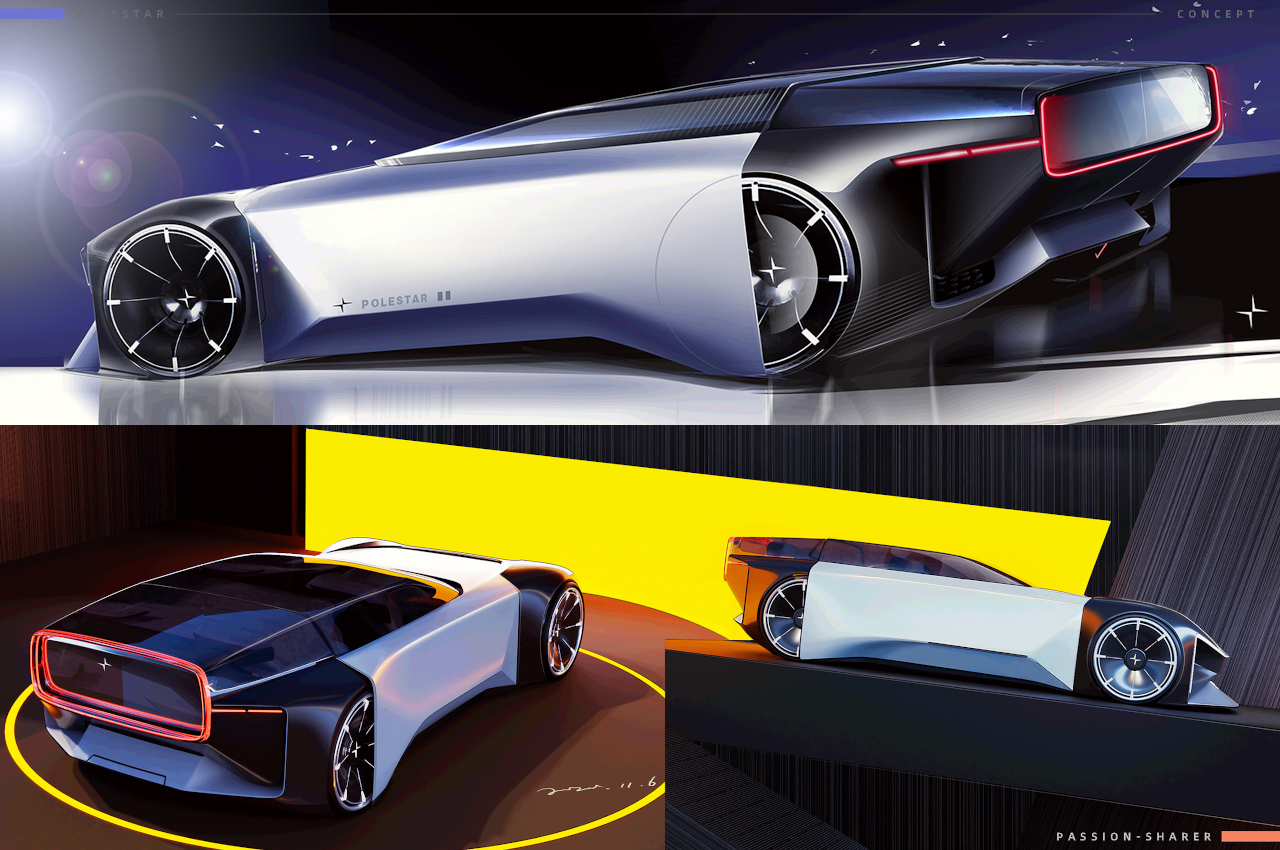
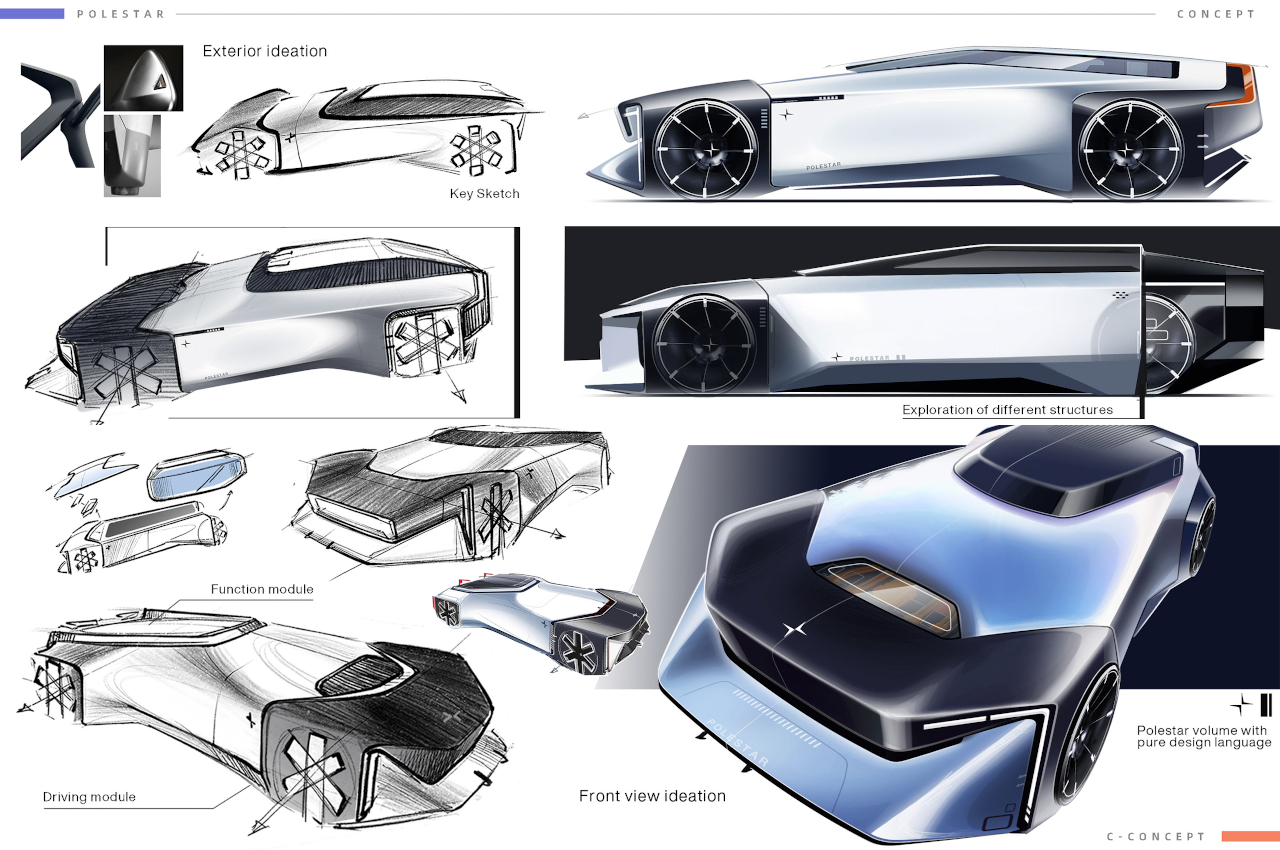
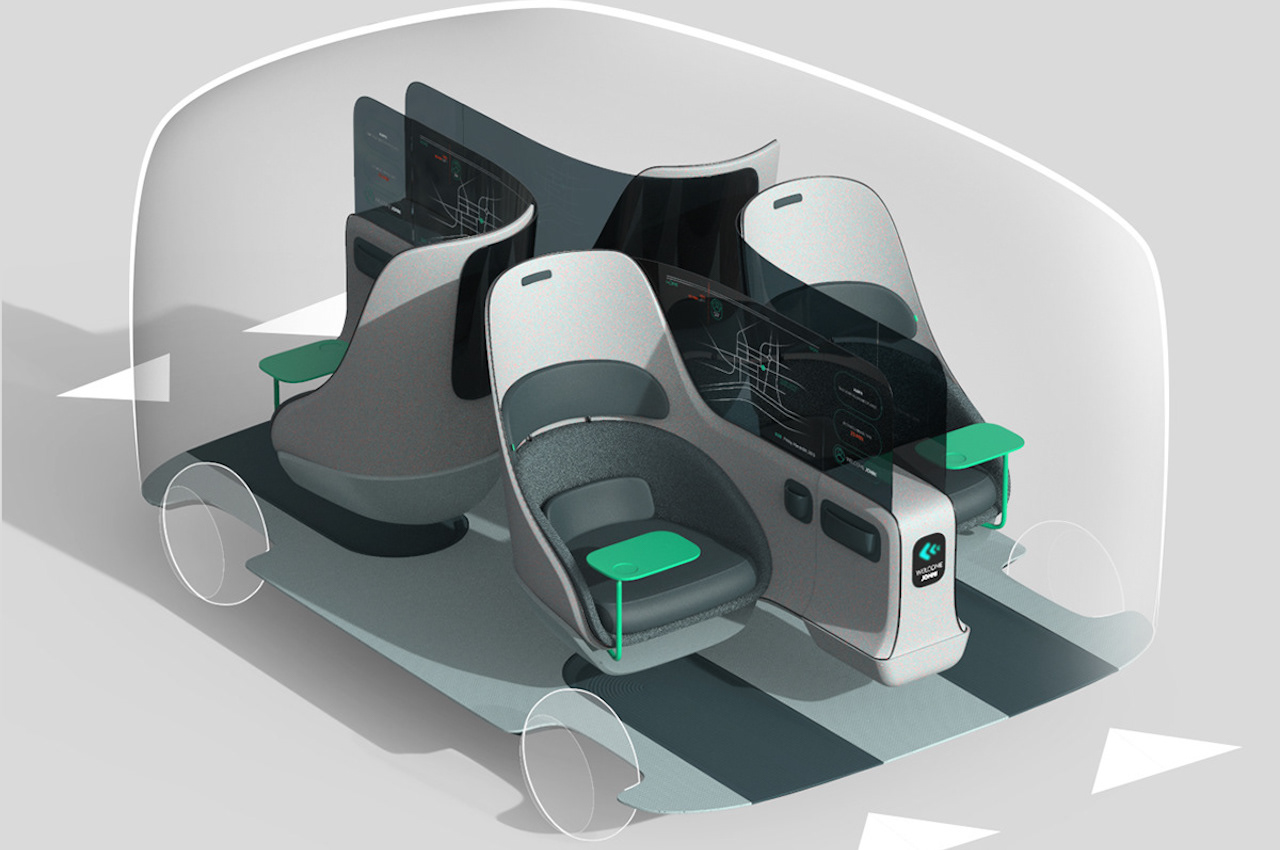
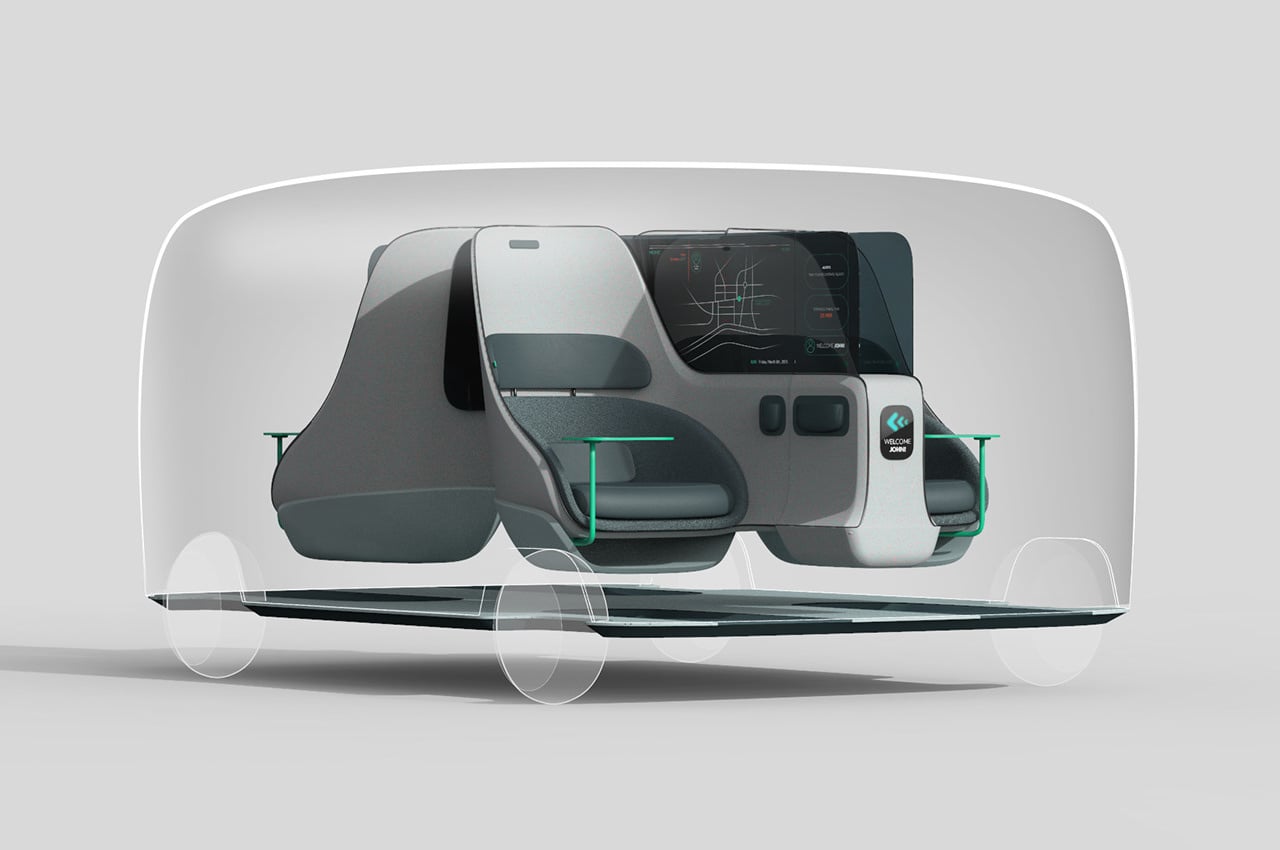
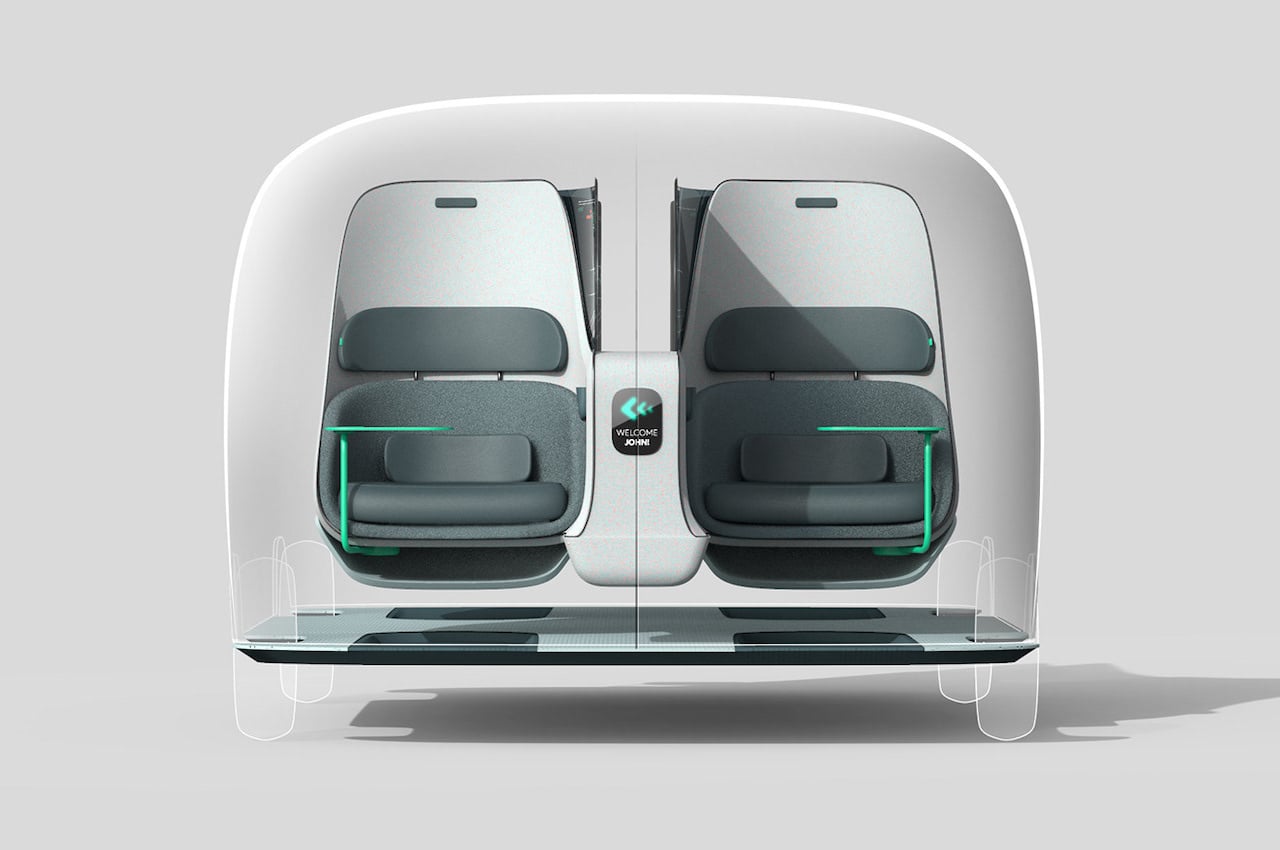 The CLINT is mainly a special design of a vehicle interior. It includes a separate entrance for every passenger. Every traveler is given the chance to spruce up the space for all your individual demands. The era of autonomous vehicles may still be in its early stages but it can be fun to imagine the possibilities. Commuters can find it helpful they can enjoy the interiors that suit their needs.
The CLINT is mainly a special design of a vehicle interior. It includes a separate entrance for every passenger. Every traveler is given the chance to spruce up the space for all your individual demands. The era of autonomous vehicles may still be in its early stages but it can be fun to imagine the possibilities. Commuters can find it helpful they can enjoy the interiors that suit their needs.